Are you curious about ancient civilizations and archaeological finds? Here are the archaeology museums you must see in Spain:
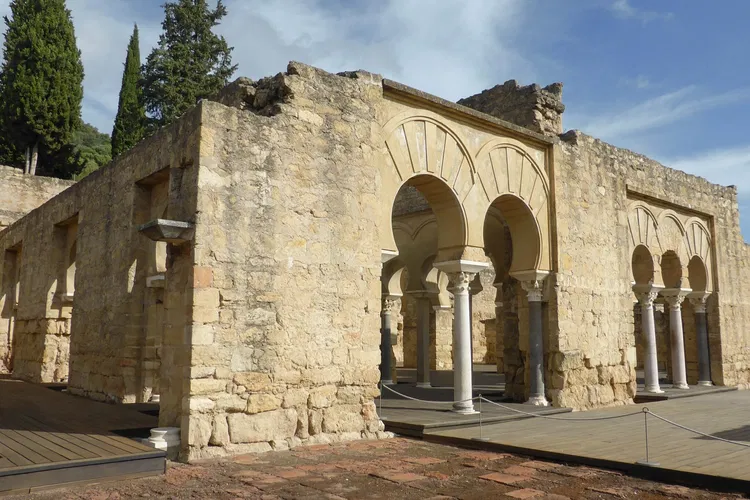
Madinat al-Zahra
CórdobaMadīnat az-zahrāʾ, also known as Medina Azahara, is a historical site located in southern Spain. It is situated approximately eight kilometers west of Córdoba and offers a panoramic view of the valley and the city of Córdoba. This former palace city is a significant part of Spain's rich history and is a fascinating destination for tourists interested in historical and architectural exploration.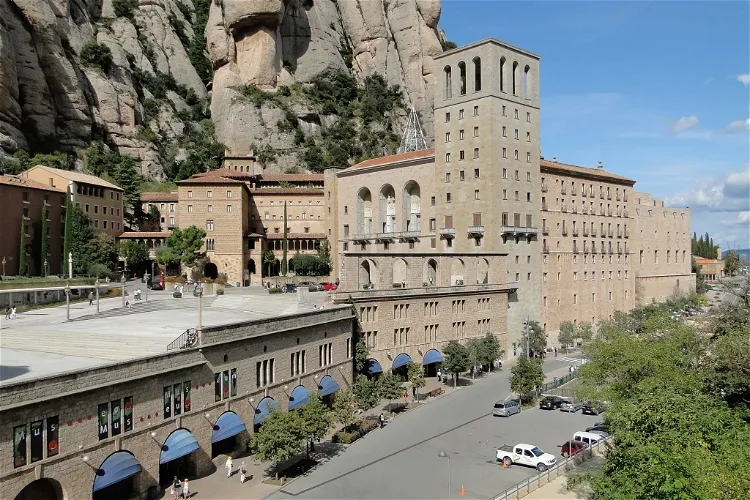
Montserrat Monastery
Monistrol de MontserratThe Montserrat Monastery, a Benedictine abbey, is situated in Catalonia. It is perched at an altitude of 720 meters on the eastern side of the Montserrat mountain, within the municipality of Monistrol de Montserrat. This location offers visitors a unique opportunity to experience the tranquility and beauty of the mountainous landscape while exploring the historical and religious significance of the monastery.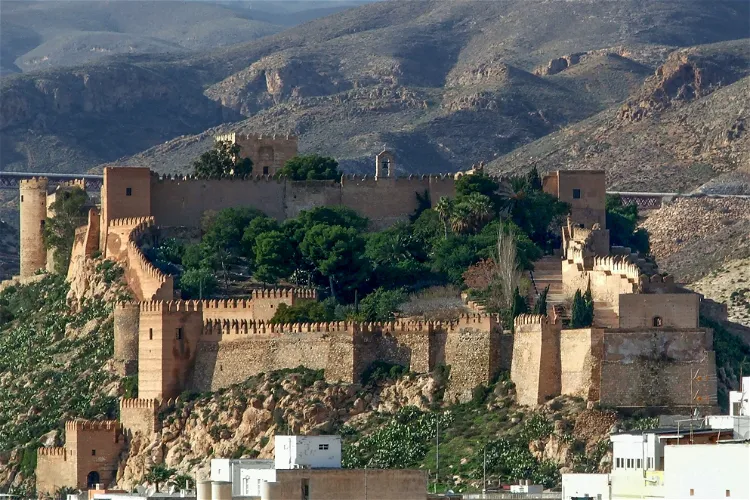
Alcazaba of Almería
AlmeriaThe Alcazaba of Almería, located in southern Spain, is a fortified complex with a rich history dating back to 955. This structure was not only a defensive citadel but also the seat of local government, overseeing the city and the nearby sea. Its strategic location and historical significance make it a fascinating destination for tourists interested in history and architecture.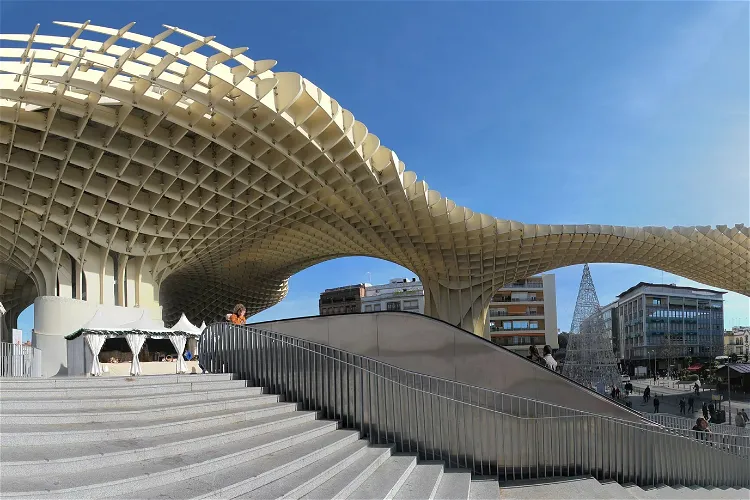
Mushrooms of Seville
SevilleThe Setas de Sevilla, also known as the Mushrooms of Seville, is a significant landmark in the old quarter of Seville, Spain. This large wooden structure is located at La Encarnación square and is a notable attraction for tourists visiting the city. The structure was designed by German architect Jürgen Mayer and was completed in April 2011. It is approximately 150 by 70 metres in size and stands at an approximate height of 26 metres.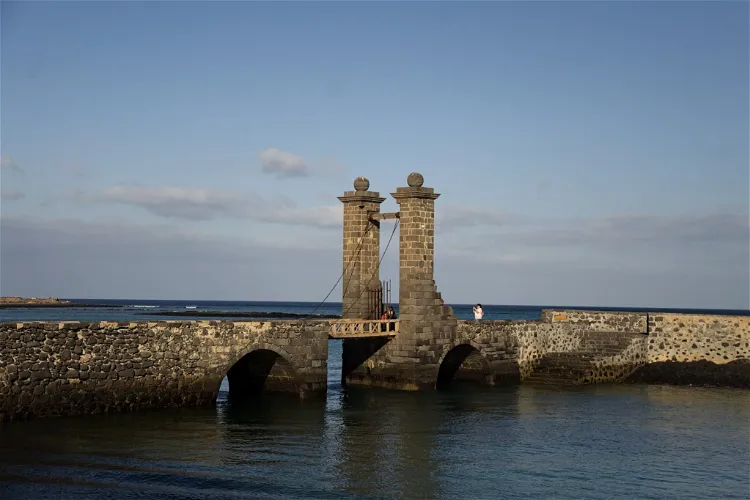
Saint Gabriel Castle
ArrecifeSituated on a small island accessible via two causeways, this compact fortress was built in 16th century for defensive purposes. Though it had been destroyed by pirates, it was completely rebuilt and now it houses an archaeological museum.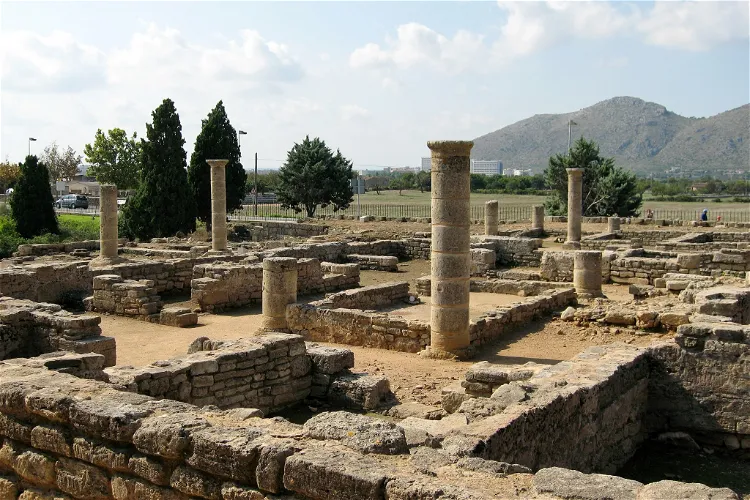
Roman City of Pollentia
AlcudiaPollentia, located in the municipality of Alcudia, is the most significant Roman archaeological site in Mallorca, Spain. This ancient city offers a unique glimpse into the Roman era, providing a rich historical context for visitors.
Museum of Santa Cruz
ToledoThe Museum of Santa Cruz is a significant cultural institution located in the historic centre of Toledo, Spain. It is an art, archaeology, and ethnographic museum that showcases collections related to the province of Toledo. The museum is a great place for tourists who are interested in art, history, and culture.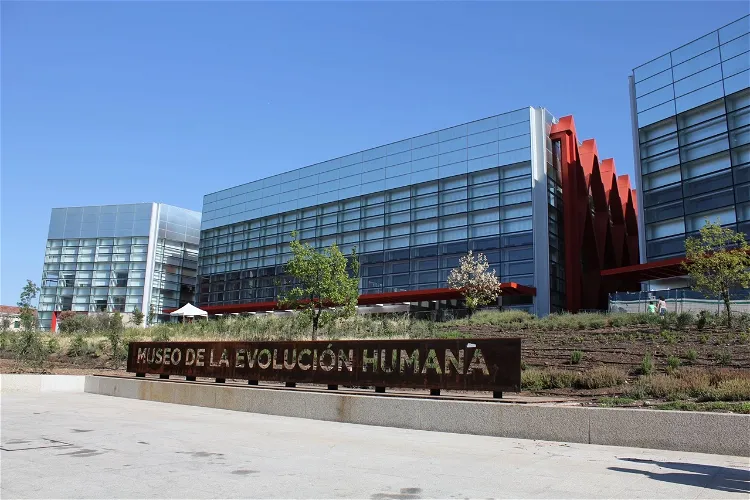
Museum of Human Evolution
BurgosThe Museum of Human Evolution is situated in the picturesque city of Burgos, Spain. It is nestled on the south bank of the river Arlanzón, providing a scenic backdrop for visitors. The museum's location is not only beautiful but also significant, as it is approximately 16 kilometers west of the Sierra de Atapuerca, a site known for some of the most important human fossil finds in the world.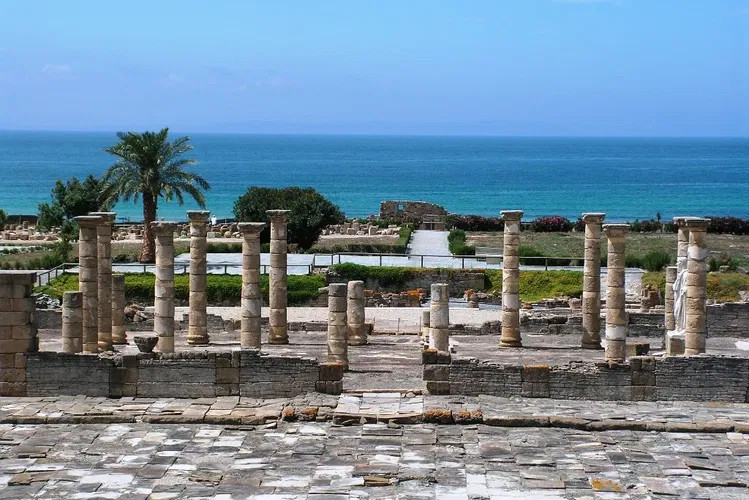
Baelo Claudia
TarifaBaelo Claudia is a Roman ruin city that is situated approximately 17 kilometers northwest of Tarifa, in the direction of Cádiz on the Atlantic coast. It is located right on Playa de Bolonia, offering visitors a unique blend of historical exploration and beachside relaxation.
Castillo de Santa Bárbara - Museo de la Ciudad de Alicante
AlicanteCastillo de Santa Bárbara (The castle of Santa Bárbara) is a castle in Alicante, on Mount Benacantil, a rocky mass with a height of 167 meters that borders the sea and from which you can see the entire bay of Alicante and its terrestrial surroundings, giving it a big strategic advantage. The Museo d
Roman Theatre Museum
CartagenaThe Roman Theatre Museum in Cartagena, a creation of architect Rafael Moneo, was officially opened to the public on July 11, 2008. The museum is dedicated to the excavation, restoration, and enhancement of the Roman Theatre of Cartagena.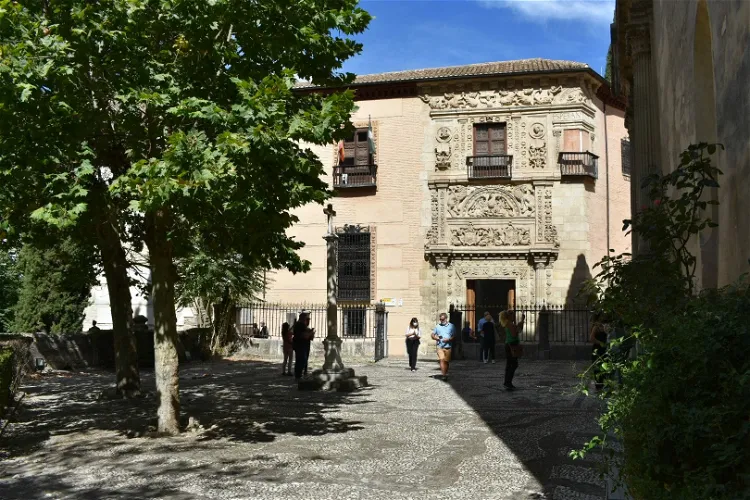
Castril Palace
GranadaCastril House, a Renaissance palace, is situated in the Spanish city of Granada, within the autonomous community of Andalusia. Today, it serves as the home of the Granada Archaeological Museum. This location offers visitors a chance to explore the rich history of the region through the museum's extensive collection.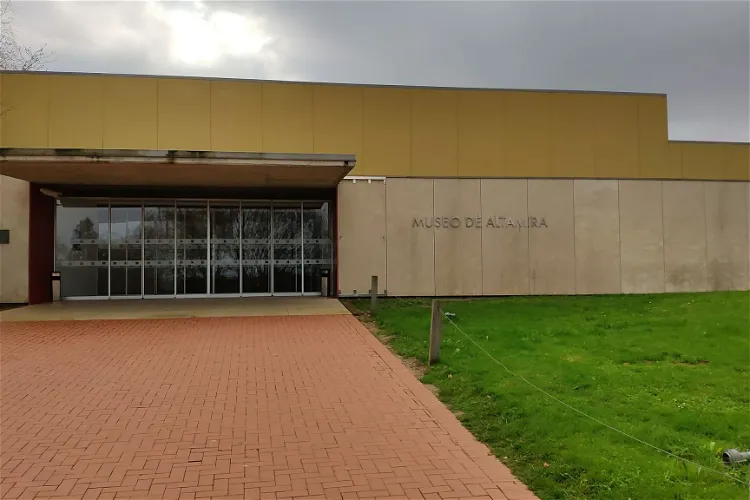
National Museum and Research Center of Altamira
Santillana del MarVisitors to the National Museum and Research Center of Altamira can participate in prehistoric technology workshops, offering a unique opportunity to learn about the tools and techniques used by early humans. The museum also hosts a permanent exhibition, 'Times of Altamira', which showcases objects not only from the Altamira cave but also from other palaeolithic caves in the Cantabria region.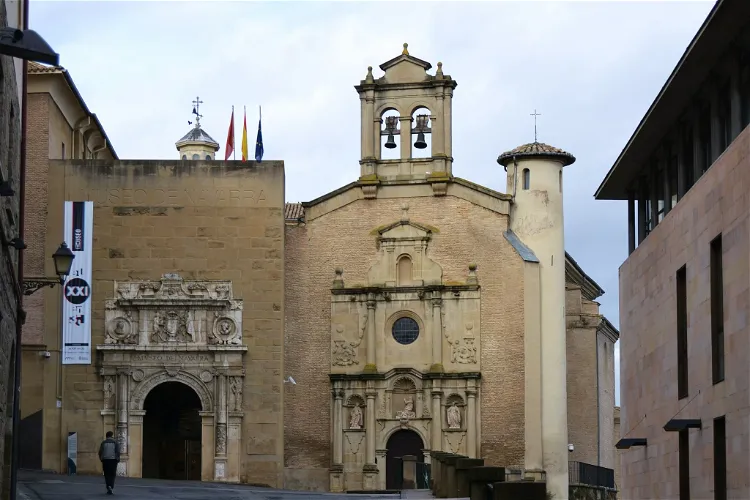
Museum of Navarre
PamplonaThe facade and chapel of the Museum of Navarre date back to the 16th century. The front is a work of Juan de Villarreal and Martín de Azcárate from 1556 and is the only example of civil Renaissance architecture in Pamplona. The side entrance to the chapel has a facade in the form of a 17th-century altarpiece from a church that was located on the main street, opposite the church of Santiago, in Puente la Reina.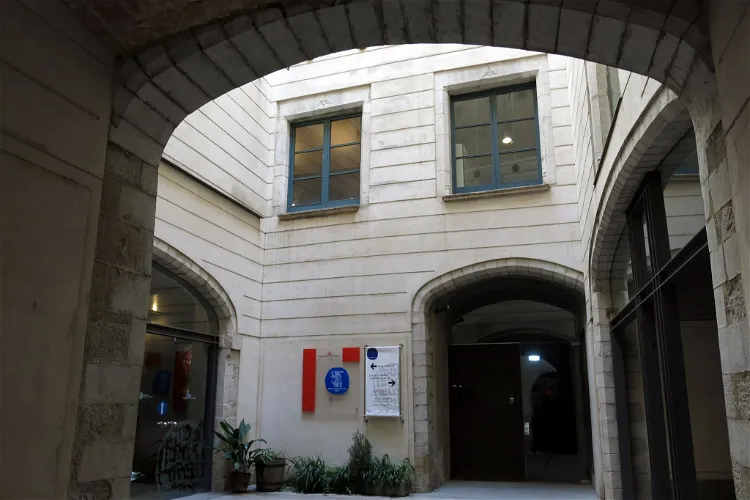
Museum of Jewish History
GeronaThe Museum of Jewish History in Gerona is situated in the Bonastruc ça Porta center, right in the heart of the Jewish quarter of Gerona. This location is steeped in history, providing an authentic backdrop to the museum's exhibits and collections.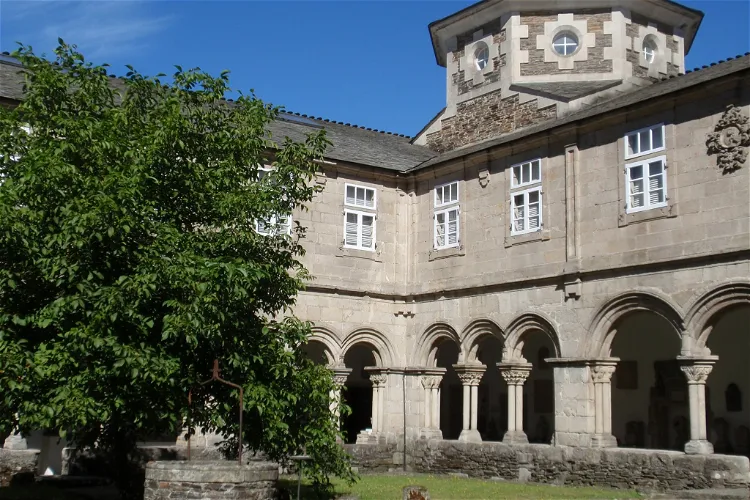
Provincial Museum of Lugo
LugoThe Provincial Museum of Lugo, situated in the Galician city of Lugo in Spain, was established in 1932 by the Provincial Council of Lugo. This museum is a significant cultural institution in the region, offering a rich collection of archaeological, historical, and artistic materials for visitors to explore.
Roman Museum of Astorga
AstorgaThe Roman Museum, situated in Astorga, Spain, is a significant historical site that offers a deep dive into the Roman history of the region. The museum is housed in the 'Roman Ergástula', a Roman-era construction that has been declared a National Historic Monument since 1951. This location adds a unique historical context to the museum, making it a fascinating destination for those interested in Roman history and architecture.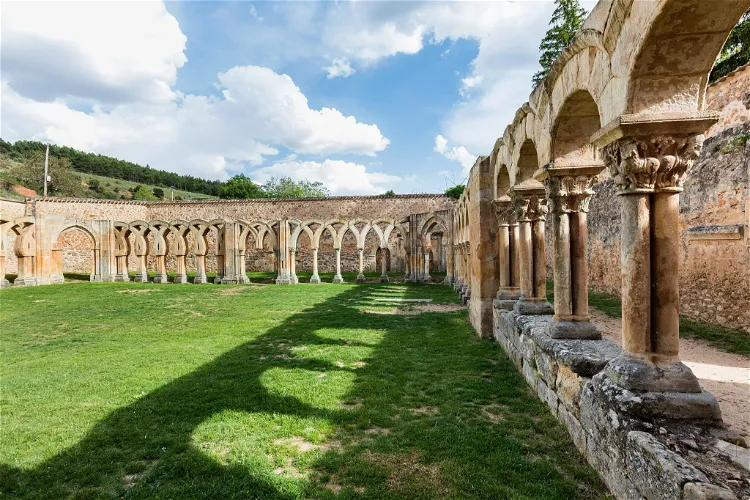
Monastery of San Juan de Duero
SoriaSan Juan de Duero, also known as Arcos de San Juan de Duero, is a significant site of Castilian Romanesque architecture. It is situated on the outskirts of the city of Soria, in the region of Castilla y León, Spain. This historical site serves as the Medieval Section of the Numantine Museum, offering visitors a glimpse into the architectural style and history of the period.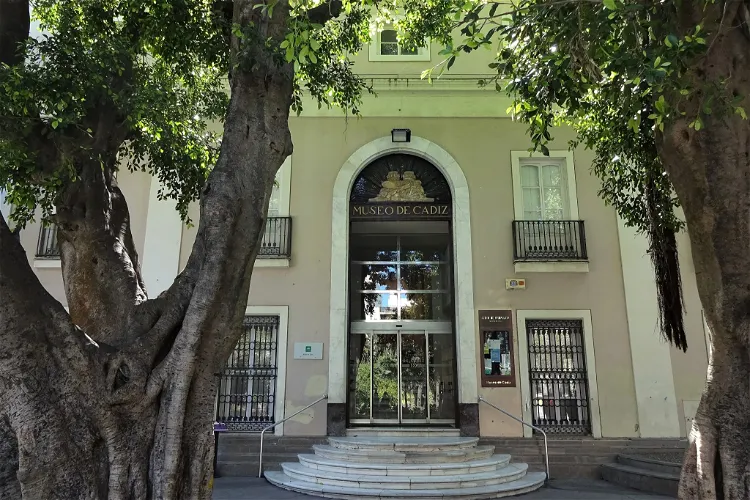
Cadiz Museum
CádizThe Cadiz Museum is situated in the heart of the old town of the Andalusian city of Cadiz, specifically at Plaza de Mina. This location is steeped in history and offers a unique cultural experience for visitors. The museum building itself was restructured by architect Juan Daura based on his 1838 design, transforming part of the secularized Franciscan convent.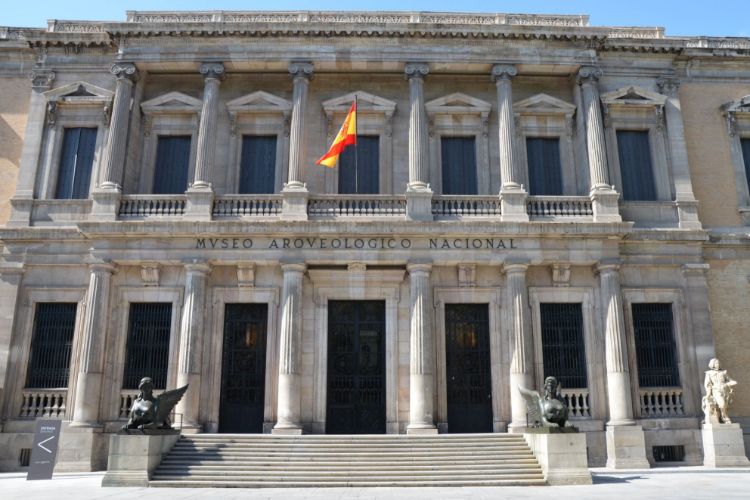
National Archaeological Museum Madrid
MadridThe National Archaeological Museum Madrid (Museo Arqueológico Nacional) is a museum in Madrid with numismatic, archaeological and ethnographical finds. Visitors can discover four floors of historical artifacts from different periods, from Prehistory and Protohistory, to the Middle Ages and the moder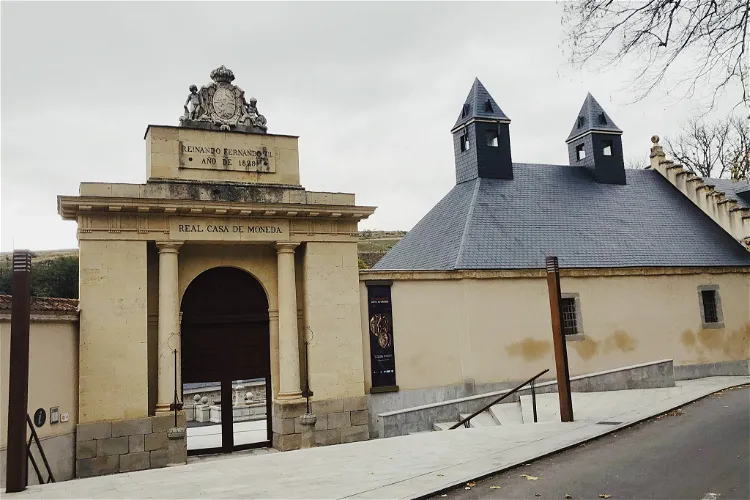
The Coining House
SegoviaThe Coining House, located in Segovia, Spain, is a historical site that dates back to the 1500s. It was once a royal mint, but today it serves as a museum. The museum is dedicated to showcasing coins, industrial heritage, and the famous aqueduct of Segovia. This provides a unique opportunity for tourists to delve into the rich history and culture of Spain.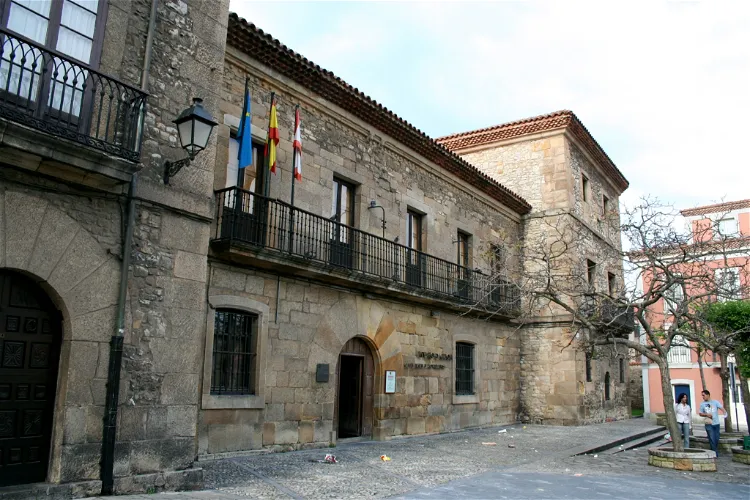
Jovellanos Birthplace Museum
GijónThe Jovellanos Birthplace Museum is situated in a palatial house in the Cimadevilla neighborhood of Gijón, Asturias, Spain. This location is steeped in history and offers a unique insight into the life and times of Jovellanos, a prominent figure in Spanish history. The museum is easily accessible and is a significant landmark in the city.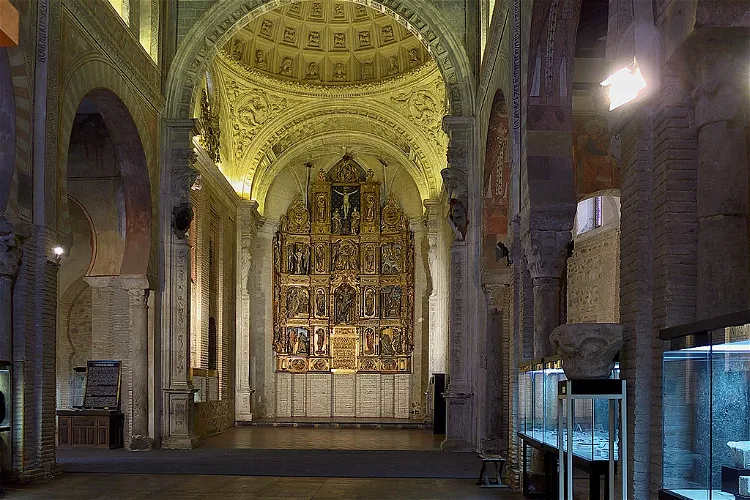
Church of San Román
ToledoThe Iglesia de San Román is a significant historical site in Toledo, Spain. Constructed in the 13th century, the church is a prime example of the Mudéjar architectural style, a unique blend of Christian and Islamic influences that is characteristic of the period. The church's design and construction reflect the cultural and religious diversity of Toledo during the Middle Ages.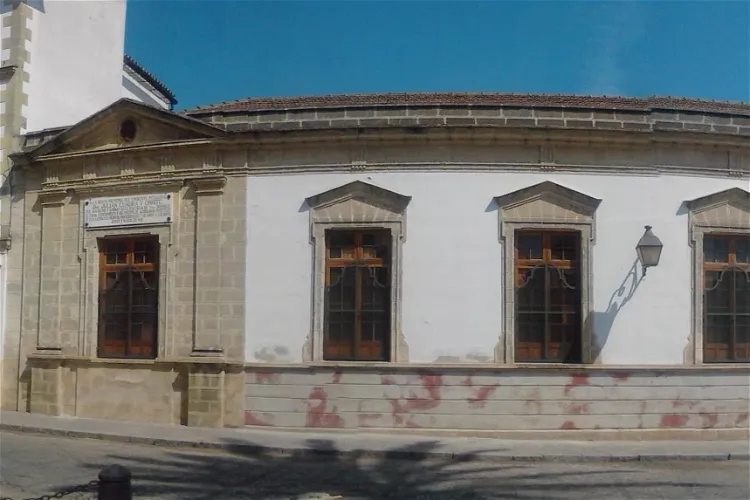
Museo Arqueológico Municipal de Jerez
Jerez de la FronteraThe Museo Arqueológico de Jerez is an archaeological museum situated in Jerez de la Frontera, a city in Andalucía, Spain. It is recognized as one of the most significant museums in both the city and the province of Cádiz.
Municipal Museum of Tossa de Mar
Tossa de MarThe Municipal Museum of Tossa de Mar is a significant cultural asset of national interest located in the town of Tossa de Mar in Catalonia. The museum's primary purpose is to display the works of artists who have stayed in Tossa de Mar, making it a rich repository of artistic heritage.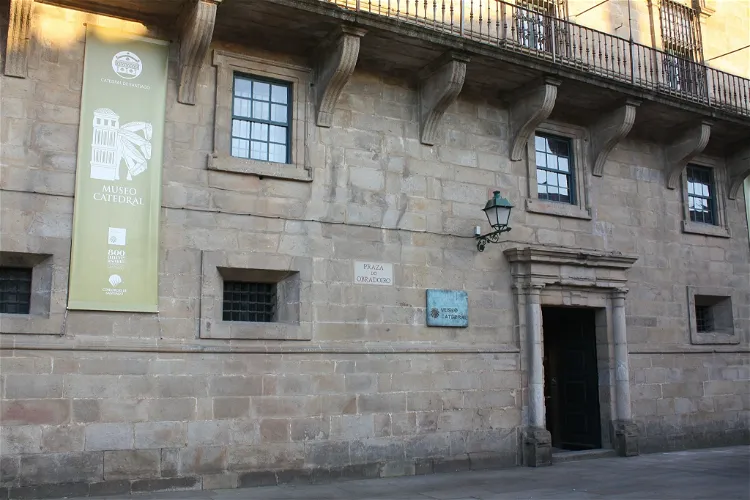
Santiago Cathedral Museum
Santiago de CompostelaThe Santiago de Compostela Cathedral Museum is a significant institution that houses a wide range of artistic and archaeological works. These works are owned by the Santiago de Compostela Cathedral and cover a broad timeline from the Roman era to the present day. This extensive collection provides a unique opportunity for visitors to explore the rich history and culture of the region through the various exhibits.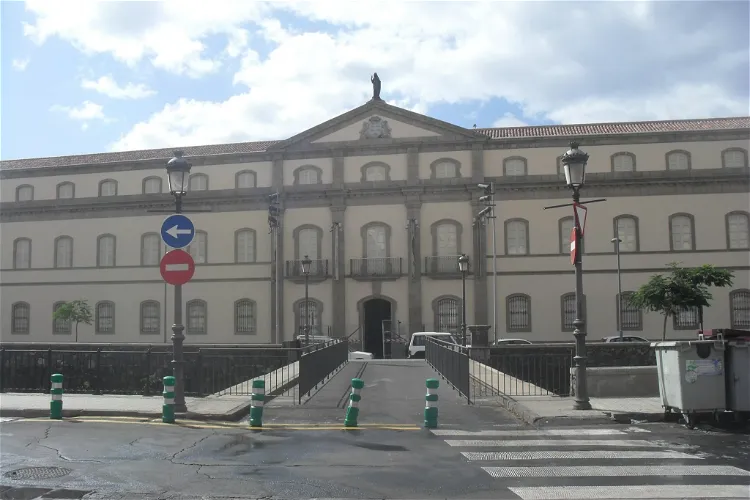
Museum of Nature and Archaeology
Santa Cruz de TenerifeThe Museum of Nature and Man, also known as Museo de la Naturaleza y el Hombre in Spanish, was inaugurated in the mid-1990s. It is an exhibition project that is part of the Autonomous Organism of Museums and Centers of the Cabildo de Tenerife. The museum is located in a neoclassical building outside the civil hospital of the city of Santa Cruz de Tenerife in the Canary Islands, Spain.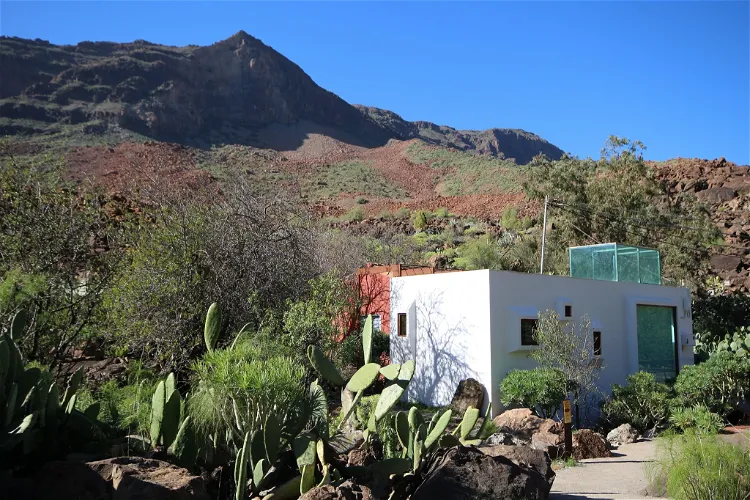
Necropolis of Arteara
San Bartolomé de TirajanaThe Necropolis of Arteara, located on the island of Gran Canaria in the Canary Islands, Spain, is an archaeological site of significant historical importance. It is the largest cemetery of the island's aborigines, providing a unique insight into the burial practices and customs of the early inhabitants of the island. The site is situated in the south of the island, on the right bank of the Fataga ravine next to the town of Arteara, in the municipality of San Bartolomé de Tirajana.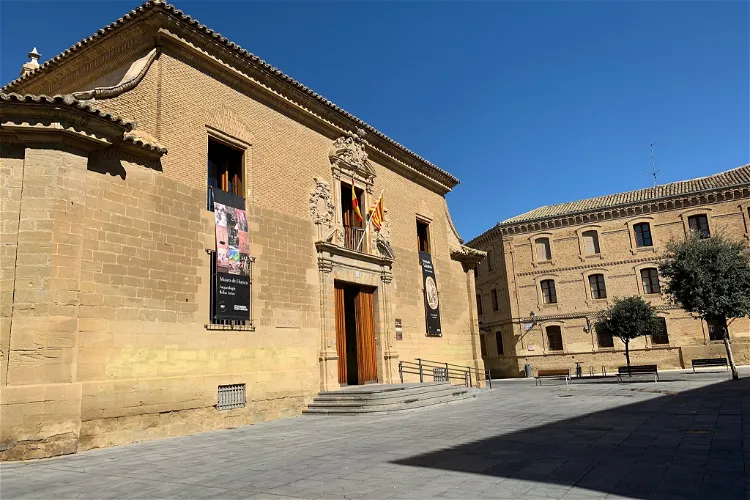
Huesca Museum
HuescaThe Huesca Museum is conveniently located in the University Square in the north of the city. Its location is ideal for tourists as it is near the cathedral and the town hall, making it a perfect addition to any sightseeing itinerary. The museum's location also offers easy access to other attractions and amenities in the city.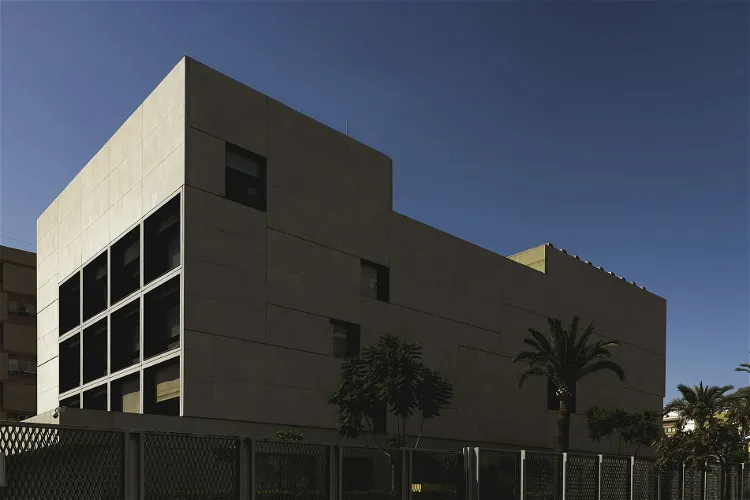
Museum of Almería
AlmeriaThe Museum of Almería, located in the Province of Almería, is an archaeological institution that has been serving the public since 1934. In 2006, the museum relocated to a new building, providing a modern and spacious environment for its exhibits.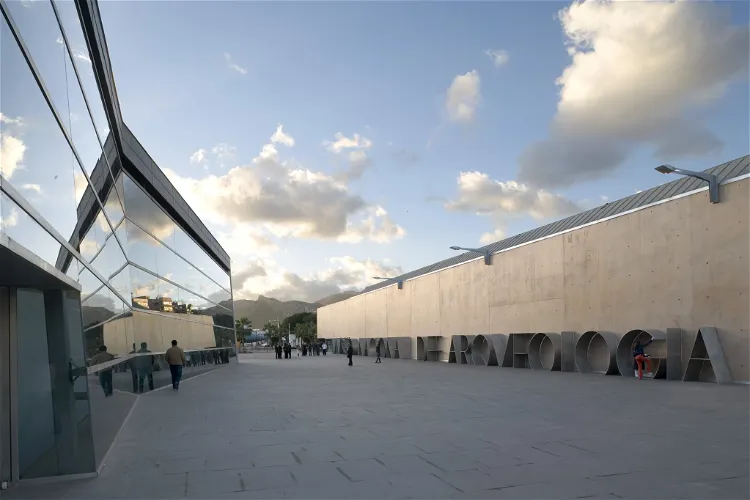
National Museum of Underwater Archaeology
CartagenaThe National Museum of Underwater Archaeology, also known as ARQVA, is an archaeological museum that specializes in underwater findings. It is situated in the city of Cartagena, in the region of Murcia, Spain. This museum offers a unique opportunity to explore the rich underwater archaeological heritage of Spain.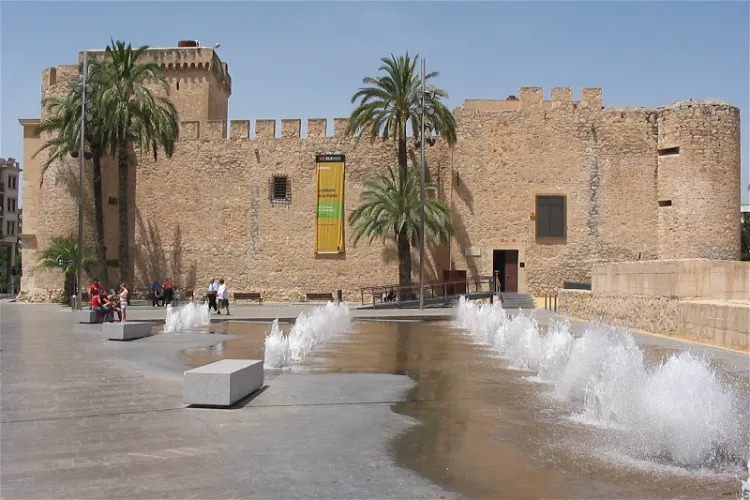
Altamira Palace
ElcheThe Altamira Palace, also known as Alcázar de la Señoría, is a historic building that holds a significant place in the heart of the Spanish city of Elche. It is conveniently located on the banks of the Vinalopó River, making it easily accessible for tourists.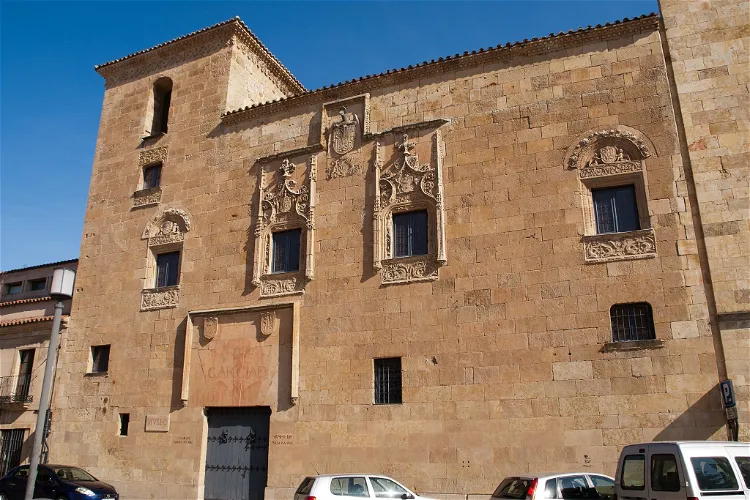
Museo de Salamanca (Casa de los Doctores de la Reina)
SalamancaThe Salamanca Museum, previously known as the Provincial Museum, has a rich history dating back to its establishment in 1835. Since 1947, it has been housed in the Casa de los Abarca, a former palace built in the late 15th century. This location adds to the museum's charm and historical significance.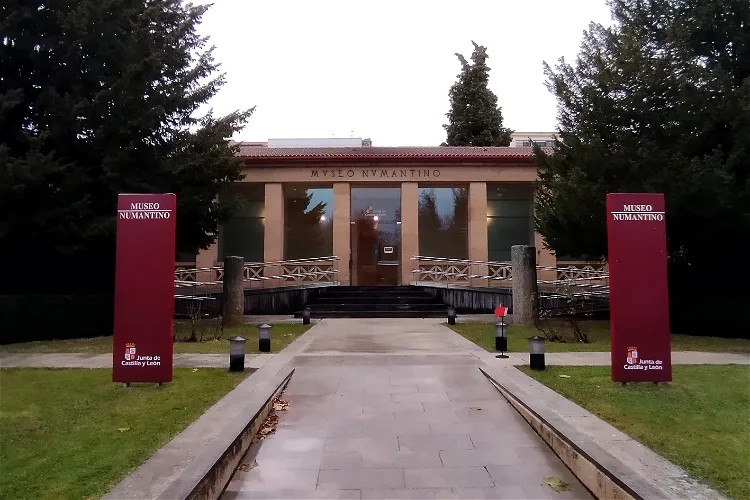
Numantine Museum of Soria
SoriaThe Numantine Museum of Soria is a significant cultural institution in Soria, Spain. It offers a comprehensive exploration of the prehistory and history of the province of Soria, presented through a rich collection of art and archaeological artifacts. The museum's focus on the region's past provides visitors with a deep understanding of the area's cultural and historical development.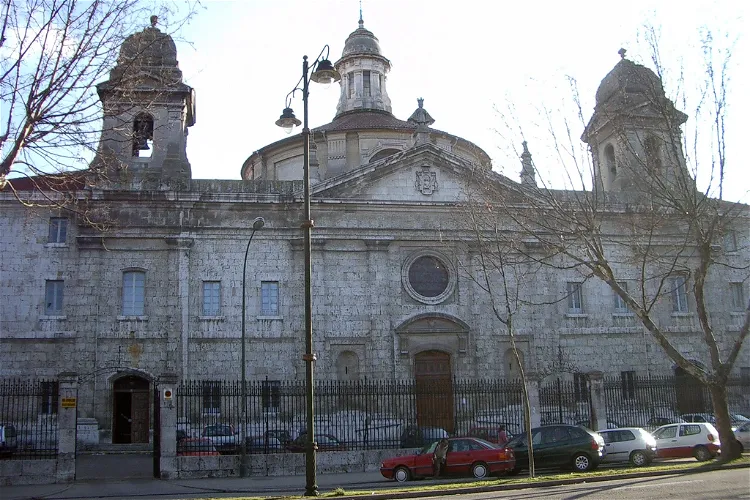
Oriental Museum
ValladolidThe Oriental Museum of Valladolid, situated within the convent of the Augustinians Filipinos in Valladolid, Spain, is recognized by some as the premier museum of its kind in the country. This museum offers a unique opportunity to explore a rich collection of Oriental art and artifacts, providing a deep insight into the cultures of the East.
Diocesan Museum
PalenciaThe Diocesan Museum of Palencia, inaugurated in 1973, is a museum dedicated to the custody and study of the sacred art of the diocese. It is located in the Episcopal Palace of the capital of Palencia, a significant historical site in itself.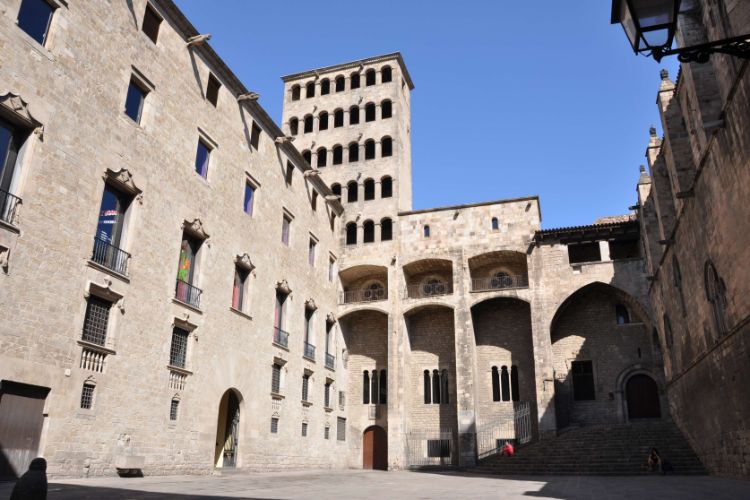
MUHBA Plaça del Rei
BarcelonaThe headquarters of the Barcelona City History Museum is situated in the three-story building. The museum lets you explore the remains of the ancient Roman city of Barcino. The museum consists of the archaeological underground and Palau Reial. The underground is all about the daily life in Roman ti
Cerralbo Museum
MadridThe Cerralbo Museum is a museum in Madrid that is housed in a historical mansion where it exhibits an extensive collection of artwork (over 50.000 objects). The museum is named after the marquis of Cerralbo, who used to own it. What was once considered the greatest private art collection in Spain, c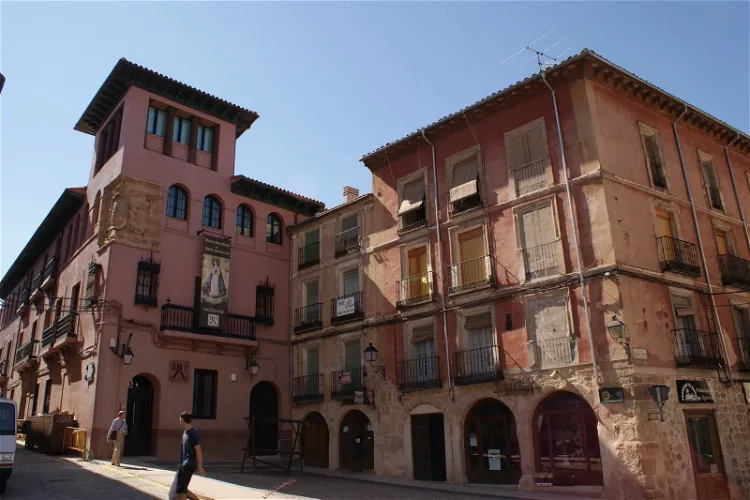
Diocesan Museum
SigüenzaThe Diocesan Museum of Ancient Art in Sigüenza is housed in a 16th-century neoclassical mansion known as the 'Antigua Casa de los Barrena'. This historic building is conveniently located in the heart of the city of Sigüenza, directly opposite the cathedral. This central location makes it easily accessible for tourists visiting the city.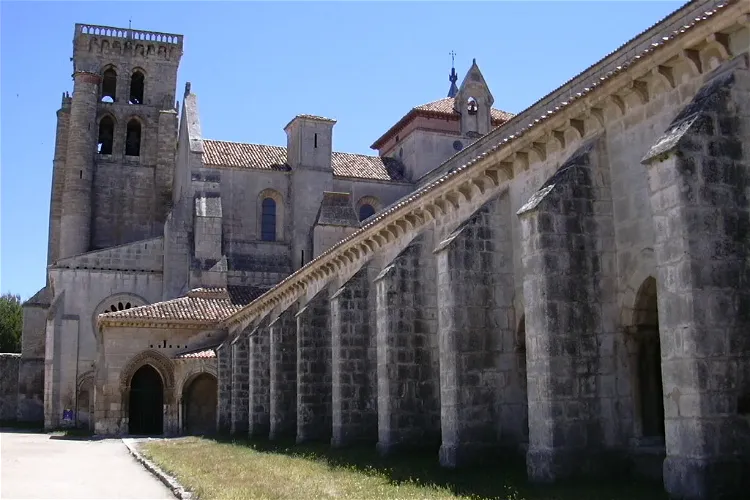
Museo de Telas Medievales
BurgosThe Museo de Telas Medievales, or the Museum of Medieval Textiles, is situated in the Monasterio de las Huelgas Reales in the city of Burgos, Spain. This location adds a historical and cultural significance to the museum, making it an interesting destination for tourists interested in medieval history and culture.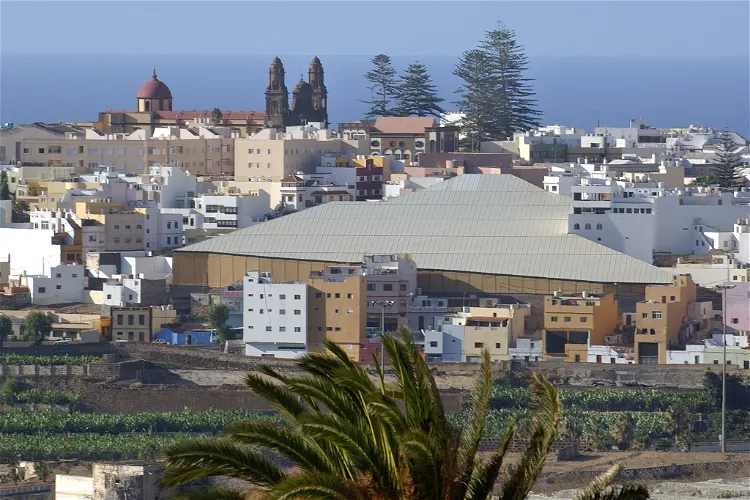
Cueva Pintada Museum and Archaeological Park
GáldarThe Cueva Pintada Museum and Archaeological Park is situated in the city of Gáldar, which is in the northwest of the island of Gran Canaria, Canary Islands, Spain. This location is a significant part of the Culture, Historical Heritage and Museums Council of the Cabildo de Gran Canaria.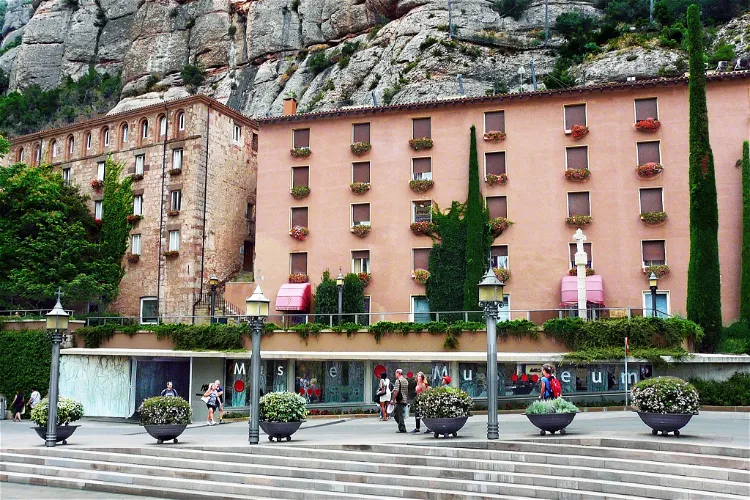
Museum of Montserrat
Monistrol de MontserratThe Museum of Montserrat is located within the Abbey of Montserrat, a thousand-year-old institution. It showcases a selection of the most outstanding artistic and archaeological heritage. This includes a wide range of collections, each unique and different, providing a comprehensive view of various historical periods and cultures.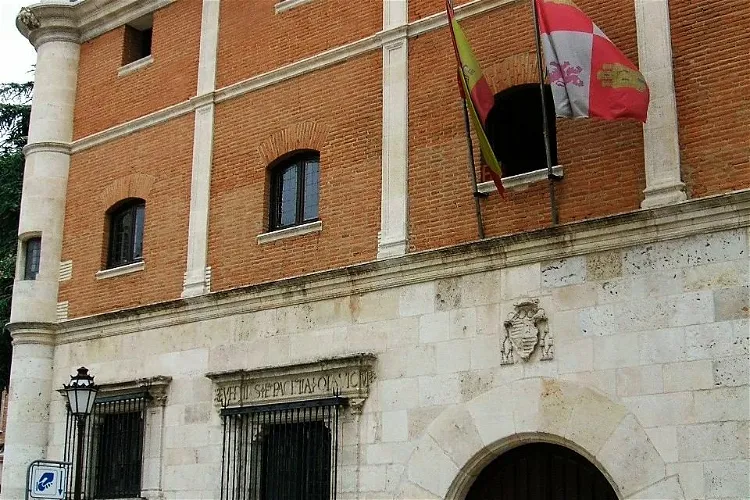
Burgos Museum
BurgosThe Museo de Burgos, previously known as the Museo Arqueológico Provincial, is situated in two neighboring 16th-century palaces, the Casa de Miranda and the Casa de Íñigo Angulo. These palaces form a block between Calle Calera and Calle Miranda in the Spanish city of Burgos. The museum's collections, which exclusively originate from the province of Burgos, showcase the historical and cultural evolution of the province.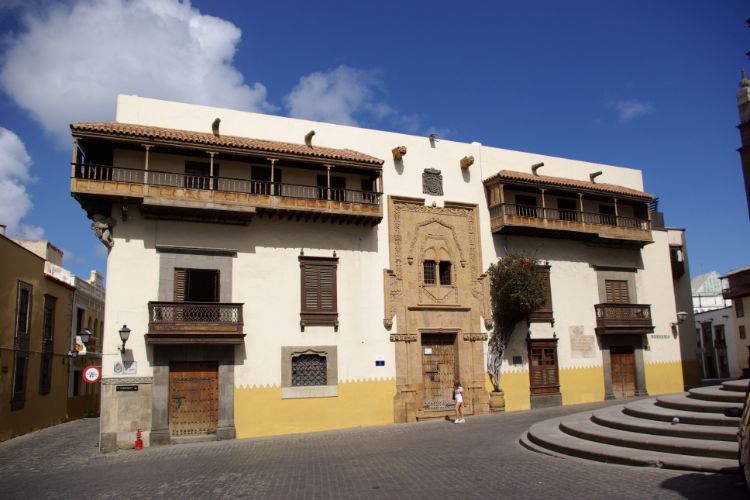
Casa de Colón
Las Palmas de Gran CanariaThe Casa de Colón is a cultural institution in Las Palmas de Gran Canaria.It is one of the most emblematic buildings of the city. It is dedicated to the history of the Canary Islands and its relations with America. It houses a museum, a library and study center, as well as spaces for temporary activ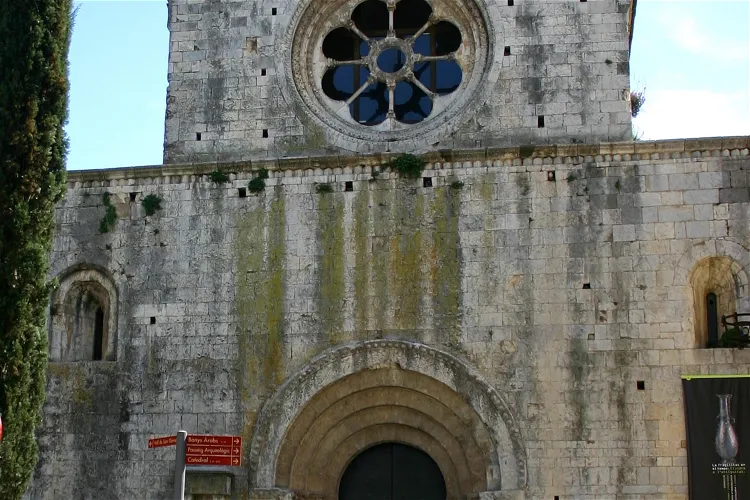
Archaeology Museum of Catalonia
GeronaThe Archaeology Museum of Catalonia in Gerona is housed in the historic monastery of San Pedro de Galligans. Established in 1857, the museum continues to operate from this location, offering visitors a unique blend of history and culture. The museum's setting in a former monastery adds a layer of historical significance to the artifacts on display.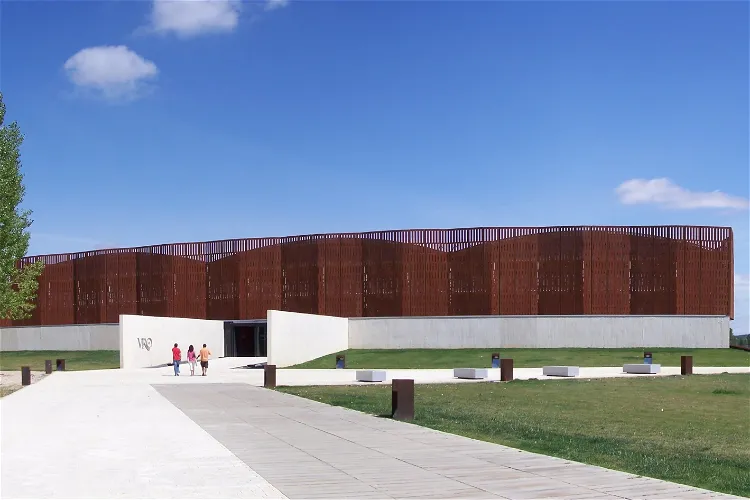
Roman Villa La Olmeda
Pedrosa de la VegaThe site of Roman Villa La Olmeda was declared a site of cultural interest on April 3, 1996. It spans two chronological phases: a villa from the 1st century, which was maintained until the end of the 3rd century, and the reconstruction of this villa in the 4th century, until it was destroyed and abandoned in the 6th century. This provides a fascinating insight into the evolution of Roman architecture and lifestyle over several centuries.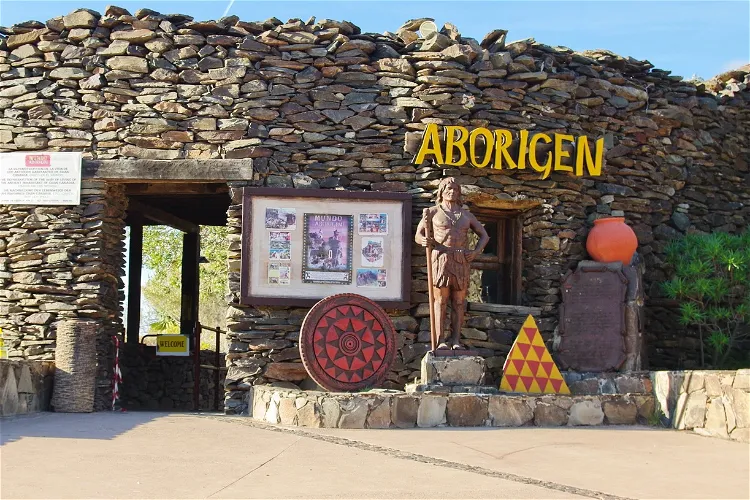
Mundo Aborigen
Las Palmas de Gran CanariaMundo Aborigen is an archaeological open-air museum situated in the municipality of San Bartolomé de Tirajana on the island of Gran Canaria, in the Spanish province of Las Palmas. This location offers a unique opportunity to explore the rich history and culture of the region.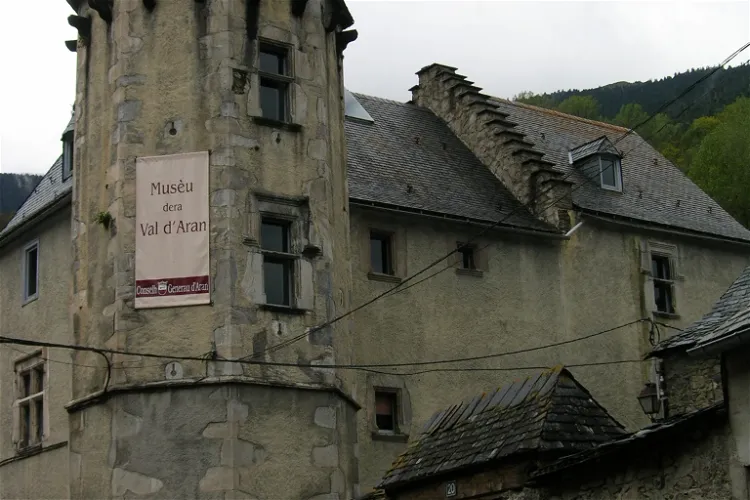
Musèu dera Val d'Aran
Viella Mitg AránThe Museo del Valle de Arán, also known as Musèu dera Val d'Aran, is a regional museum located in Viella. It is dedicated to the history, art, ethnography, and ethnology of the Aran Valley. The museum is housed in a late Gothic-style manor house known as the Torre del general Martinón. It also occupies the Casa Joanchiquet in Vilamós and the church of San Juan de Artiés. The museum's main objective is to preserve the Aranese culture in all its aspects, through the different stages and epochs of the Aran Valley.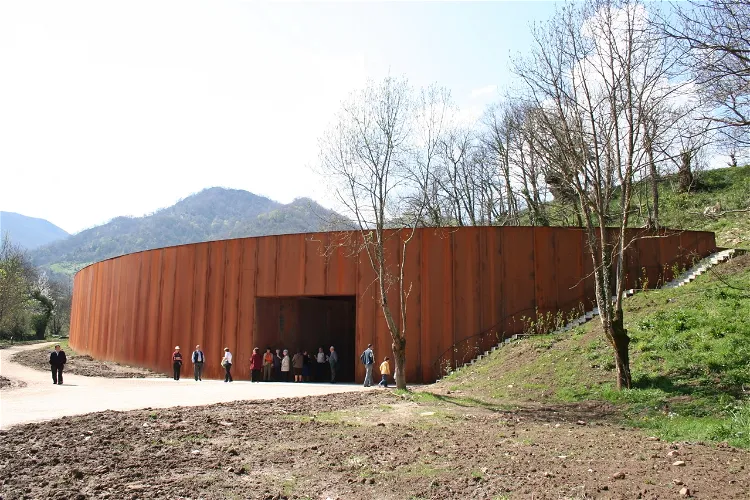
Prehistoric Park Teverga
TevergaThe park features two exhibition areas: The gallery and the Cave of Caves. Both these facilities, along with the service area that includes a cafeteria and a shop, are seamlessly integrated into the natural landscape. Only the entrances stand out in the relief, with the rest of each facility being underground.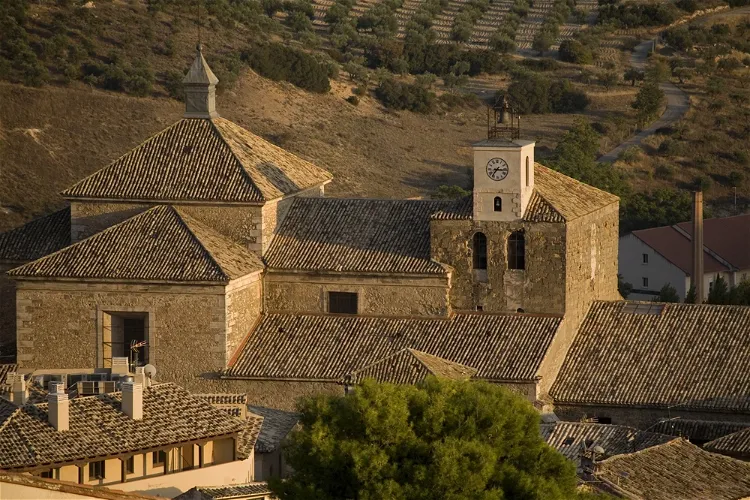
Collegiate Church
PastranaThe Collegiate Church of the Assumption is not just a place of worship, but also a museum housing a significant collection of tapestries and a wide variety of art pieces. These include paintings, altars, goldsmithing elements, and reliquaries. This diverse collection provides a comprehensive overview of the artistic and cultural richness of the region.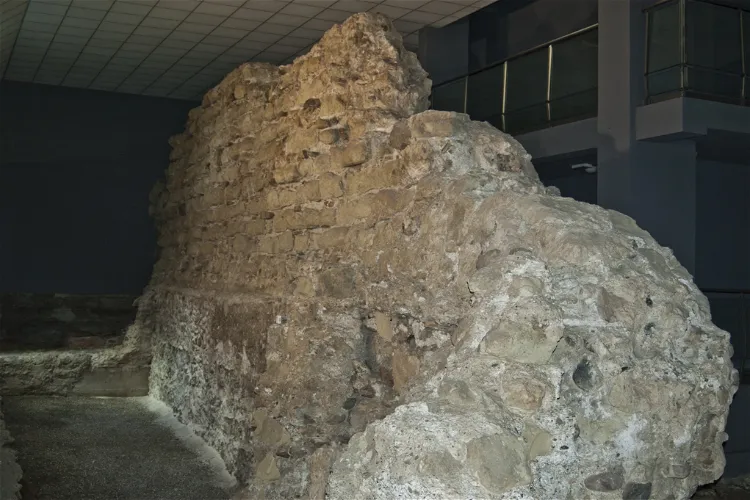
Enclave Arqueológico Puerta de Almería
AlmeriaThe Enclave Arqueológico Puerta de Almería is home to the only preserved Roman archaeological remains in the city. These include a salting factory, which is a significant testament to the city's ancient industrial history. Additionally, the museum also houses one of the gates of the Islamic wall that once enclosed the city to the south. This gate is a remarkable example of the city's medieval architectural heritage.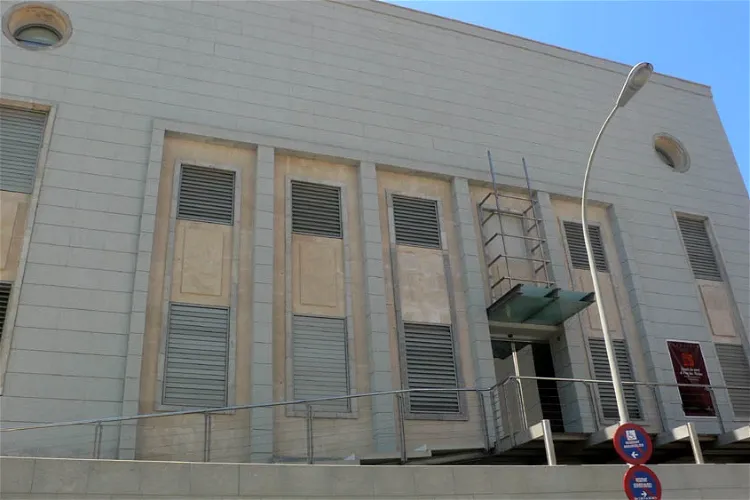
Monographic Museum and Necropolis
IbizaThe Puig des Molins is a significant historical site located in Ibiza Town, on the Island of Ibiza, in the Balearic Islands, Spain. This location is known for its rich history and cultural significance, making it an interesting destination for tourists interested in history and archaeology.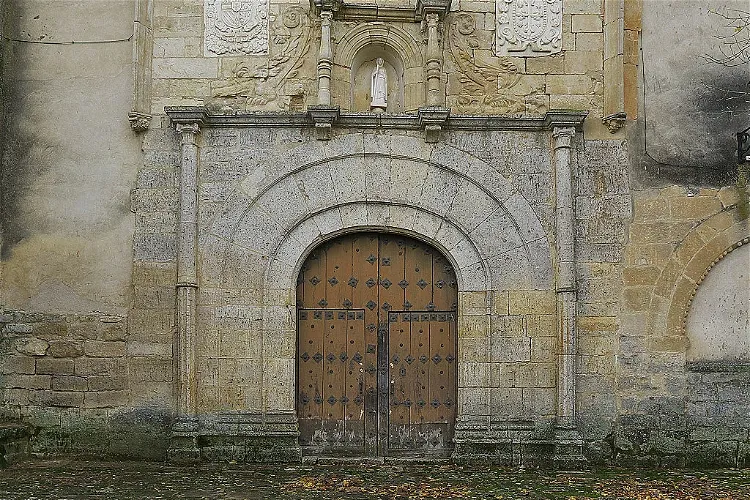
Monastery of Sancti Spiritus
ToroWithin the Monastery of Sancti Spiritus el Real, visitors can find the Museum of Sacred Art of Toro. This museum is home to a unique collection of polychrome sargas from the 16th century. These sargas depict scenes from the Passion, taken from large-scale Italo-Flemish prints. This collection provides a unique insight into the religious art of the period and is a must-see for any art enthusiasts or those interested in religious history.
National Archaeological Museum of Tarragona
TarragonaThe National Archaeological Museum of Tarragona, also known as Museu Nacional Arqueològic de Tarragona or MNAT, is a public museum situated in the city of Tarragona in Catalonia, Spain. The museum is home to a variety of elements and remains that reflect the city's rich history and heritage.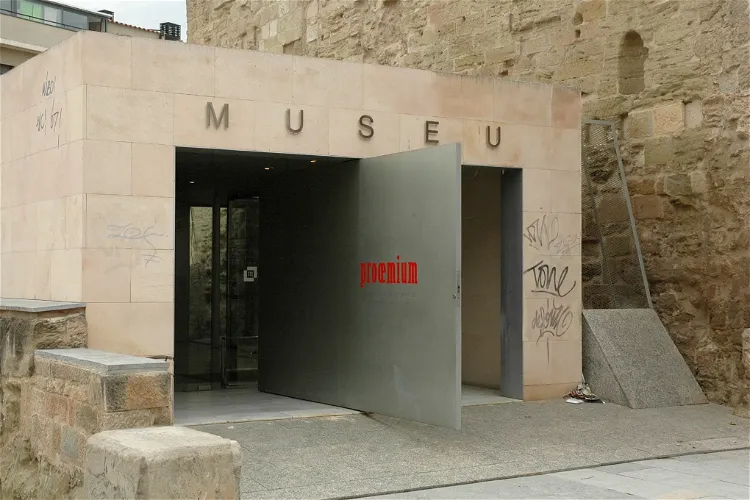
Lleida Museum
LleidaThe Lleida Museum, officially known as the Diocesan and Comarcal Lleida Museum, is a significant art and history museum situated in Lleida, Catalonia, Spain. It offers a rich collection of art and historical artifacts, making it a notable destination for those interested in art, history, and culture.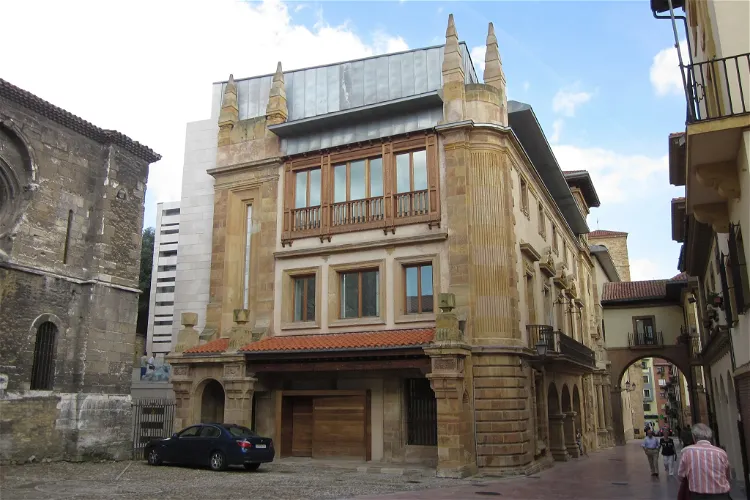
Archaeological Museum of Asturias
OviedoThe Archaeological Museum of Asturias, situated in Oviedo, is a regional institution committed to the preservation of the cultural and archaeological heritage of the Principality of Asturias. The museum's collection has been steadily growing since its establishment, primarily through discoveries, donations, and acquisitions of objects.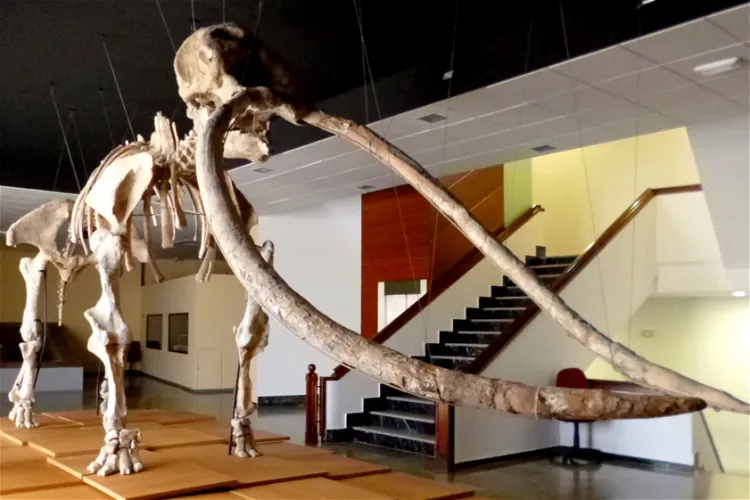
Provincial Museum of Ciudad Real
Ciudad RealThe Provincial Museum of Ciudad Real is divided into three sections: Paleontology, Archaeology, and Fine Arts. These sections are housed in two separate buildings, each offering a unique perspective on different aspects of history and culture. The Paleontology section features fossil remains from various provincial sites, allowing visitors to journey through geological periods from the Cambrian to the Quaternary. The Archaeology section continually expands due to materials from ongoing excavations throughout the province. The Fine Arts section showcases works of painting, sculpture, goldsmithing, and ceramics from the 16th to the 18th century.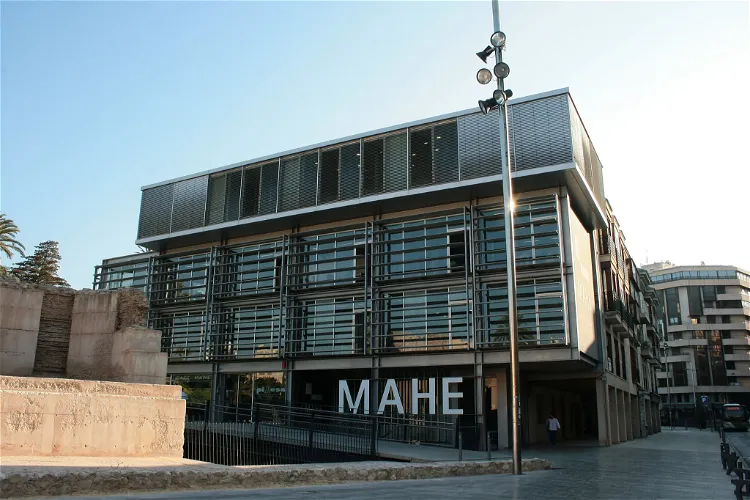
Museo Arqueológico y de Historia de Elche
ElcheThe Museo Arqueológico y de Historia de Elche (MAHE) is an archaeological museum situated in the Spanish city of Elche, within the province of Alicante. It is a significant regional archaeological reference point, offering a comprehensive overview of the city's various historical stages.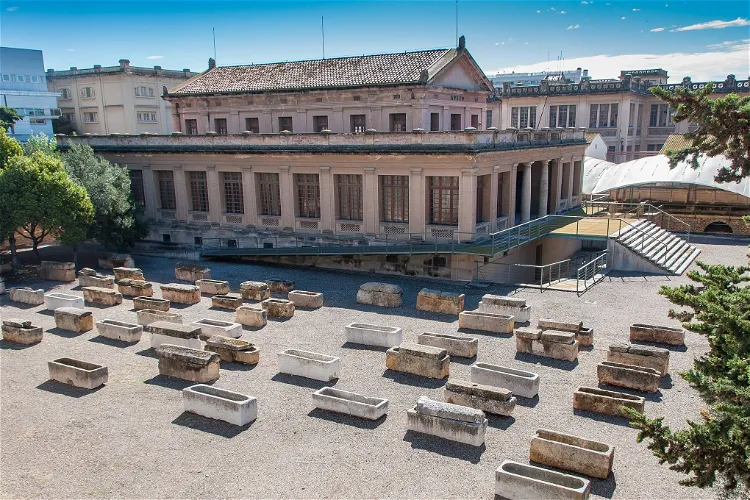
Roman Necropolis of Carmona
CarmonaThe Carmona Archaeological Ensemble, also known as CAC or CAE, is an archaeological site located in the Spanish municipality of Carmona. The site is represented by a Roman necropolis and amphitheater, which date back to the 1st and 2nd centuries AD. These historical structures provide a glimpse into the past and offer a unique opportunity to explore the rich history of the region.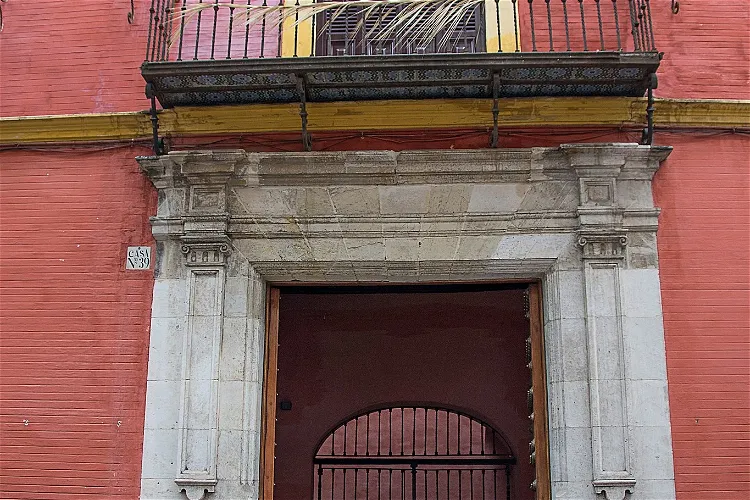
Casa de Salinas
SevilleLa Casa de Salinas is a significant historical site located in the heart of Seville, Andalusia, Spain. This 16th-century building is a testament to the rich architectural heritage of the region. Its location in the city's historic center makes it easily accessible for tourists.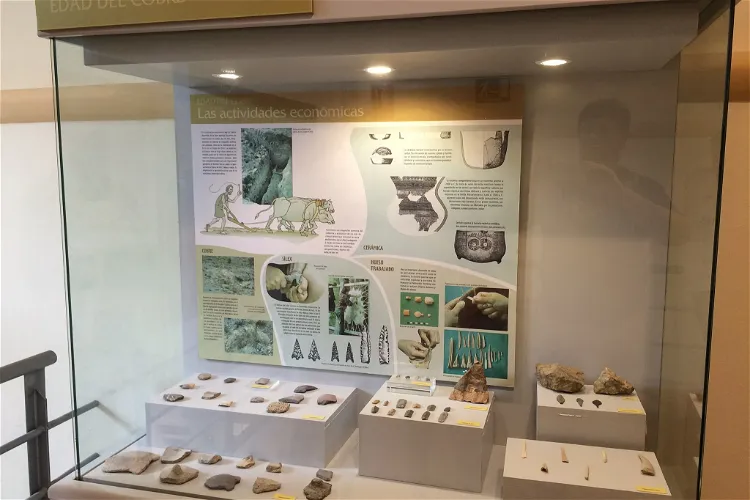
Galera Archaeological Museum
GaleraThe Galera Archaeological Museum is a space dedicated to showcasing the archaeological and paleoanthropological findings from the Spanish municipality of Galera, located in the province of Granada. It provides a unique opportunity for visitors to delve into the rich history and culture of the region through its extensive collection of artifacts.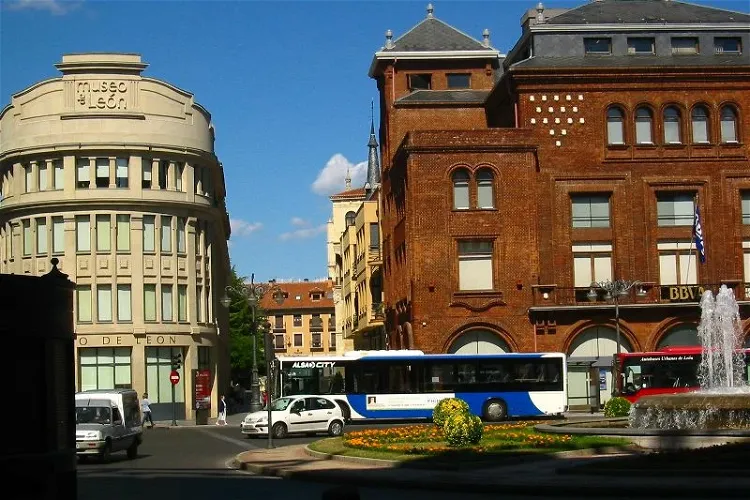
Museum of León
LeónThe Museum of León, situated in the Plaza de Santo Domingo in the city of León, Spain, holds the distinction of being the oldest museum in the province. Its primary focus is to narrate the history of the province through the lenses of Archaeology, Art, and Ethnography. This makes it a significant destination for those interested in these fields and the history of the region.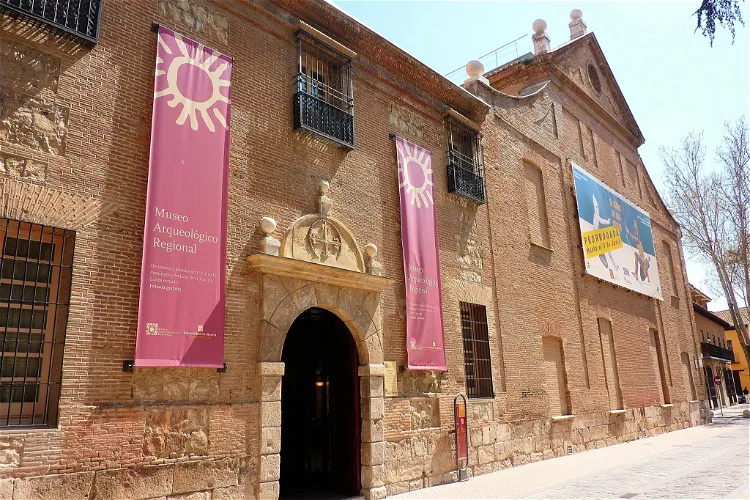
Regional Archaeological Museum
Alcalá de HenaresThe Regional Archaeological Museum of the Community of Madrid, established on November 27, 1997, is housed in the historic building of the old Dominican College Convent of the Mother of God. This location in Alcalá de Henares adds a layer of historical significance to the museum, making it a fascinating destination for those interested in both history and archaeology.
Museo Arqueológico Provincial de Alicante
AlicanteThe Archaeological Museum of Alicante (Museo Arqueológico Provincial de Alicante, MARQ) is an archaeological museum in Alicante with eight galleries that use multimedia to allow visitors to interact with the lives of past residents of Alicante and its region. The museum has a room of prehistory, of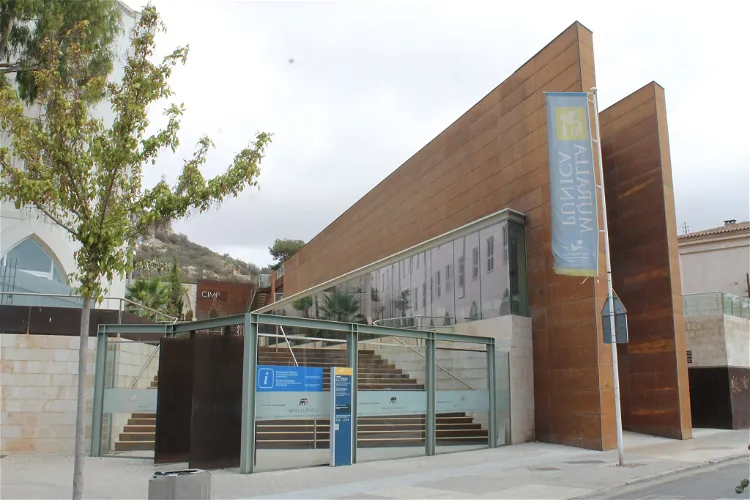
Punic Wall
CartagenaThe Punic wall of Cartagena is a significant archaeological site dating back to the 3rd century BC. It was constructed by the Carthaginians and stands as one of the few remnants of Carthaginian civilization in Spain. The wall bears witness to one of the most important events of Ancient history in the Mediterranean Sea: the Second Punic War.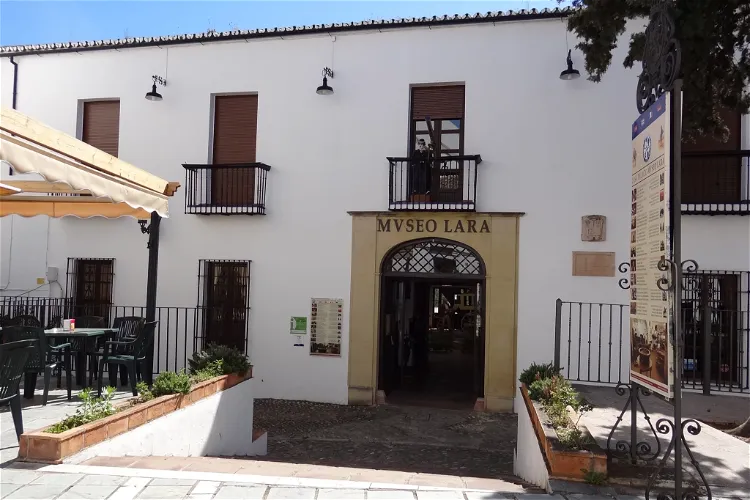
Lara Museum
RondaEl Museo Lara is an art and antiquities museum situated in the city of Ronda, in the province of Malaga, Spain. This museum is a significant cultural landmark in the region, offering visitors a chance to explore a vast collection of art and antiquities.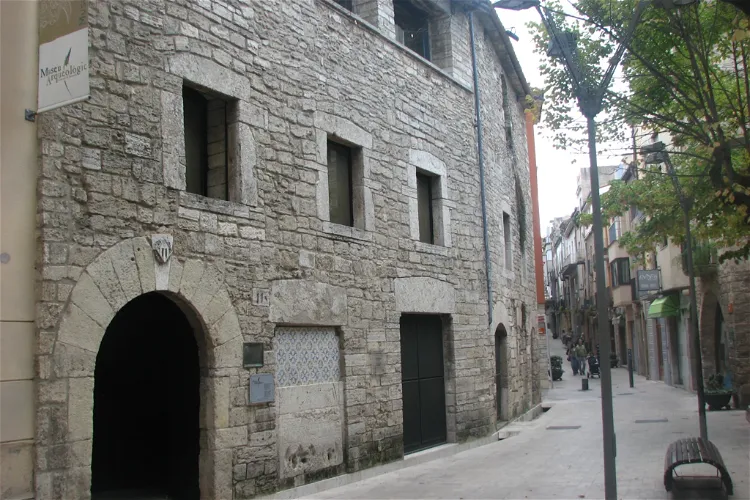
Banyoles Regional Archaeology Museum
BanyolesThe Banyoles Archaeological Museum (MACB) is a significant cultural institution located in the Pia Almoina building in Banyoles, Catalonia. The museum houses a vast collection of artifacts from various archaeological sites in the Pla de l'Estany region. These collections offer a comprehensive insight into the region's rich archaeological history, making it an interesting destination for those interested in history and archaeology.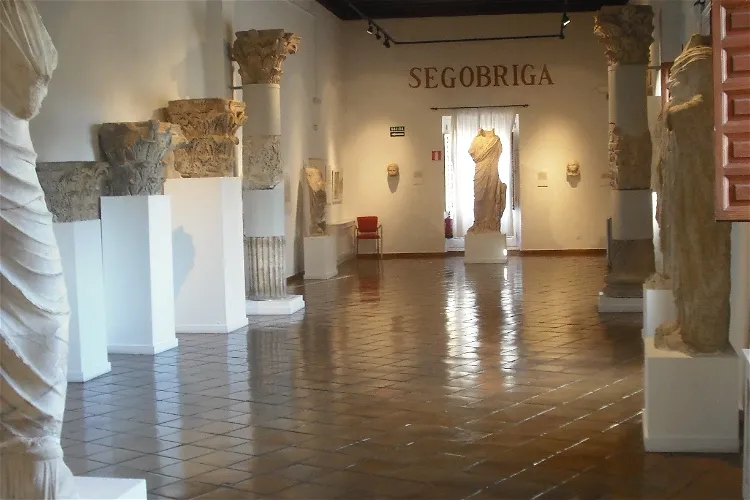
Museo de Cuenca
CuencaThe Museo de Cuenca, located in the historic Casa del Curato in the old town of Cuenca, Spain, offers visitors a unique opportunity to explore the rich history and culture of the region. The museum's location in the heart of the old town makes it easily accessible and adds to the overall cultural experience.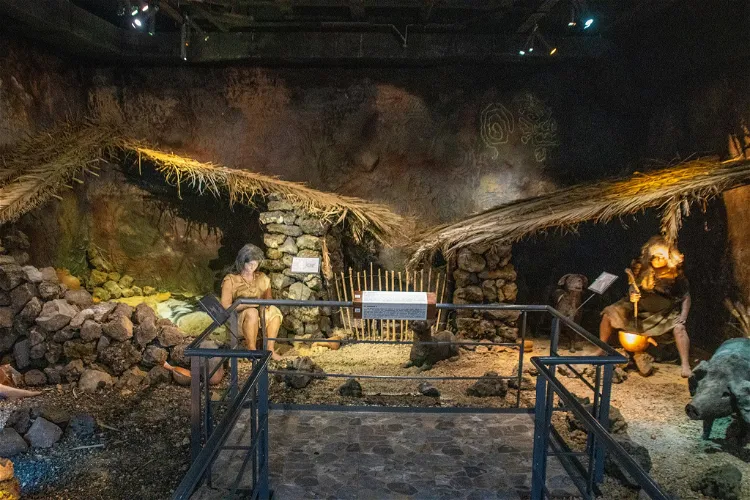
Guanche Museum
Icod de los VinosThe Museo Guanche is an ethnographic museum located in Icod de los Vinos, Tenerife. It provides a unique opportunity to delve into the history and culture of the Guanches, the native inhabitants of the Canary Islands.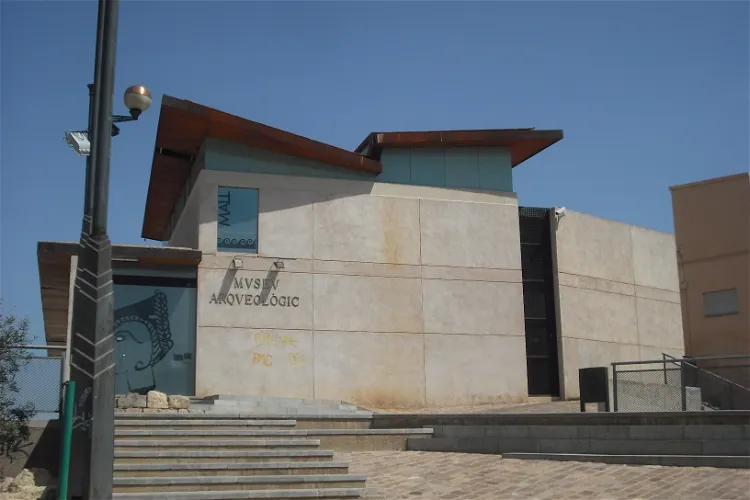
Llíria Archaeological Museum
LiriaThe Llíria Archaeological Museum plays a crucial role in the conservation, protection, and dissemination of archaeological artifacts recovered from the Campo de Turia. The museum's mission is to help recover and understand the historical past of Liria and its surrounding region through these artifacts.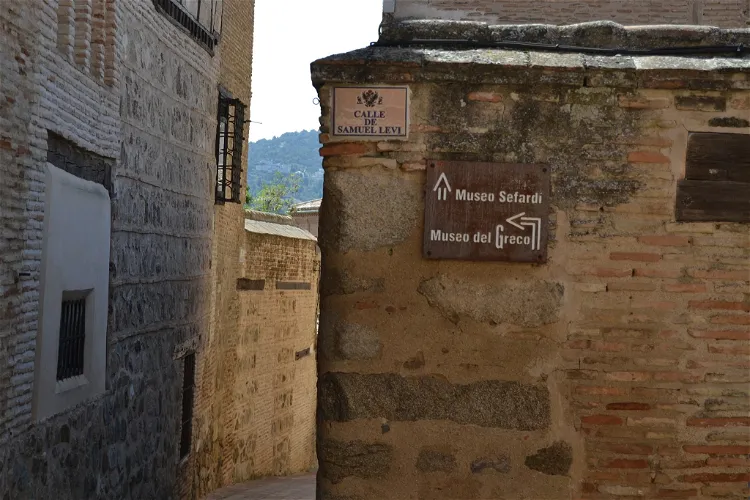
Sephardic Museum
ToledoThe Sephardic Museum, located in Toledo, Spain, is a national institution that showcases the rich Jewish cultural heritage of Spain. It also provides insights into the history and culture of the Sephardim, who are the descendants of the Jews who resided on the Iberian Peninsula until 1492. The museum is a testament to the enduring legacy of Jewish culture in Spain and offers a unique opportunity to explore this fascinating aspect of Spanish history.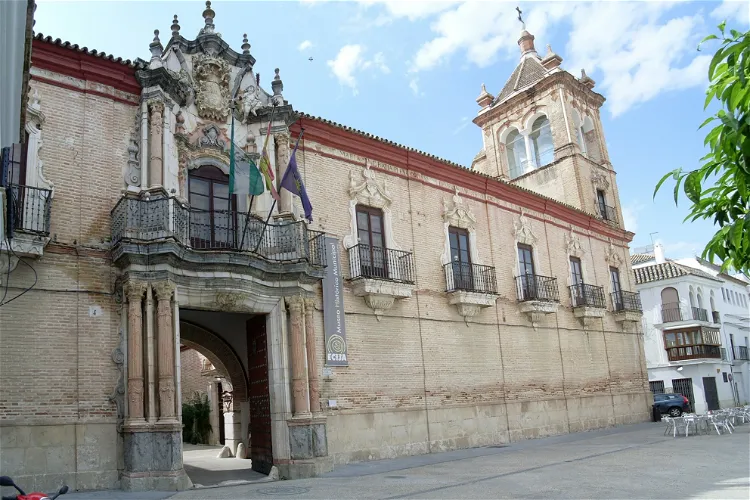
Municipal History Museum of Écija
ÉcijaThe Municipal Historical Museum of Écija is housed in the Benamejí palace, a significant historical site in the city of Écija, located in the province of Seville, Andalusia, Spain. This location adds a layer of historical significance to the museum, making it a fascinating destination for those interested in the rich history of the region.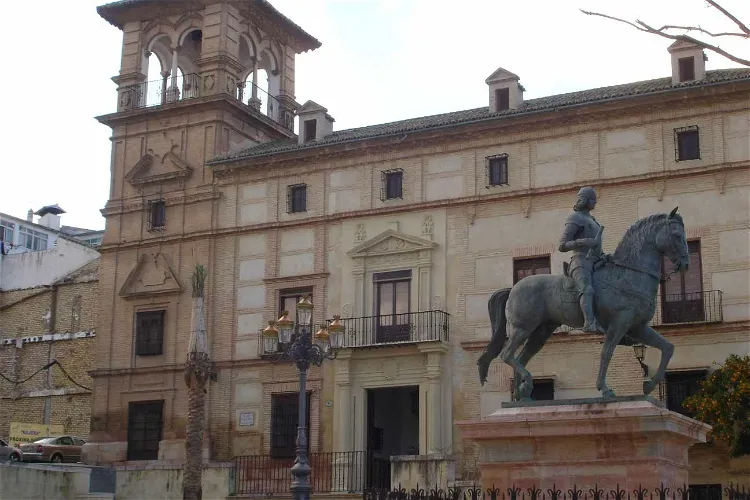
Municipal Museum of Antequera
AntequeraThe Municipal Museum of Antequera (MVCA) is a comprehensive museum that houses a diverse collection of fine arts, archaeological, and ethnological exhibits. Located in the city of Antequera, Spain, the museum offers a rich exploration of history from prehistoric times to the present day. It is a significant cultural institution in the region, providing visitors with a deep understanding of the area's historical and cultural heritage.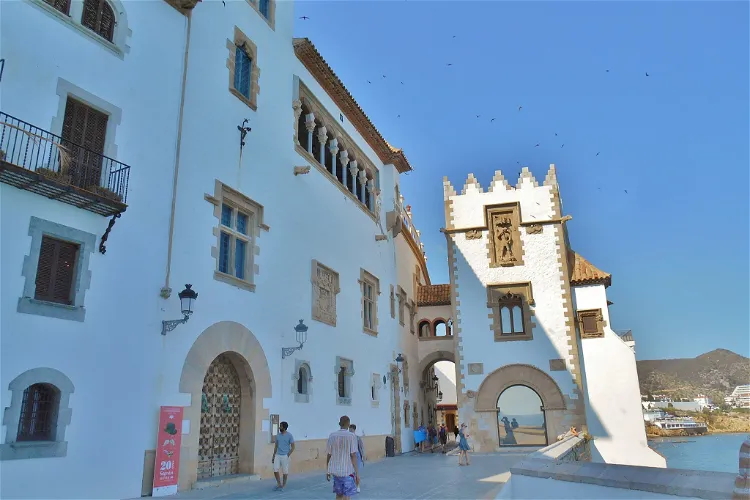
Maricel Museum
SitgesThe Maricel Museum, situated in the heart of Sitges, underwent a significant renovation and reopened its doors in 2015. This central location and its recent refurbishment make it an accessible and modern destination for tourists interested in art and history.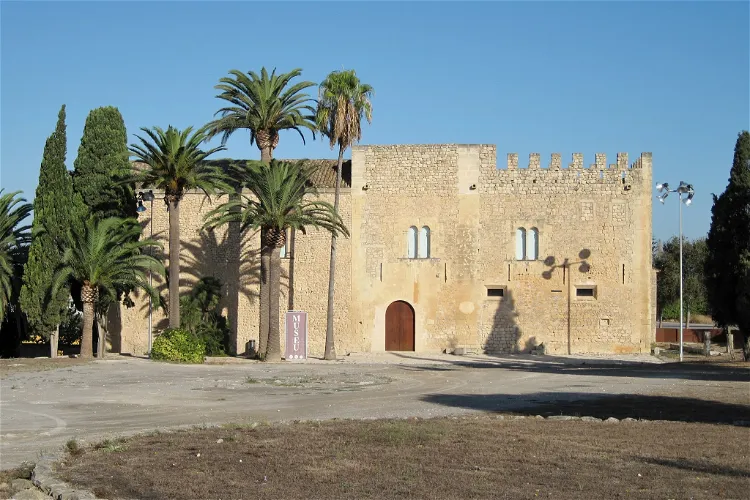
Museu d'Història de Manacor
Son MaciàThe Museu d'Història de Manacor, located in the Torre dels Enagistes building, is dedicated to the history of Manacor and the Levante region in Mallorca. This museum provides a comprehensive overview of the region's history, making it an informative destination for tourists interested in learning more about the area's past.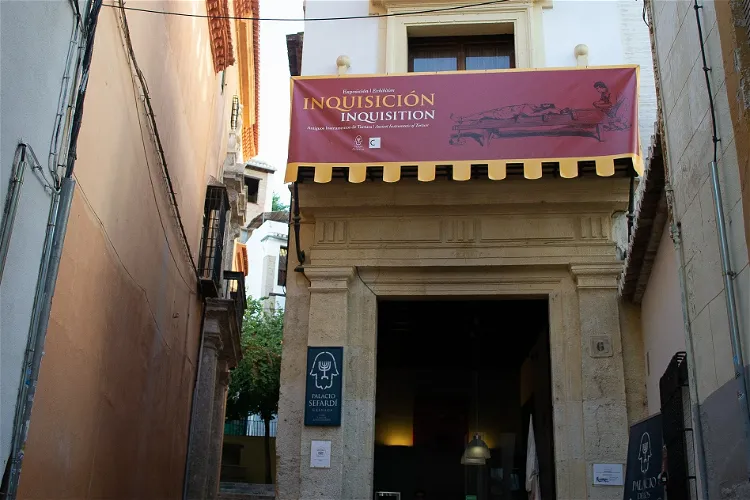
Palace of the Forgotten
GranadaThe Palace of the Forgotten, located in Granada, Spain, is a museum that focuses on the Spanish Inquisition, Jewish history, and the heritage of Granada and Andalusia. This museum provides a unique opportunity to delve into the rich and complex history of these subjects, offering a comprehensive understanding of the region's past.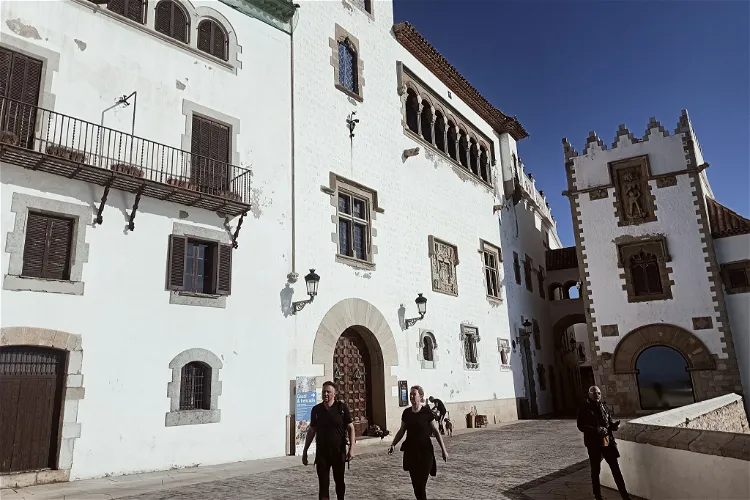
Cau Ferrat Museum
SitgesThe Cau Ferrat Museum, located in the picturesque town of Sitges in Catalonia, is a place of historical and artistic significance. Originally, it served as the home and workshop of the renowned artist and writer Santiago Rusiñol. This unique setting offers visitors a glimpse into the life and work of this influential figure in Catalan modernism.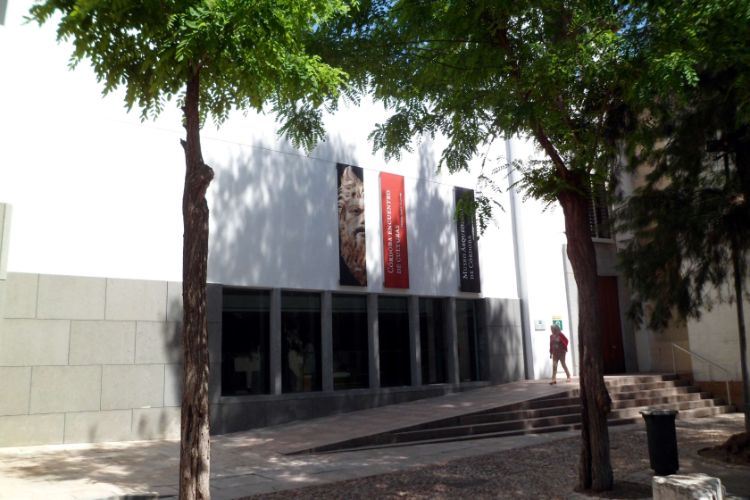
Archaeological Museum of Córdoba
CórdobaThe Archaeological Museum of Córdoba is housed in the former palace of the Páez de Castillejo and a contemporary building built next to it. Its collections consists of a wide variety of pieces that range from Prehistory to the Late Middle Ages. Underground, the museum displays the archaeological rem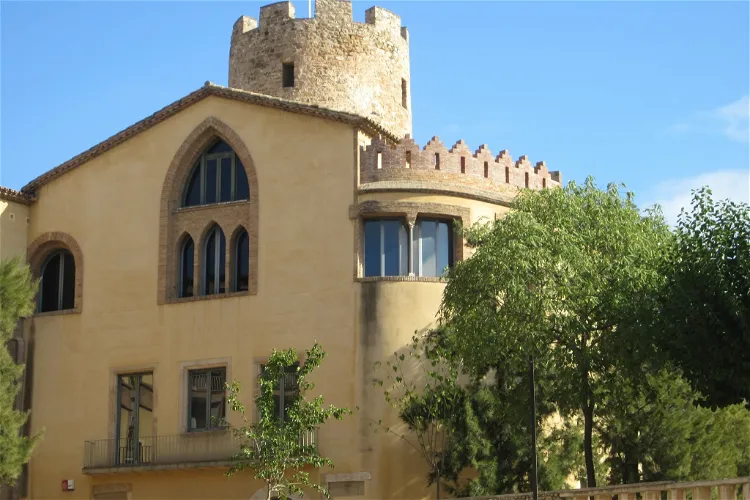
Balldovina Tower Museum
Santa Coloma de GramenetThe Balldovina Tower Museum in Santa Coloma de Gramanet is a multidisciplinary local museum. Its main objective is to protect, conserve, study, and disseminate the cultural and natural heritage of the territory. The museum collaborates with both public and private entities of the city to achieve these goals.
Julióbriga Roman City and Domus Museum
Campoo de EnmedioThe site of Juliobriga is traditionally associated with the ruins found in the village of Retortillo and its Villafría district, located in the municipality of Campoo de Enmedio. These ruins provide a tangible connection to the past, offering visitors a unique opportunity to explore the remnants of this once significant Roman city.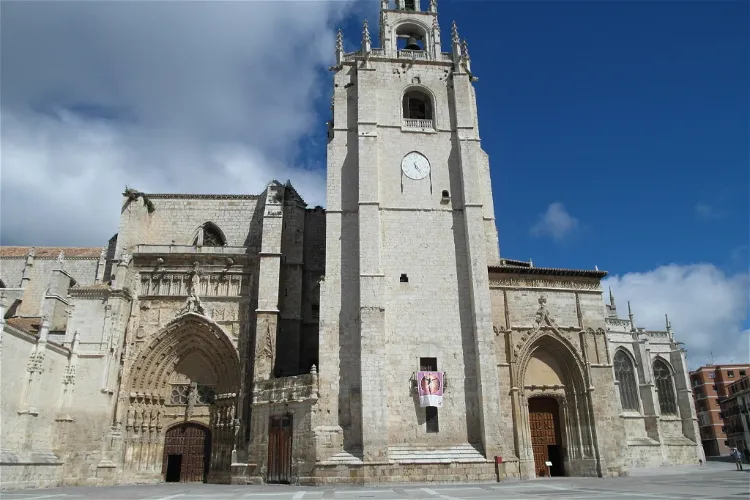
Palencia Cathedral
PalenciaThe Cathedral Basilica of Saint Antoninus, located in Palencia, Spain, is a Roman Catholic church dedicated to Saint Antoninus of Pamiers. This cathedral is a significant religious site and a remarkable example of Roman Catholic architecture.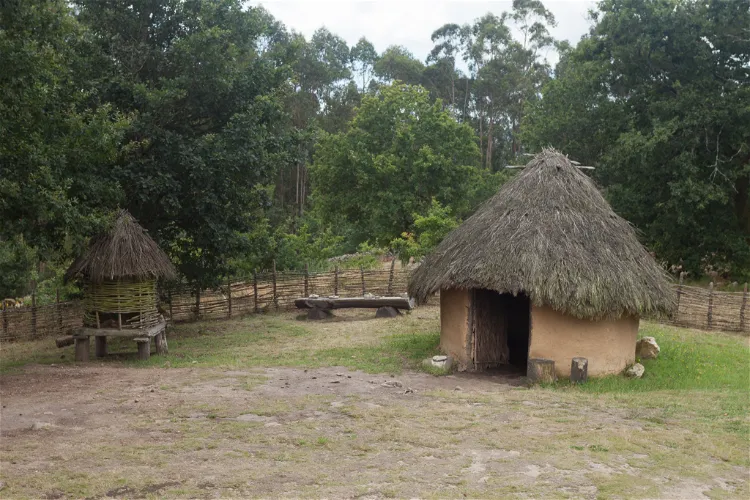
Archaeological Park of Campo Lameiro
Campo LameiroThe Archaeological Park of Rock Art (PAAR) is an open-air park dedicated to rock art. It is located in the municipality of Campo Lameiro in the province of Pontevedra, Spain. This park is a significant destination for those interested in historical and archaeological sites, offering a unique opportunity to explore rock art in an outdoor setting.
Museo Palacio de la Condesa de Lebrija
SevilleMuseo Palacio de la Condesa de Lebrija (Museum of the palace of the countess of Lebrija or palace of Lebrija) is a house museum/palace in Seville that dates from the 16th century. The museum houses an important art collection with Roman mosaics and other antiquities as well as Asian art, paintings b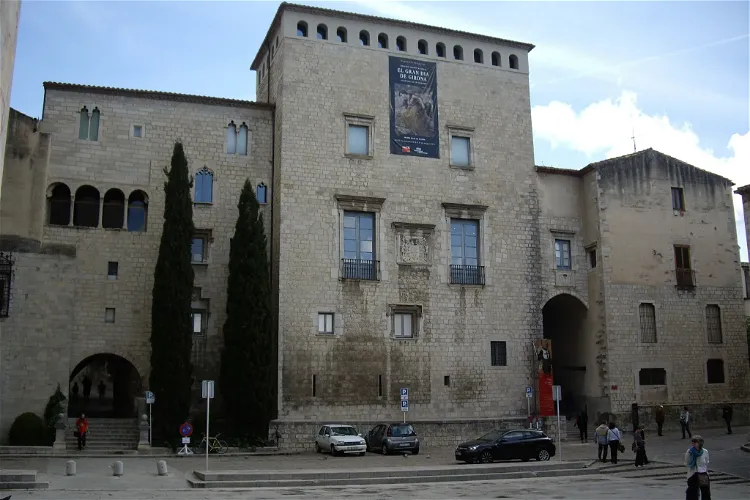
Girona Art Museum
GeronaThe Girona Art Museum, a public institution, was established in 1976. This was achieved by merging the collections of the provincial fine arts museum with those of the Girona Diocesan Museum. This merger resulted in a rich and diverse collection of artworks and artifacts, making the museum a significant cultural institution in the region.
Betancuria Archaeological Museum
BetancuriaExplore the island's past through this venue. There are exhibits on both archaeology and paleontology.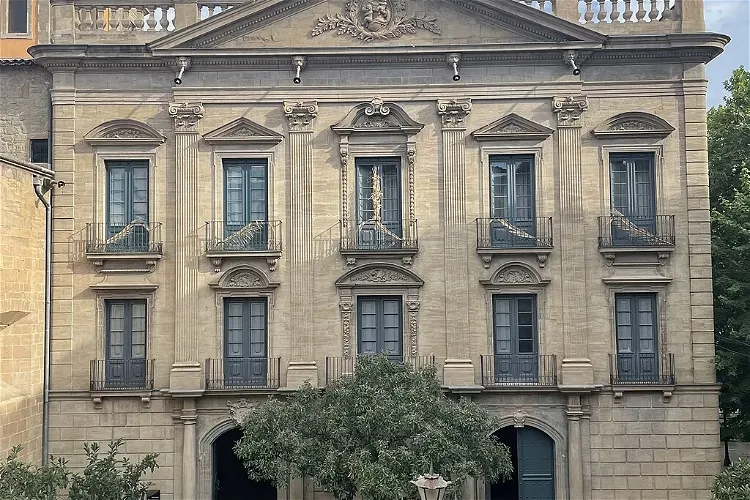
Museo Diocesano y Comarcal de Solsona
SolsonaThe Museo Diocesano i Comarcal de Solsona is an art and archaeology museum situated in Solsona, Catalonia, Spain. It is officially registered in the Registry of Museums of Catalonia, bearing the number 20. This museum is a significant destination for those interested in medieval art and archaeology.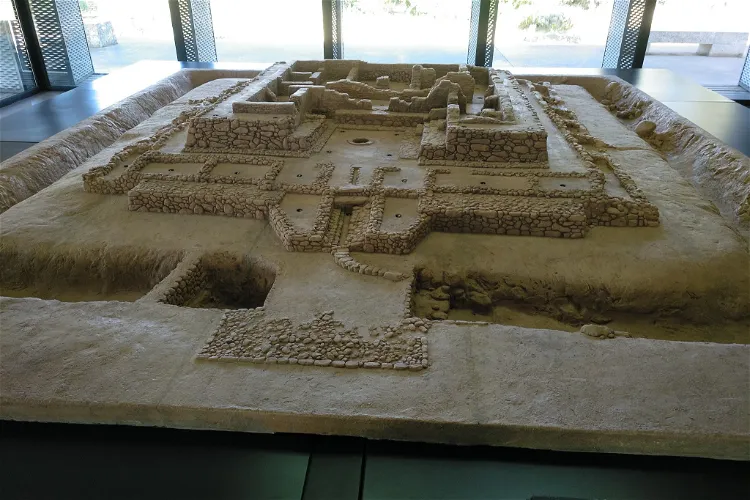
Cancho Roano Interpretation Center
Zalamea de la SerenaCancho Roano is an archaeological site situated in the municipality of Zalamea de la Serena, in the province of Badajoz, Spain. This site is known for being the best preserved Tartessian site, dating back to at least the sixth century BCE. The site is located three miles from Zalamea de la Serena in the direction of Quintana de la Serena Quintana, nestled in a small valley along the stream Cagancha.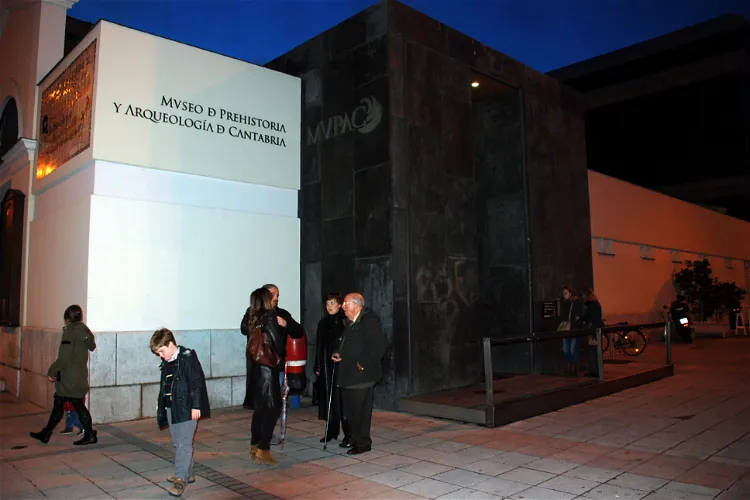
Museum of Prehistory and Archaeology of Cantabria
SantanderThe Museum of Prehistory and Archaeology of Cantabria (MUPAC) is a unique institution that specializes in prehistoric archaeology. It also houses collections from the ancient and medieval world, offering a comprehensive view of human history. Visitors can explore a wide range of artifacts and exhibits that span different periods and civilizations.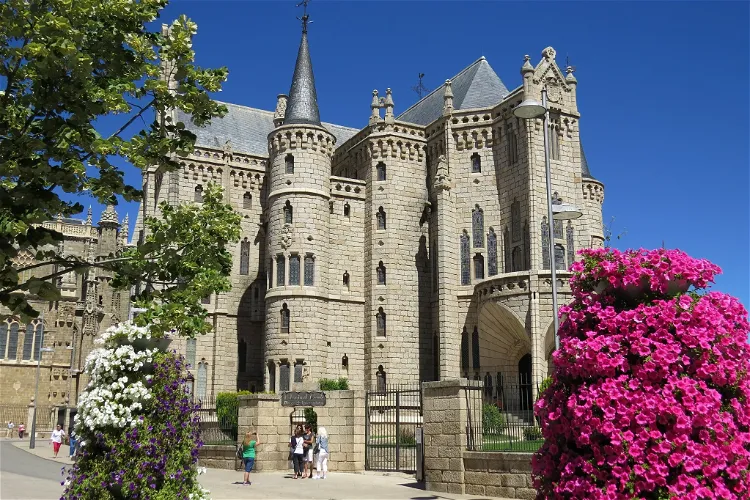
Museo de los Caminos
AstorgaThe Museo de los Caminos, located in the Episcopal Palace of Astorga in the province of León, Spain, is dedicated to the Camino de Santiago. This museum offers a deep dive into the history and significance of this famous pilgrimage route.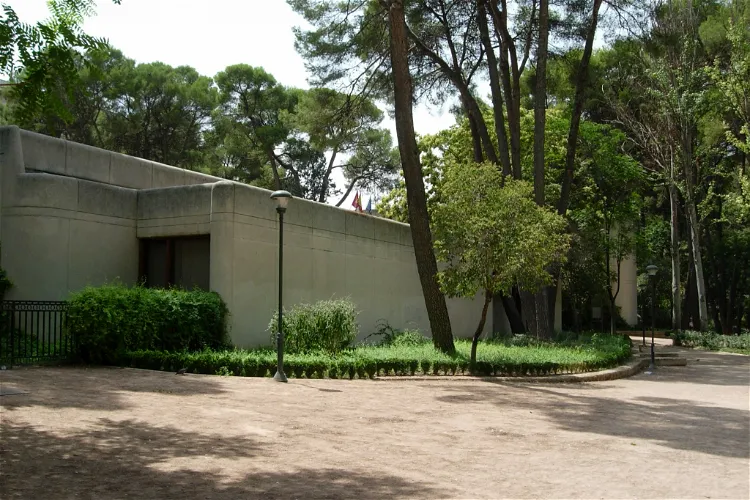
Albacete Provincial Museum
AlbaceteThe Albacete Provincial Museum, located in Albacete, Spain, is a renowned institution dedicated to the preservation and exhibition of archeology and fine art. The museum offers a unique opportunity to explore the rich cultural heritage of the region through its diverse collections.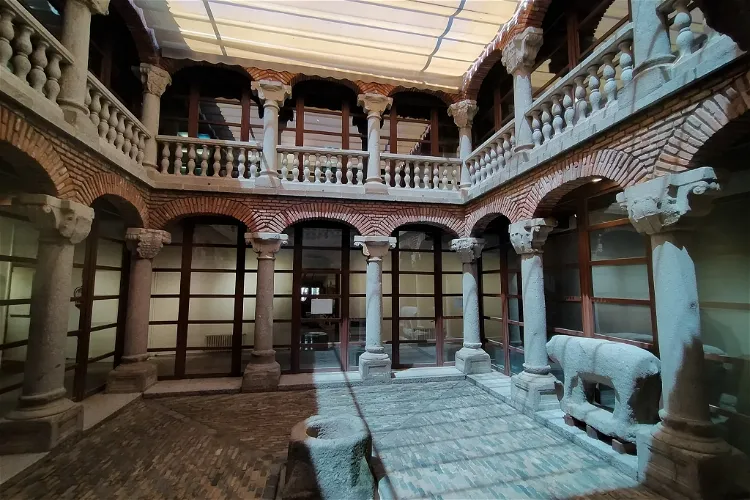
Avila Museum
ÁvilaThe Avila Museum has been under the management of the Junta de Castilla y León since 1987. It is home to a diverse collection of Archaeology and Fine Arts pieces, providing a glimpse into the rich cultural and historical heritage of the region. Additionally, the museum boasts a comprehensive ethnological catalog, offering insights into the local customs and traditions.
Museo Arqueolóxico de Cambre
CambreThe remains of the villa were moved from the original site, in front of the Romanesque church of Santa Maria, to the interpretation center, which is now part of the Archaeological Museum of Cambre. The museum is divided into two spaces, providing a comprehensive view of the villa's history and its significance in the Roman era.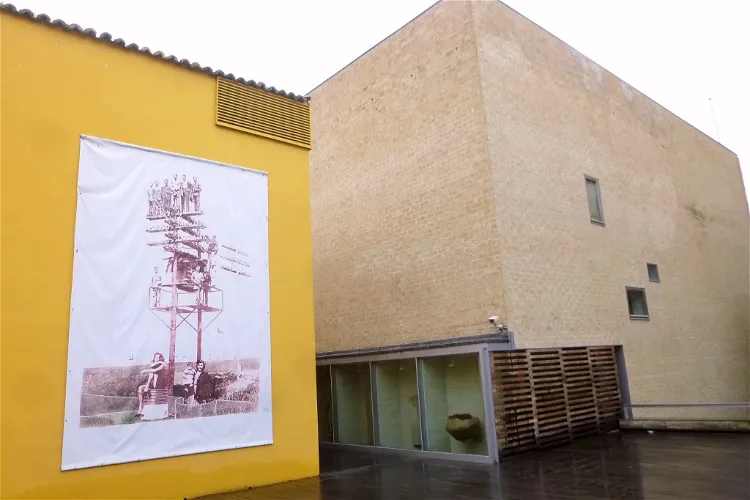
Zamora Museum
ZamoraThe Zamora Museum, a provincial museum, is situated in the Santa Lucía square in Zamora, Spain. This location is in a neighborhood known as Puebla del Valle during medieval times. The museum is a significant cultural institution in the region, offering a glimpse into the area's rich history and heritage.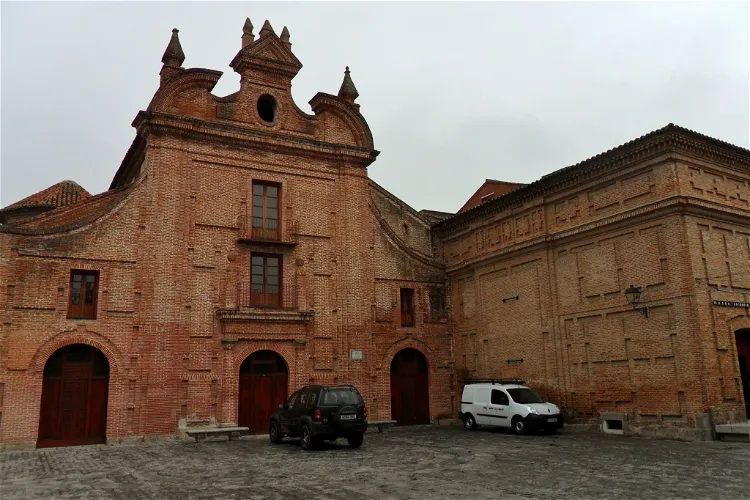
Ruiz de Luna Ceramic Museum
Talavera de la ReinaThe Ruiz de Luna Ceramic Museum is situated in the city of Talavera de la Reina, in the province of Toledo, Spain. This museum is a significant cultural landmark in the region, offering visitors a unique insight into the rich history and tradition of ceramics in the area.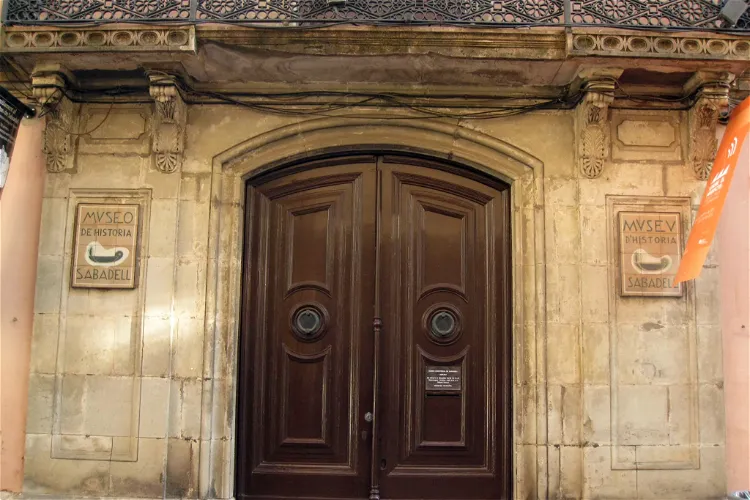
Sabadell History Museum
SabadellThe Sabadell History Museum is home to a variety of collections that delve into the city's archaeology, history, and ethnology. A significant focus is placed on the city's historical ties with wool manufacturing and the textile industry, offering visitors a unique insight into this aspect of Sabadell's past.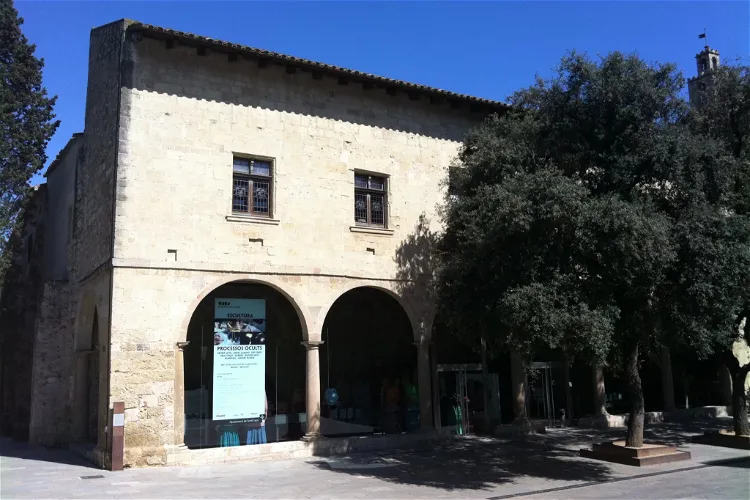
Sant Cugat Museum
Sant Cugat del VallèsThe Sant Cugat Museum, which opened its doors on 23 April 2003, is dedicated to the preservation and promotion of the historical, artistic, and cultural heritage of Sant Cugat del Vallès in Catalonia. As a visitor, you can explore the rich history and culture of the region through the museum's extensive collections and exhibitions.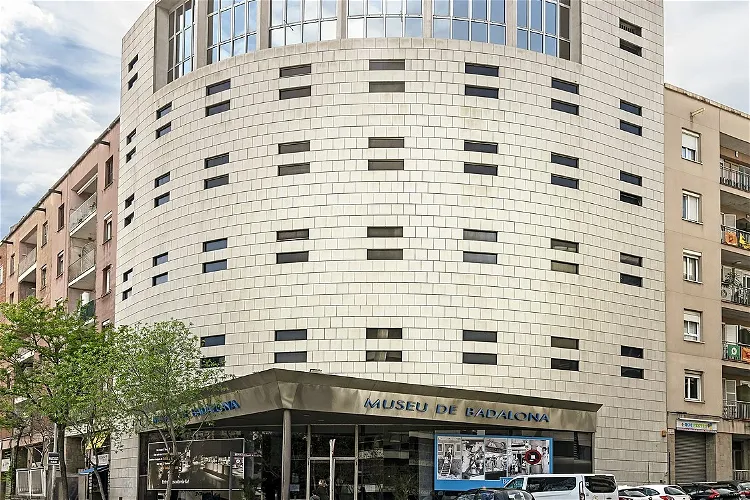
Badalona Museum
BadalonaThe Badalona Museum was founded in 1955, following the discovery of Roman baths by the local archaeologist and historian, Josep M. Cuyàs i Tolosa. This marked the beginning of the museum's journey, which has since become a significant cultural and historical site in the city.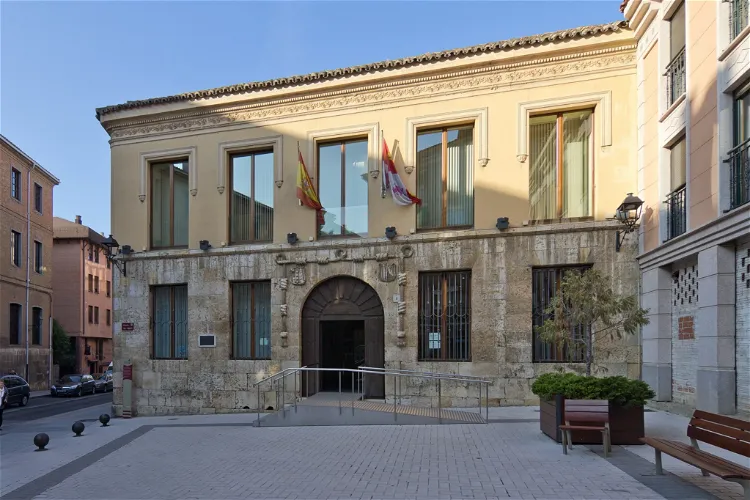
Archaeological Museum of Palencia
PalenciaThe Archaeological Museum of Palencia, situated in the Casa del Cordón, is a significant cultural institution in the city of Palencia, Spain. It boasts a diverse collection of artifacts from prehistoric, Roman, and medieval periods, all originating from the province of Palencia. The museum provides a unique opportunity to delve into the rich history and heritage of the region.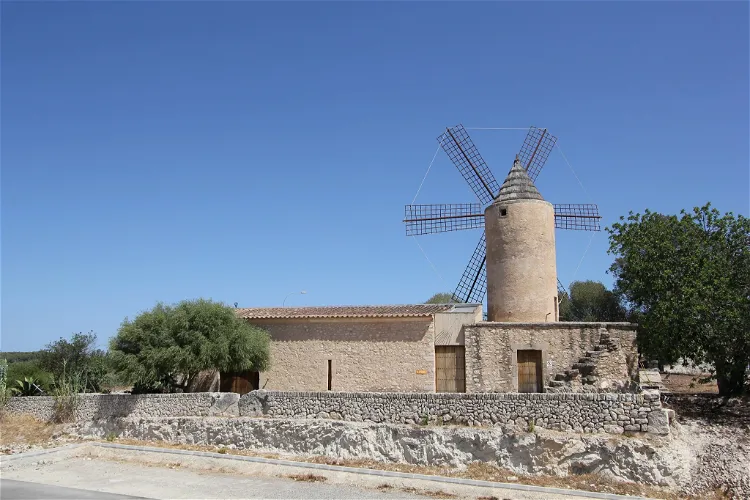
Museu Arqueològic de Son Fornés
MontuïriThe Museo Arqueol gico de Son Forn s is situated in the Spanish municipality of Montuiri, Baleares. It is housed in an old flour mill known as the Mol des Fraret. This location adds a unique historical charm to the museum, making it an interesting destination for tourists interested in history and archaeology.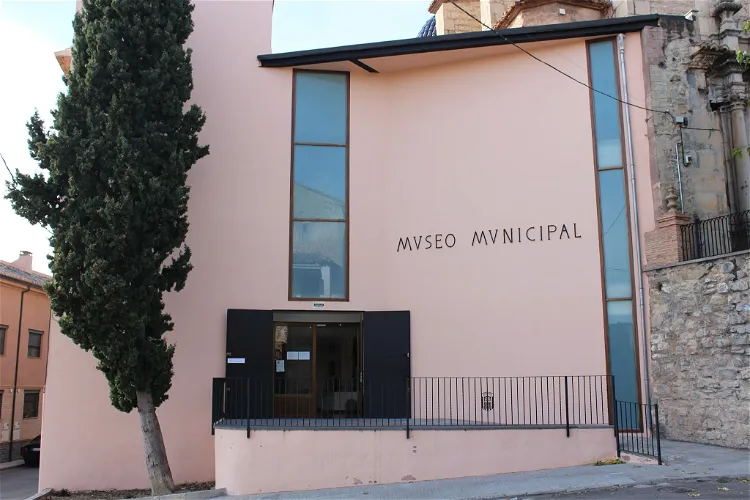
Museo Municipal de Jérica
JéricaThe Museo Municipal de Jérica has received several recognitions over the years. In 1962, it was declared a National Historic Artistic Monument. Later, on February 22, 1996, it was recognized as a permanent museum collection. In 2004, it was declared a Cultural Interest Property, further emphasizing its importance in preserving and showcasing local heritage.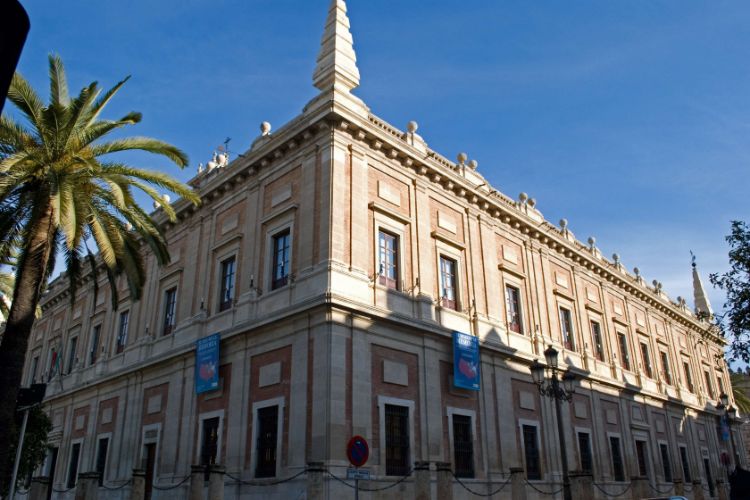
Archivo General de Indias
SevilleArchivo General de Indias (The General Archive of the Indies) is housed in the ancient merchants' exchange of Seville and holds the valuable archival documents that illustrate the history of the Spanish Empire in the Americas and the Philippines. The building, called Casa Lonja de Mercaderes, is a g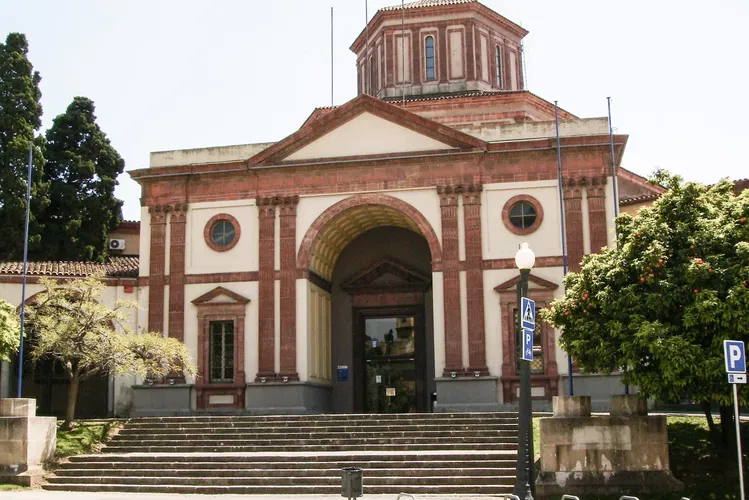
Ullastret
UllastretThe modern population of Ullastret is situated near the ancient Indika, the Iberian city of Ullastret. This city was once the capital of the Indigetes, an ancient Iberian tribe. The town's economy is primarily agricultural and tourist-based, with a population of 288 inhabitants.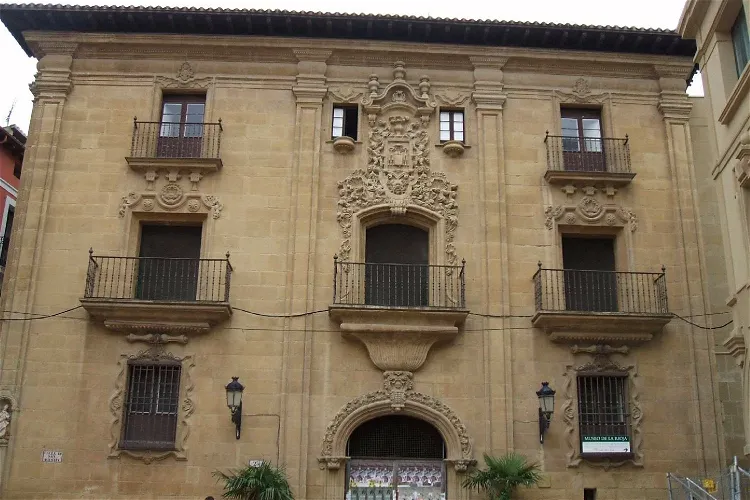
Museum of La Rioja
LogroñoThe Museum of La Rioja is housed in the Espartero Palace in Logroño, a Baroque construction from the 18th century. This palace was the residence of General Baldomero Espartero after he retired from politics and married María Jacinta Martínez. The palace's rich history and architectural beauty add to the overall experience of visiting the museum.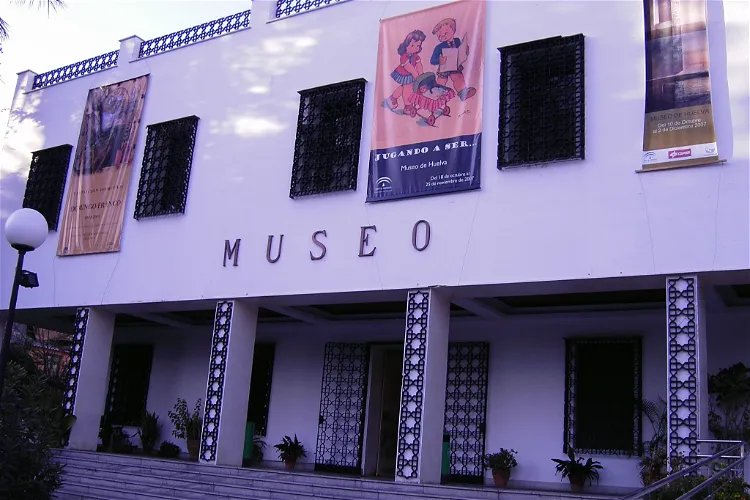
Museum of Huelva
HuelvaThe Museum of Huelva is divided into three distinct sections: Fine Arts, Archaeology, and Ethnology. Each section offers a unique insight into the rich cultural and historical heritage of the region. The museum has been declared a Cultural Interest Asset, with the category of Monument, further emphasizing its importance and value.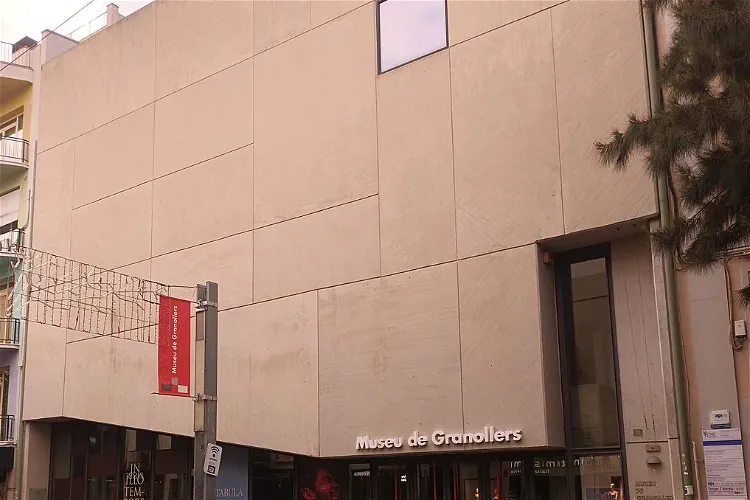
Granollers Museum
GranollersThe Granollers Museum, situated in Granollers, Barcelona, is home to a wide array of collections. These collections span across various fields such as archaeology, decorative arts, ethnography, numismatics, and art from different eras - ancient, modern, and contemporary. This diversity in the museum's collection offers visitors a comprehensive insight into the rich cultural and historical heritage of the region.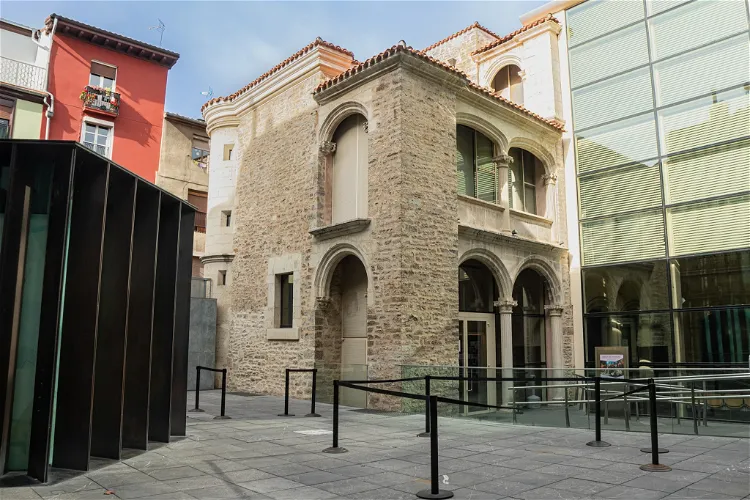
Bibat Museum
Vitoria-GasteizBiBat is a unique museum complex situated in the city of Vitoria. It is a combination of two distinct museums - the Fournier Museum of Playing Cards and the Museum of Archaeology of Alava. This amalgamation of two museums offers a diverse range of exhibits and collections for visitors to explore.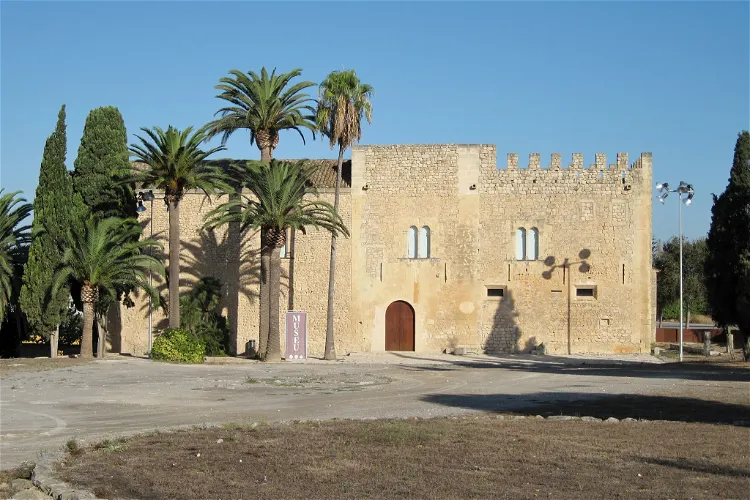
Manacor Museum of History
ManacorThe Manacor History Museum is a Spanish museum located in the building known as the Torre dels Enagistes. It is dedicated to the history of Manacor and the Levante region, in Mallorca. This museum is a great place to learn about the rich history and culture of the region.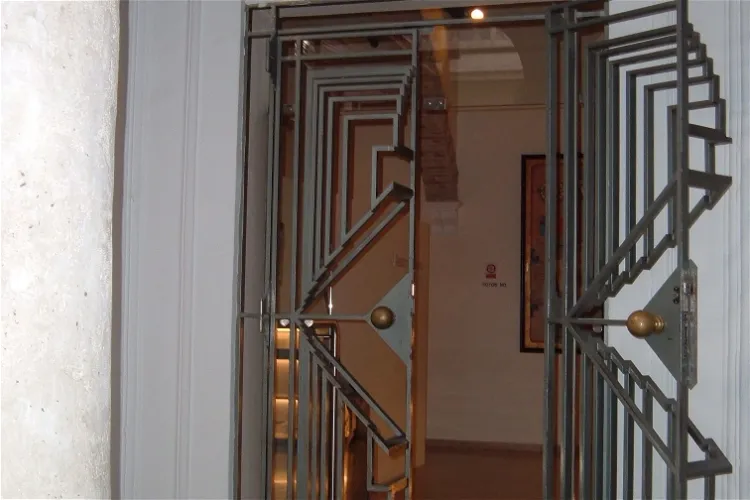
Municipal Archaeological Museum of Villena
VillenaThe Municipal Archaeological Museum of Villena, also known as the José María Soler Archaeological Museum, is housed in the Town Hall, a Renaissance building dating back to the early 16th century. This location adds a historical charm to the museum, making it a unique place to explore the rich archaeological findings of the region.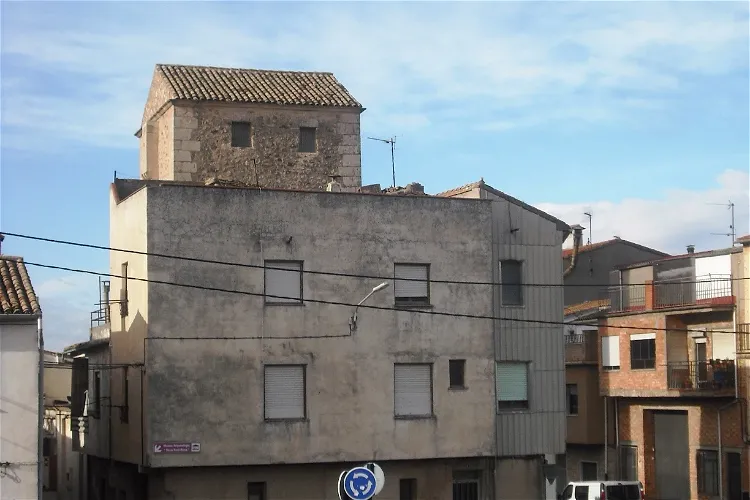
Archaeological Museum of the Tower of Font Bona
BañeresBetween 1991 and 1997, the Tower of Font Bona underwent extensive restoration. Today, it houses the Municipal Archaeological Museum, which showcases findings from numerous archaeological sites in the municipality since the 1960s.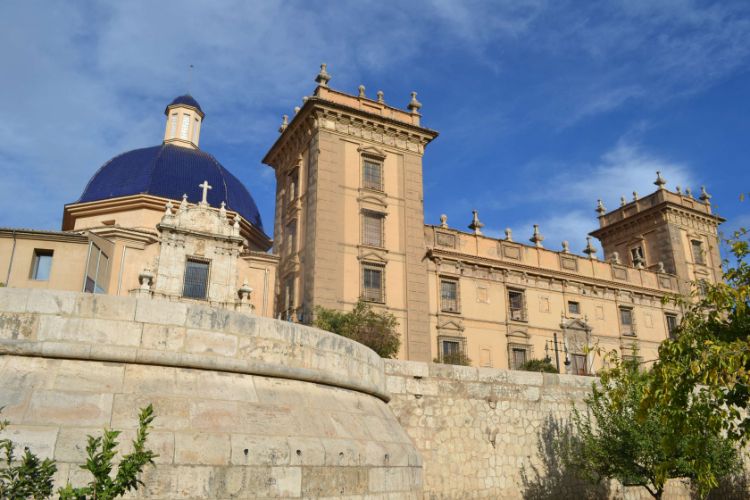
Museo de Bellas Artes de Valencia
ValenciaMuseo de Bellas Artes de Valencia is one of the most prominent art museums in Valencia and is housed in the St. Pius V Palace. The museum holds a collection that mainly consists of primitive Valencian masters, but also examples of contemporary art. Highlights of the exhibition include paintings by G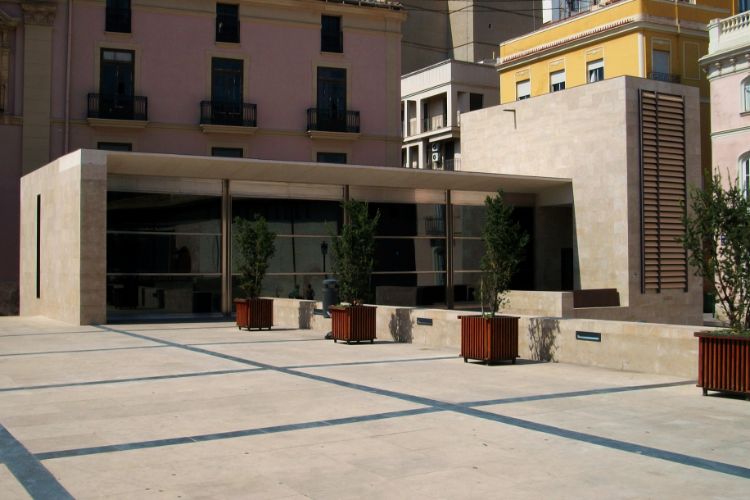
Centro arqueológico Almoina
ValenciaThe Centro arqueológico Almoina (Archaeological Center of l'Almoina) also named Museo de la Almoina/the Almoina Museum, is an archaeological museum in Valencia located at the old Roman square of Tenth June Gross. The archaeological remains that are displayed here came to light in 1985 on the site. T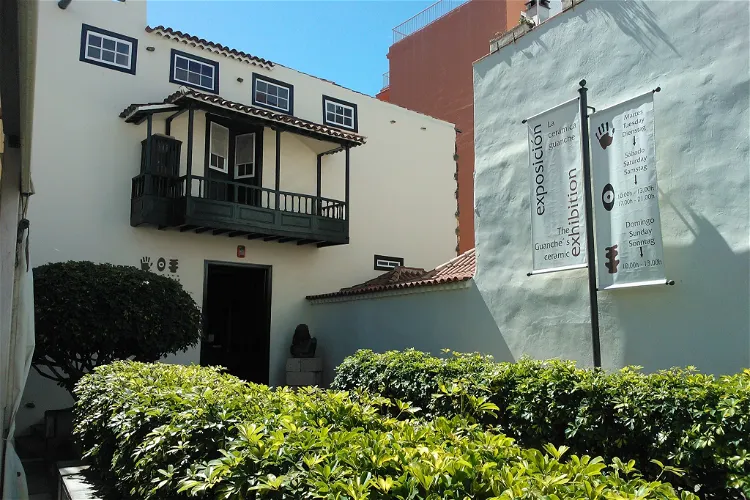
Archaeological Museum of Puerto de la Cruz
Puerto de la CruzThe museum is home to one of the most significant collections of Guanche aboriginal ceramics in the Canary Islands, featuring unique pieces that can only be found in Tenerife. This collection provides a unique insight into the artistic and cultural practices of the Guanche people.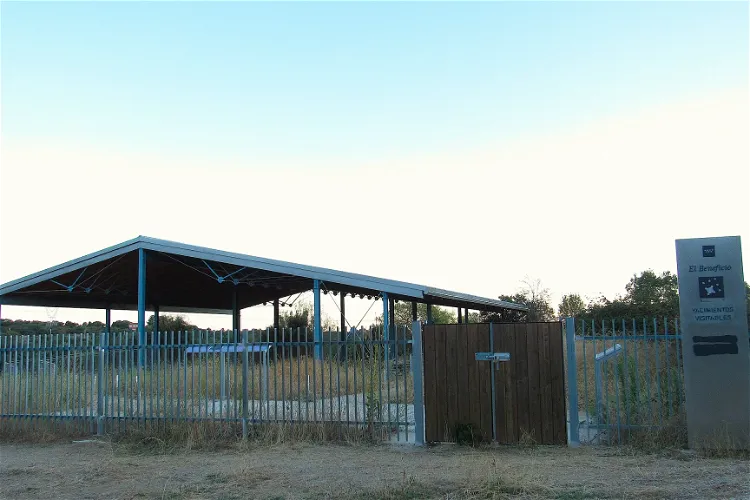
Roman Inn
Collado MedianoMiaccum, also known as Miacum, is an ancient Roman mansion that holds historical significance. It is situated on the road between Segovia and Titulciam, and its existence is documented in the Itineraries of Antoninus. This location offers a glimpse into the Roman era and the architectural style of that period.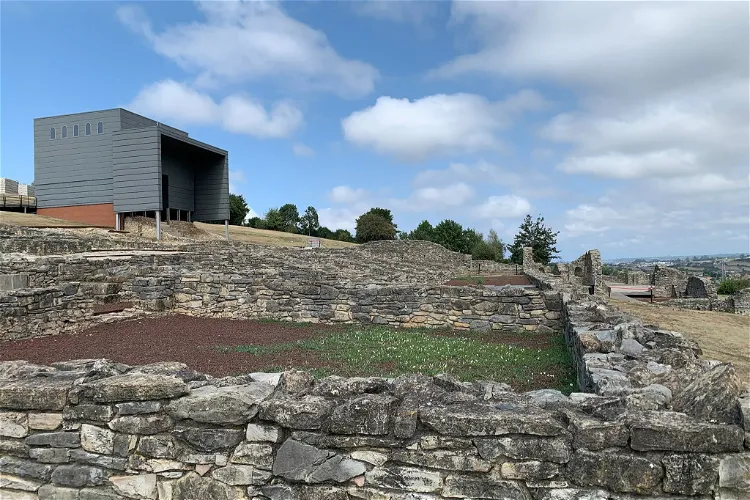
Roman Villa of Veranes
GijónThe Roman Villa of Veranes, located in the Veranes neighborhood in the parish of Cenero in the Asturian council of Gijón, Spain, is an archaeological site that offers a unique glimpse into the past. The site is home to the ruins of a Roman villa, which are interpreted and presented to the public through an on-site interpretation center. This allows visitors to gain a deeper understanding of the historical significance and context of the ruins.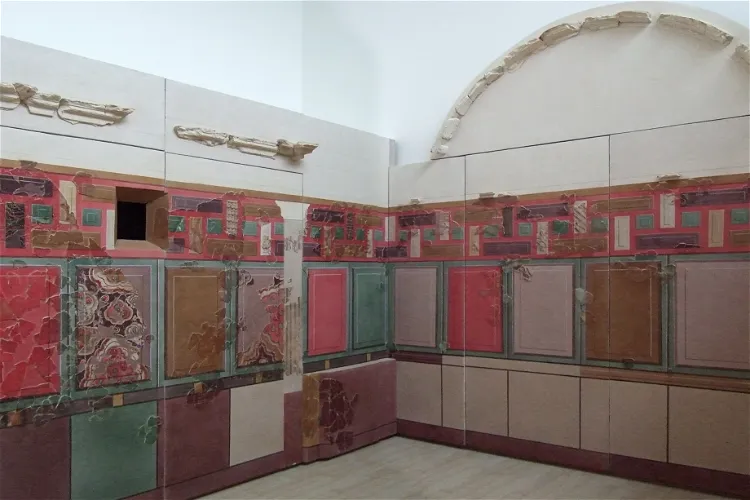
Calatayud Museum
CalatayudThe Calatayud Museum is situated in the Spanish town of Calatayud, specifically at Santa Teresa square, no. 3, adjacent to the Terrer Gate. This location is easily accessible and provides a central point for tourists to start their exploration of the town.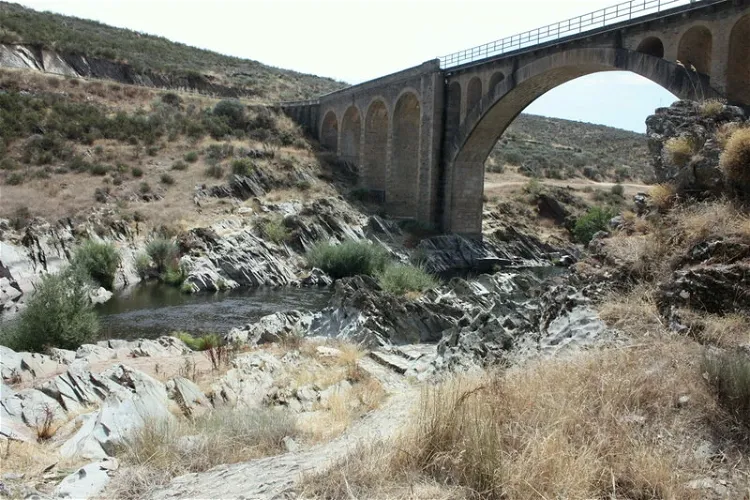
Siega Verde. Archaeological area
Villar de la YeguaThe Parque Arqueológico do Vale do Côa, inaugurated in 1996, is one of Portugal's most significant archaeological parks. It is located in the Guarda district in the northeast, with the nearest town being Vila Nova de Foz Côa, which has about 3,300 inhabitants.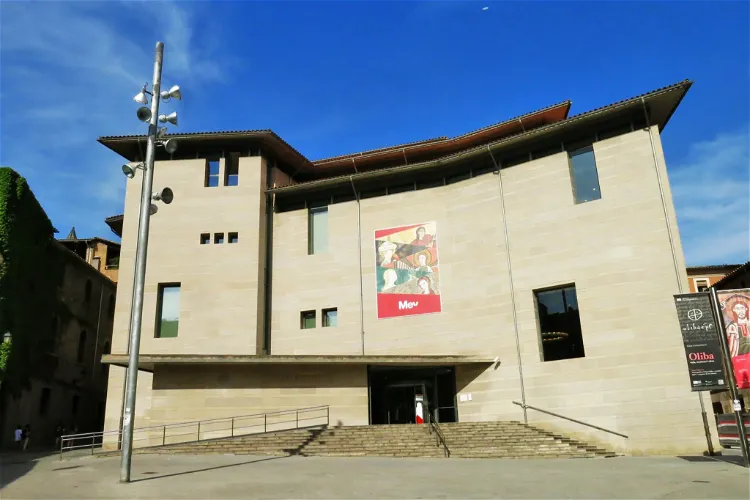
Episcopal Museum of Vic
FolguerolesIn 1995, under the architectural direction of Alfons Milà and Frederic Correa, the old school of Sant Josep, located next to the cathedral, was rebuilt to house the museum's large collections. This move was necessitated by the significant increase in the museum's collections. The new building was designed to accommodate the vast array of artifacts and works of art that the museum had acquired over the years.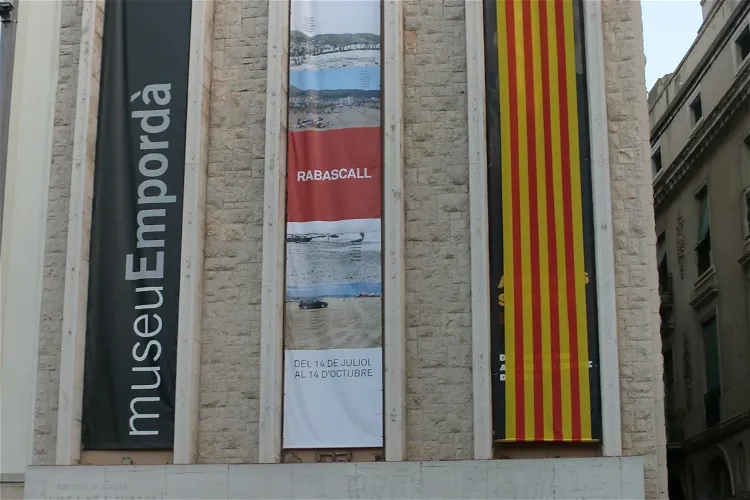
Museum of the Empordà
FigueresThe Museum of the Empordà is an art museum located in Figueres, a city in Catalonia, Spain. It is a destination for art enthusiasts and tourists alike, offering a rich collection of artworks from various periods and styles.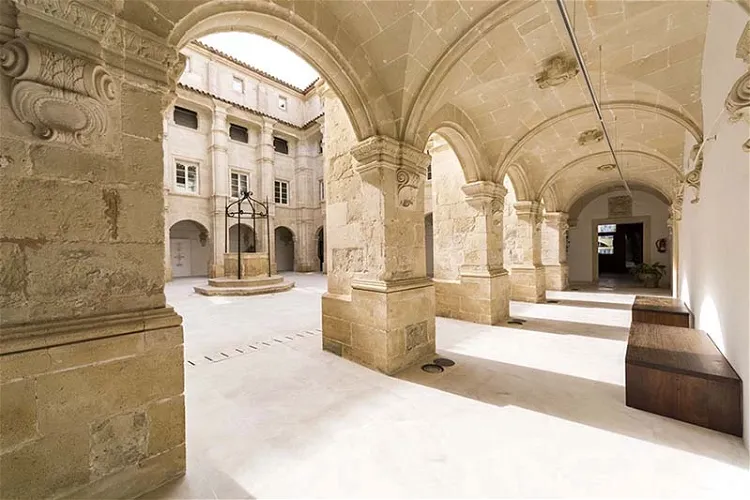
Museum of Menorca
MahónThe Museo de Menorca is a public institution situated in the city of Mahón, on the Balearic Islands in Spain. Its primary focus is on the research and dissemination of the prehistory and history of Menorca. The museum's collection is comprised of artifacts from archaeological excavations, deposits, and donations from private individuals and institutions.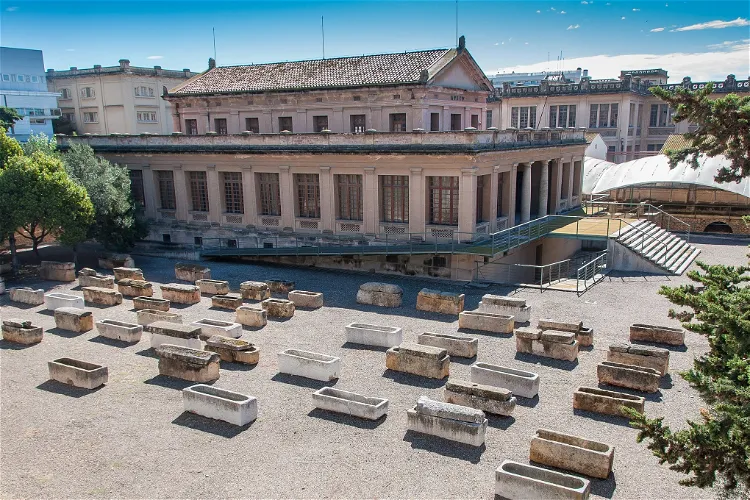
Paleo-Christian Necropolis and Museum
TarragonaVisit the archaeological museum and see an astonishing number of well-preserved Paleo-Christian tombs whose origin dates to the 3rd century.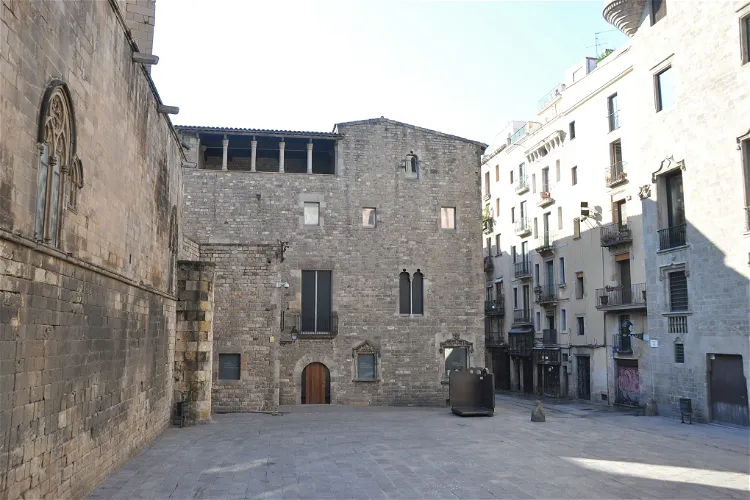
Museum of the History of Barcelona
La MasiaThe Museum of the History of Barcelona, also known as MUHBA, is a city institution that is dedicated to preserving, documenting, maintaining, and exhibiting Barcelona's cultural heritage from its beginnings to the present. The museum's collections include a wide range of artifacts and exhibits that provide a comprehensive overview of the city's history and cultural evolution. Visitors to the museum can expect to gain a deeper understanding of Barcelona's rich and diverse history.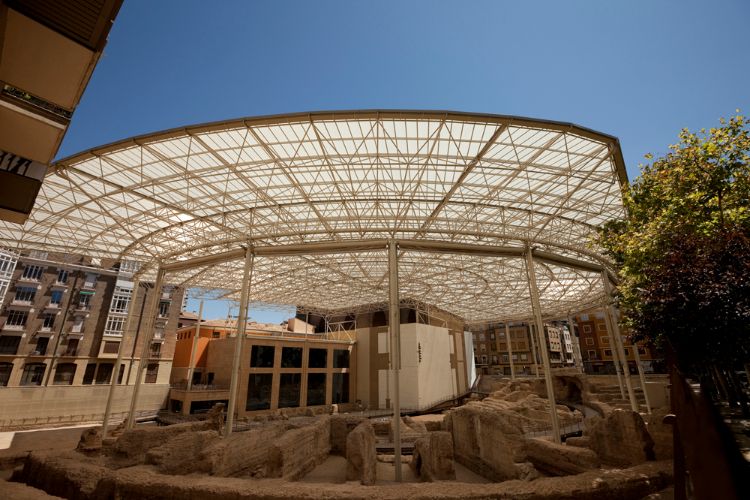
Museo del Teatro Romano de Caesaraugusta
ZaragozaThe Museum of the Theater of Cesaraugusta (Museo del Teatro de Caesaraugusta) is a space in which the ruins of the old Roman theater of Zaragoza as well as diverse archaeological finds and models of that time are exhibited. The Roman theater of Caesaraugusta dates from the 1st century and with its 7
Archaeological Museum of Sevilla
SevilleThe Archaeological Museum of Sevilla is a history museum in Seville that is housed in a Neo-Renaissance building constructed for the Latin American Expo of 1929. It holds and displays archaeological discoveries from the prehistoric and Roman periods. Its main focus is the Roman period, but there are- 124
Frigiliana Museum of Archaeology
FrigilianaThe Frigiliana Archaeological Museum, also known as MAF, is situated in a building known as the Apero in the charming town of Frigiliana. This town is located in the province of Malaga, Spain. The museum is easily accessible and offers a unique opportunity to delve into the rich history of the region. 
Manresa Regional Museum
ManresaThe Manresa Regional Museum, officially known as Museu Comarcal de Manresa, is a multidisciplinary museum that was established on September 2, 1896. It was initially named the Archaeological Museum, Public Library and Permanent Artistic Industrial Exhibition. The museum is located in one of the rooms of the city's town hall building.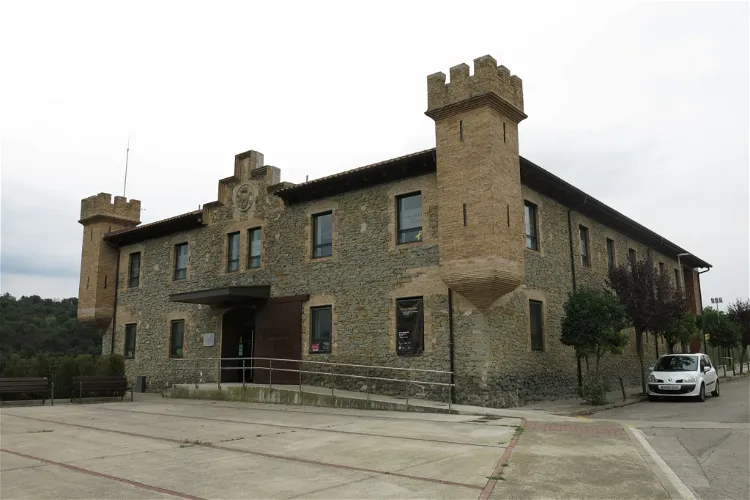
L'Esquerda Archaeological Museum
Roda de TerThe L'Esquerda Archaeological Museum, inaugurated in 1988, serves as a repository for materials unearthed from the archaeological excavations at the Iberian settlement of La Esquerda. The museum's primary aim is to make these findings accessible to the public, thereby providing a unique insight into the region's rich historical past.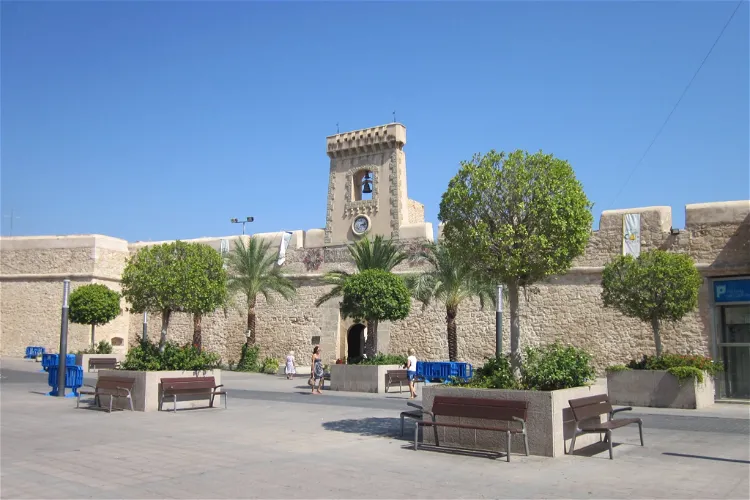
Santa Pola Sea Museum
Santa PolaThe Museo del Mar, located in the coastal town of Santa Pola on the Costa Blanca, is a public fishing and maritime museum. Santa Pola is recognized as one of the most important fishing ports on the Spanish Mediterranean coast, making the museum a significant site for understanding the region's maritime history and culture.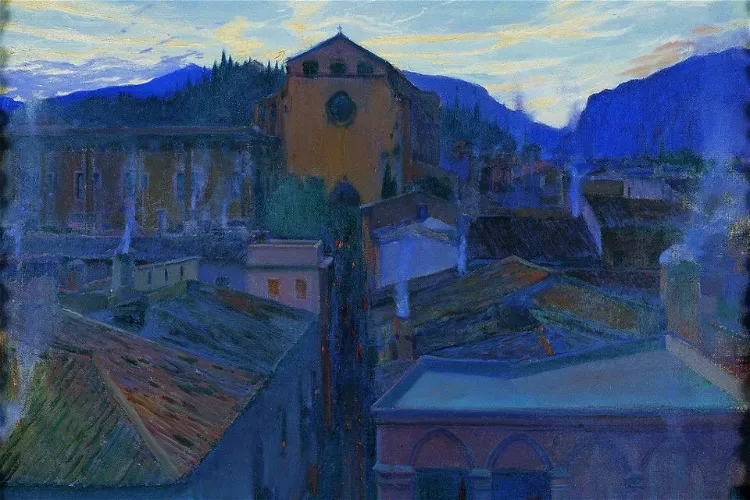
Pollença Museum
PollensaSet in a former Dominican convent, the museum exhibits prehistoric sculptures and contemporary artists.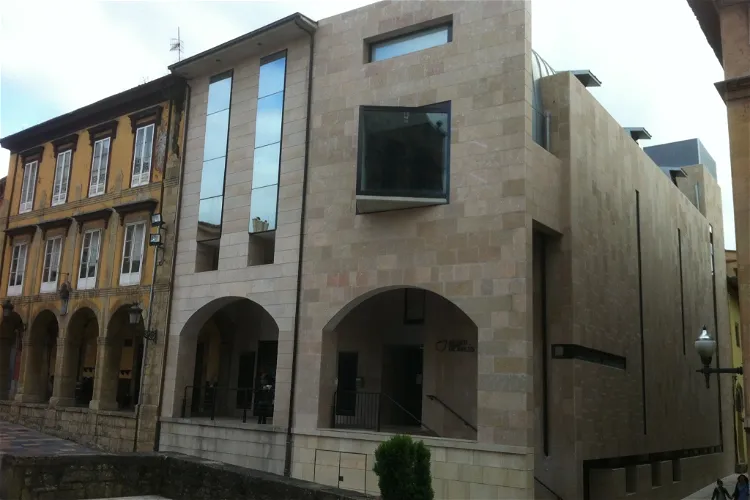
Museum of Avilés Urban History
AvilésThe Museum of Urban History of Avilés is situated within the city's historic-artistic complex. It is the first public space dedicated to the history of Avilés, a city in the Asturias region of Spain. The museum is designed to provide a chronological context of events that have shaped the development of the town over different periods, with a particular emphasis on the period from the granting of the charter by King Alfonso VI in 1085 to the present day.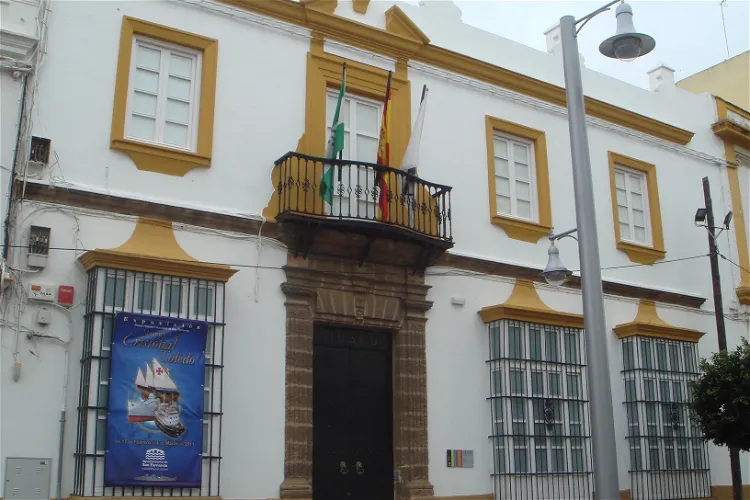
Museo Histórico Municipal de San Fernando
San FernandoThe Museo Histórico Municipal de San Fernando, founded in 1986, is situated on Calle Real. This location is significant as it is also home to other notable landmarks such as the town hall, the Church of San Pedro and San Pablo, the Church of El Carmen, the Castle of San Romualdo, the old Captaincy General and the Callejón Croquer. This central location makes the museum easily accessible for tourists and provides an opportunity to explore other historical sites in the vicinity.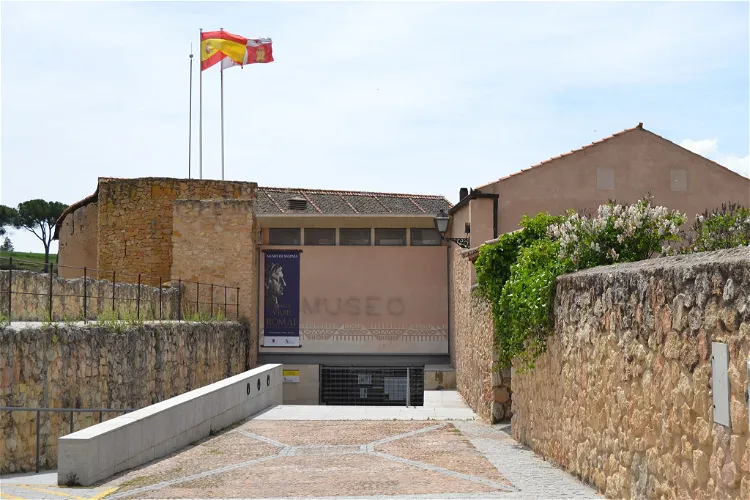
Museum of Segovia
SegoviaThe Museum of Segovia, located in the Casa del Sol in the capital of Segovia, is open from Tuesday to Saturday. The opening hours vary depending on the season. From October to June, the museum is open from 10 am to 2 pm and from 4 pm to 7 pm. During the summer months, from July to September, the museum is open from 5 pm to 8 pm.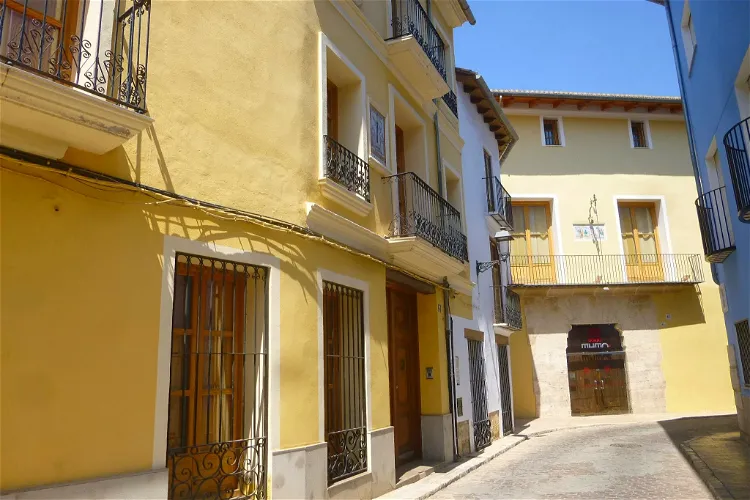
Municipal Museum
AlciraThe Municipal Museum of Alcira (MUMA) is a significant institution that gathers and presents the history of the city of Alcira and the Ribera Alta region. It provides a comprehensive overview of the area's past, making it an informative destination for tourists interested in local history and culture.
History and Archeology Museum Najerillense
NájeraThe Historical Archaeological Museum Najerillense is a museum dedicated to Archaeology, Ethnography, and Art. It is situated in Nájera, a city in the community of La Rioja, Spain. The museum offers a unique opportunity to explore the rich history and culture of the region through its diverse collections.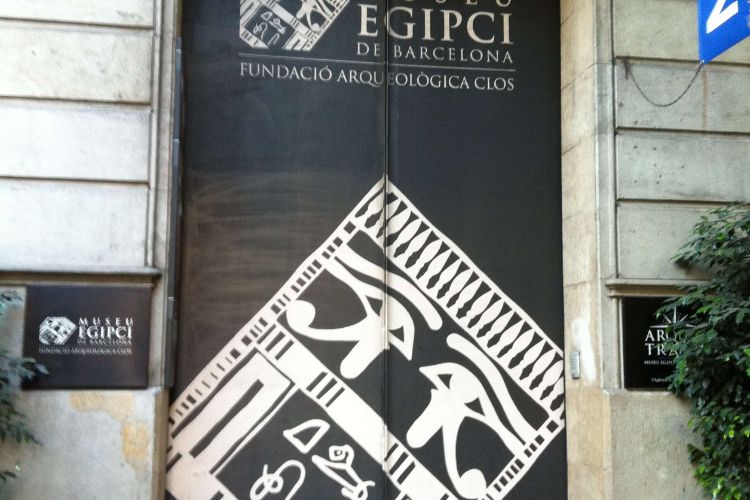
Museu Egipci de Barcelona
BarcelonaThe Museu Egipci de Barcelona houses a big collection of art and artifacts from Ancient Egypt.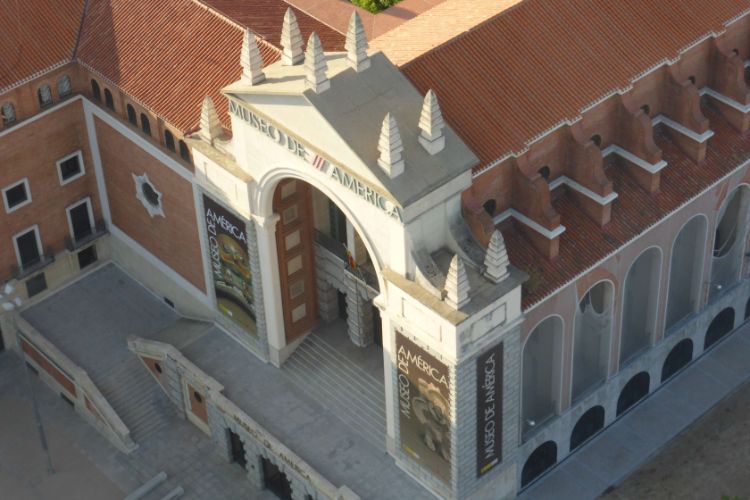
Museum of the Americas
MadridThe Museum of the Americas (Museo de América) is an anthropology museum in Madrid of which the main exhibition includes artistic, archaeological and ethnographic collections dedicated to American society, religion and communication dating back to Paleolithic period. The Museum of the Americas in Mad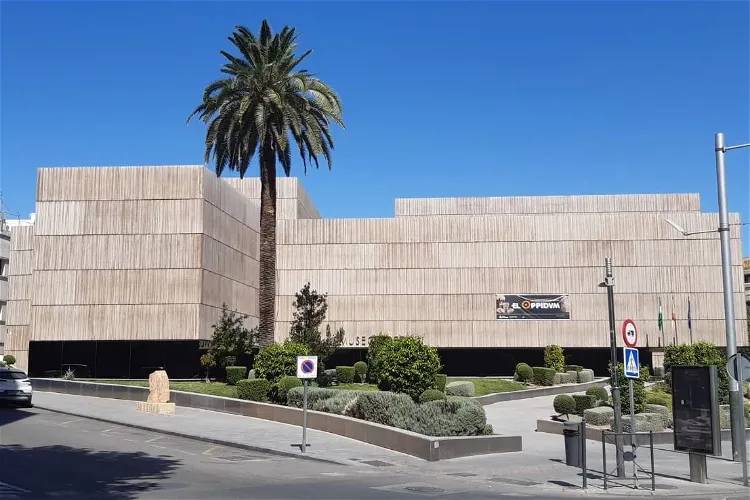
Iberian Museum
JaénThe Iberian Museum, situated in the city of Jaén, Spain, is home to an impressive collection of Iberian art. This collection primarily consists of pieces from the existing collection at the Jaén Museum and other funds, as well as new archaeological finds. The museum aims to become an international reference point for Iberian art.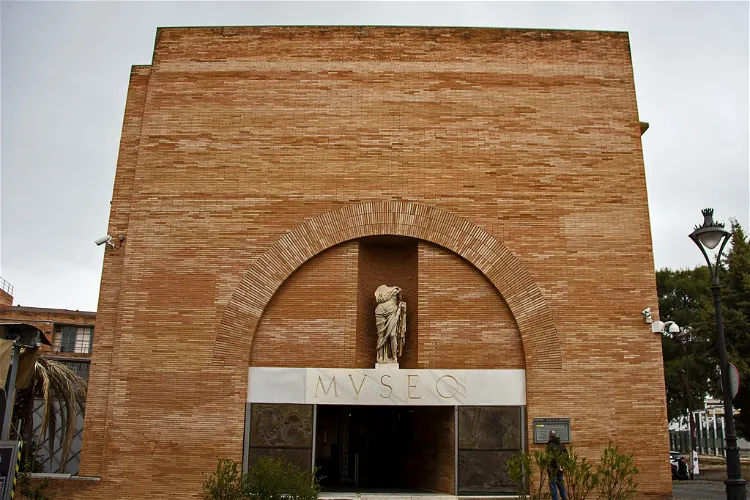
National Museum of Roman Art
MeridaThe National Museum of Roman Art, located in Merida, Spain, is a significant cultural institution that was inaugurated on September 19, 1986. The museum's building, a work of renowned architect Rafael Moneo, is a testament to the rich history and architectural prowess of the Roman era. Visitors to the museum can appreciate the architectural design of the building, which is a modern interpretation of Roman architecture.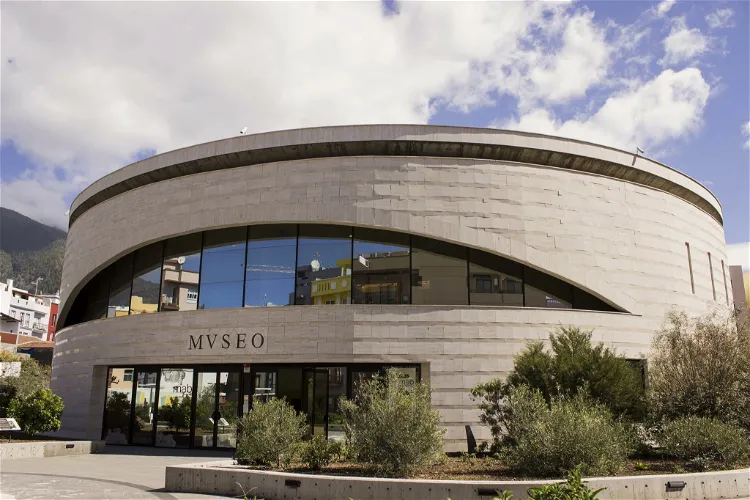
Benahoarita Archaeological Museum
Los Llanos de AridaneThe Benahoarita Archaeological Museum (MAB) holds a significant position as the most important archaeological institution on the island of La Palma, located in the Canary Islands, Spain. This museum is dedicated to showcasing the rich archaeological heritage of the island, making it a key destination for those interested in history and archaeology.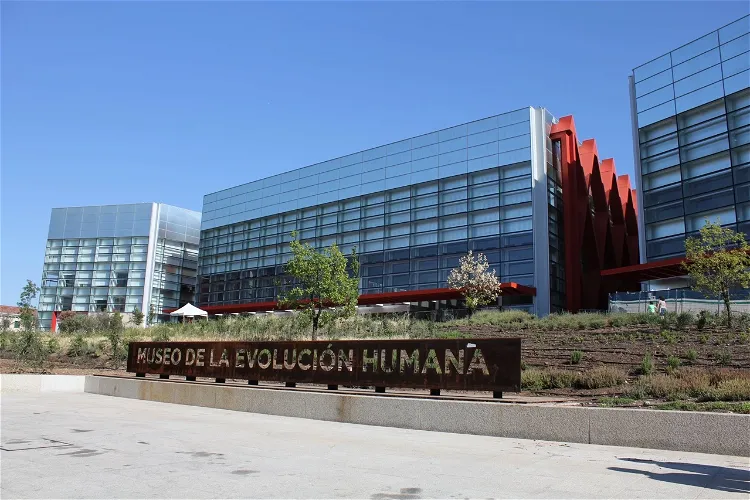
Museum of Human Evolution
ArlanzónThe Museum of Human Evolution is situated in the Spanish city of Burgos. It is located on the south bank of the river Arlanzón, providing a scenic location for visitors. The museum's location is easily accessible and offers a unique opportunity to explore the history of human evolution in a beautiful setting.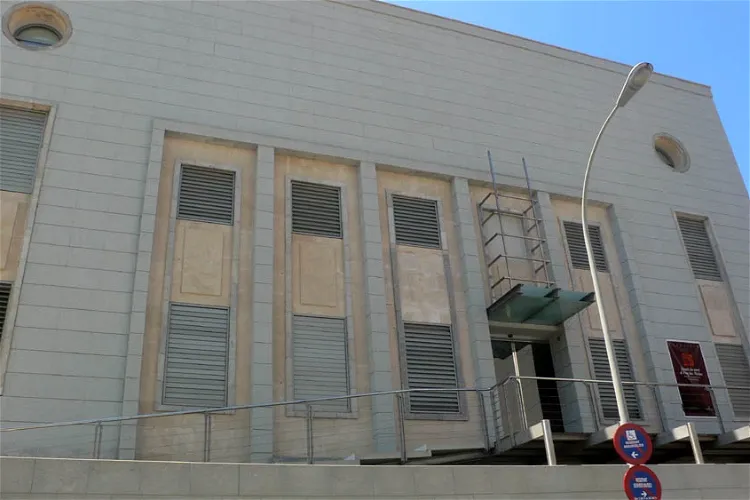
Ibiza and Formentera's Archaeological Museum
Dalt Vila - Old Town Ibiza CityMuseum opened in 1907, exhibits the remains of Ibiza and Formentera's historic past.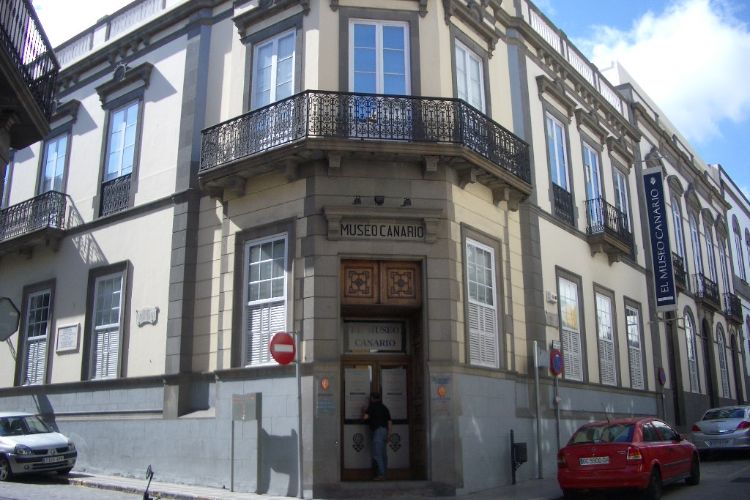
Canarian Museum
Las Palmas de Gran CanariaThe Canary Museum is a museum in Palmas de Gran Canaria that is located in the historic district of Vegueta. The museum is dedicated to and holds a collection solely on the Aboriginal population of Gran Canaria: a group of humans that came to this island from North Africa in the first centuries of o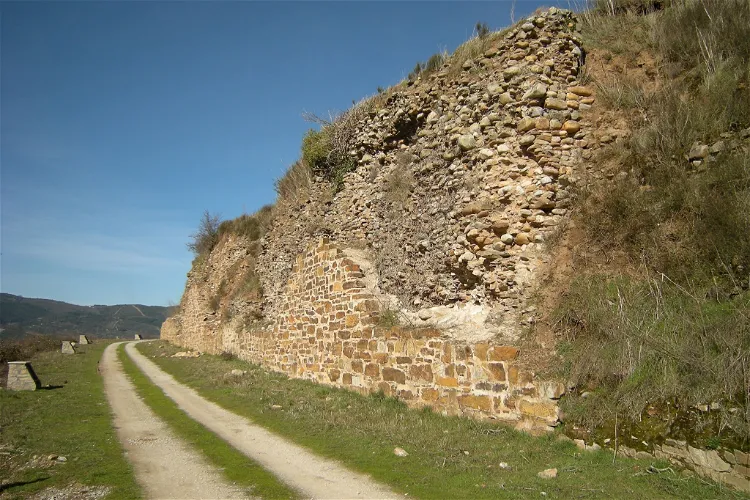
Museo Arqueológico de Cacabelos
CacabelosThe Museo Arqueológico de Cacabelos is conveniently located in the center of Cacabelos, aligning with the famous Camino de Santiago. The museum is situated on a street that is characterized by its Jacobean style, adding to the historical charm of the area. This location makes it an accessible and interesting stop for those walking the Camino de Santiago.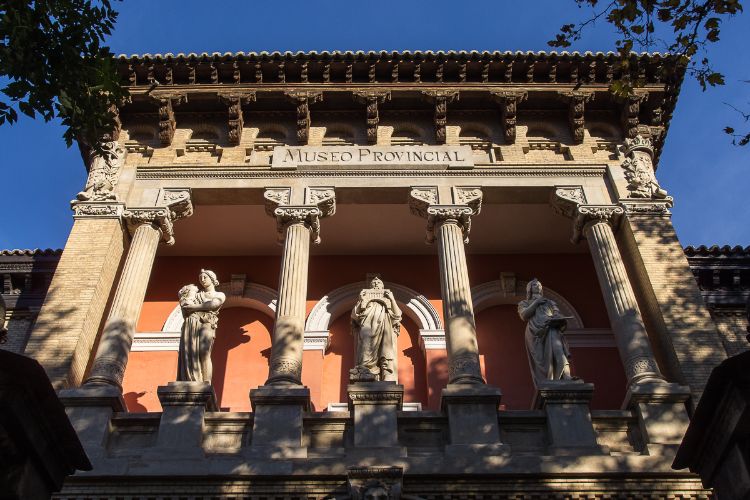
Museo de Zaragoza
ZaragozaThe Museum of Zaragoza (Museo de Zaragoza) is a Spanish national museum located in the city of Zaragoza, housed in a neo-Renaissance building built for the Hispano-French Exposition of 1908 by the architects Ricardo Magdalena and Julio Bravo. The museum holds a collection of notable works of archaeo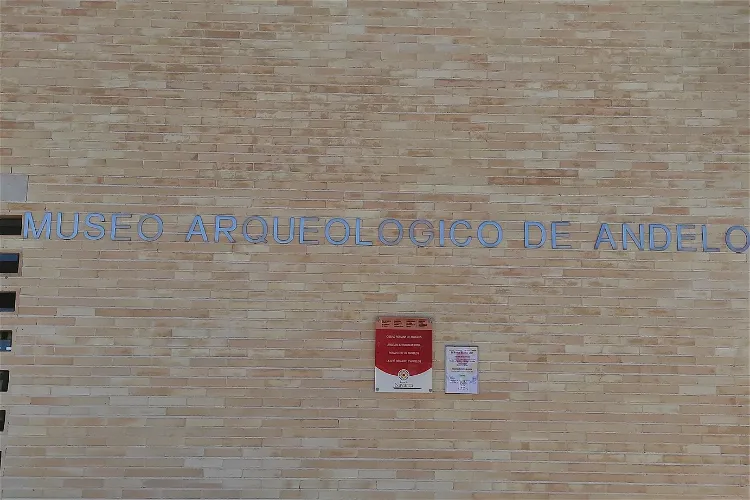
Andelos Archaeological Museum
MendigorríaThe Andelos Archaeological Museum is situated in the ancient Roman city of Andelo, in Mendigorría, Navarra. This location provides a unique setting for the museum, immersing visitors in the historical context of the exhibits.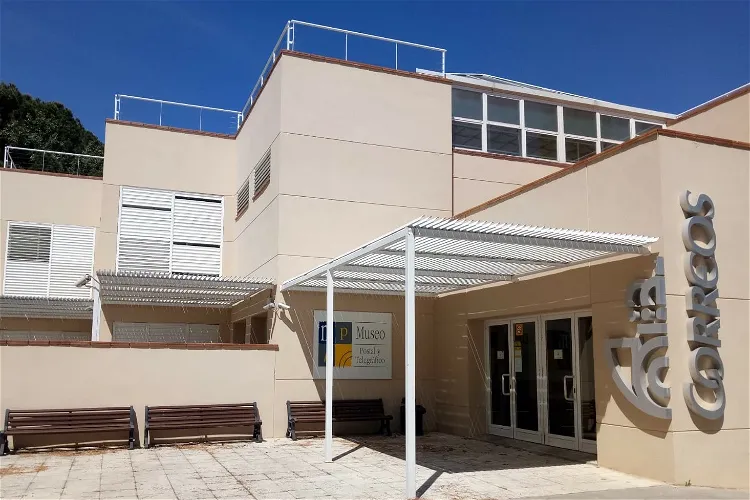
Museo Postal y Telegráfico
HúmeraThe Museo Postal y Telegráfico, located in Madrid, Spain, provides a comprehensive look into the history, origin, and evolution of postal and telegraphic communications. It also delves into the history of philately, showcasing stamps from Spain and the world dating back to the late 18th century. Additionally, the museum features exhibits on telephony, with pieces from the 19th and 20th centuries.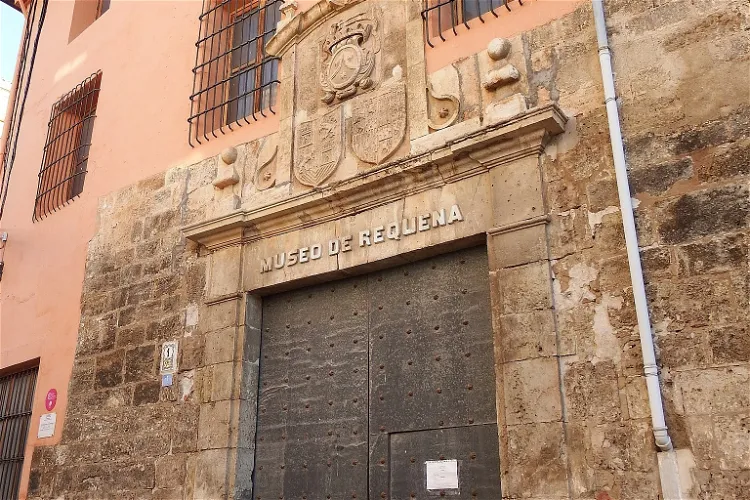
Municipal Museum of Requena
RequenaThe Municipal Museum of Requena, established in 1968, is housed in the historic convent of El Carmen. This location adds a layer of historical significance to the museum, making it a fascinating destination for those interested in the rich past of the region.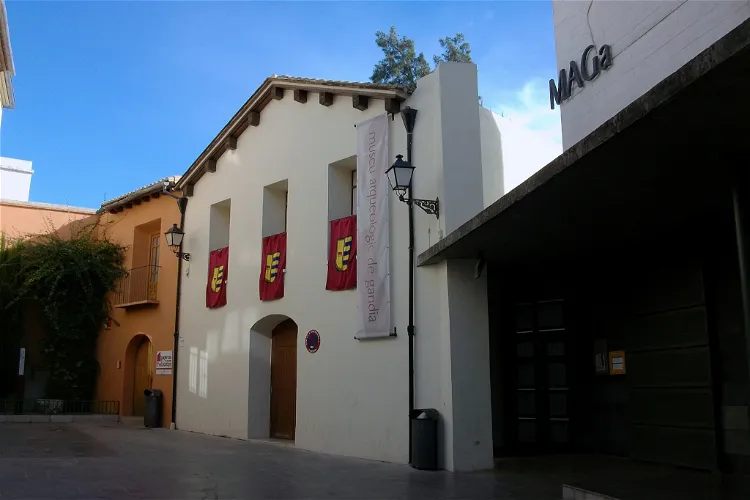
Archaeological Museum of Gandia
GandíaThe Archaeological Museum of Gandia is a significant cultural institution located in the city of Gandia, within the Valencian Community of Spain. It serves as a repository for the archaeological heritage of the Safor region, making it a valuable destination for those interested in history and archaeology.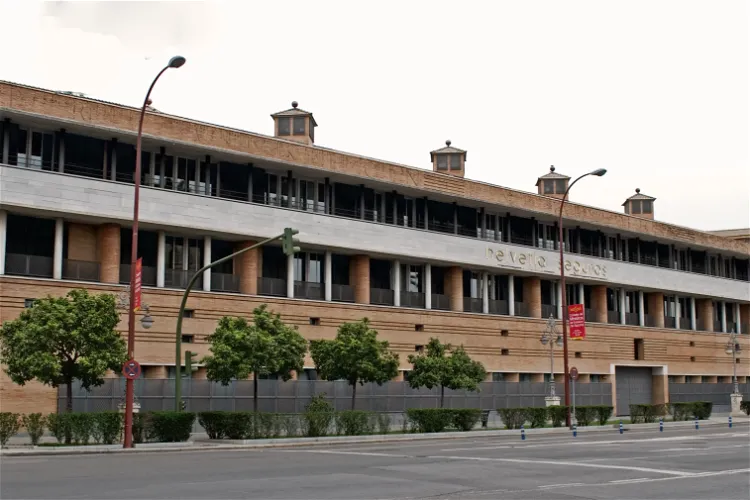
Bank of Spain Building
JaénThe Moneo Building is a unique architectural structure, characterized by its large cubic volume and a succession of steel and concrete volumes within others. It is a robust and impregnable building, with thick walls. The exterior facade is almost entirely covered by Red Alicante marble with a rough finish, providing a striking contrast to the grayish entrance where the name 'Bank of Spain' is inscribed. This unique design and structure make it a point of interest for tourists.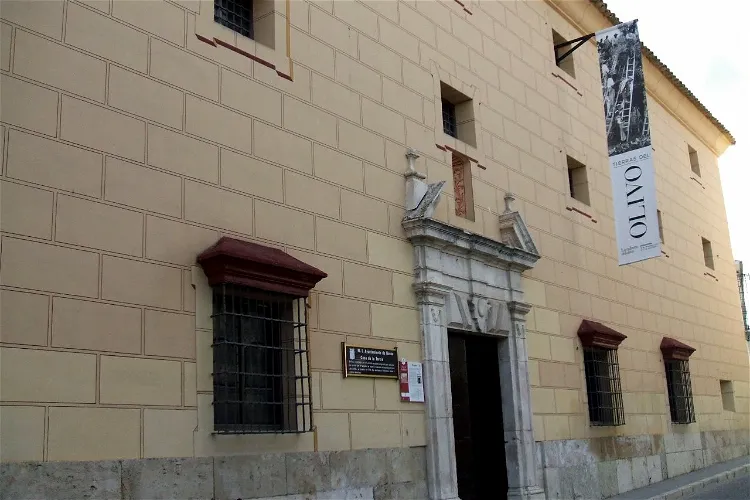
History and Archaeology Museum
BaenaThe Historical and Archaeological Museum of Baena is a municipal museum situated in the city of Baena, in the province of Córdoba, Spain. It is a significant cultural institution that offers a deep dive into the rich history and archaeology of the region.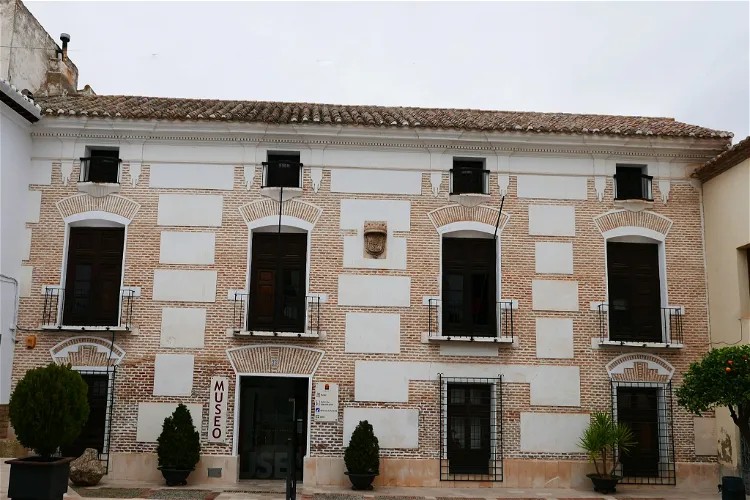
Velezano County Museum "Miguel Guirao"
Vélez-RubioThe Velezano County Museum Miguel Guirao is situated in the charming municipality of Vélez-Rubio, within the province of Almería, Spain. This location offers visitors a chance to explore the rich history and culture of the region while enjoying the beautiful surroundings of Vélez-Rubio.
Museo del Foro de Caesaraugusta
ZaragozaMuseo del Foro de Caesaraugusta (The Forum Museum of Caesaraugusta) is a museum in Zaragoza that exhibits the remains of the forum of the ancient Roman city of Caesaraugusta. It is located under the Plaza de la Seo. The museum exhibits archaeological remains excavated during 1988 and 1989 belonging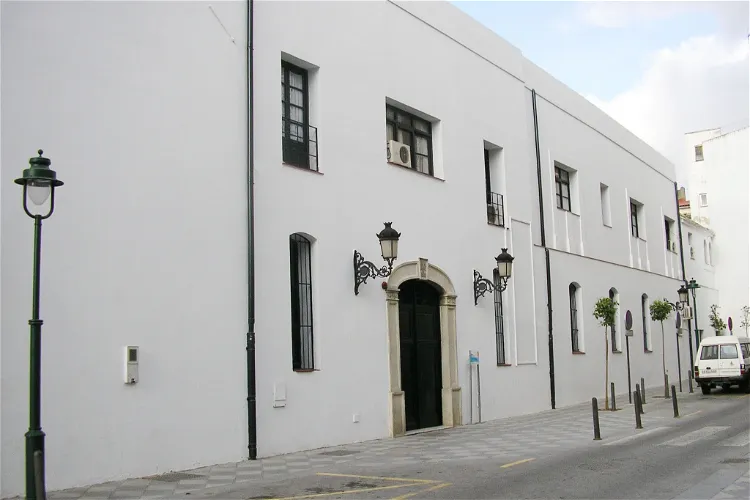
Municipal Museum of Algeciras
AlgecirasThe Municipal Museum of Algeciras, also known as Museo Municipal de Algeciras, is situated in Algeciras, Spain. It is conveniently located at the northern end of the Parque de las Acacias de Algeciras, making it easily accessible for tourists visiting the park.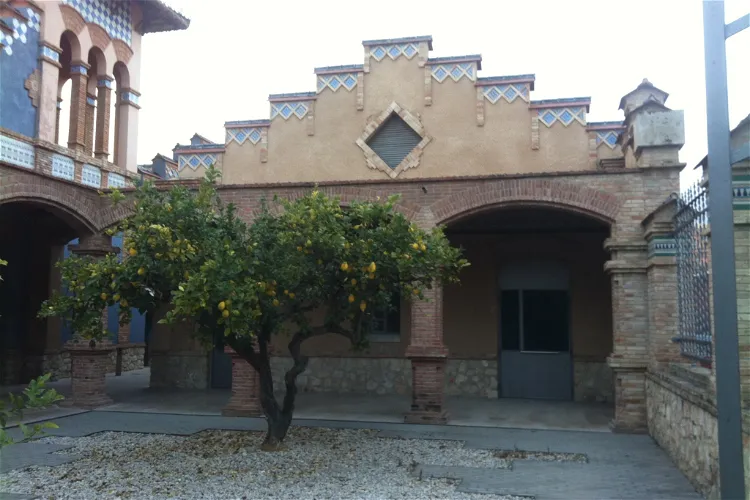
Tortosa Museum
TortosaThe Tortosa Museum, a cultural facility, was inaugurated in 2012. It is the successor of the old museum that was established in 1900 based on the discoveries of the architect Joan Abril i Guanyabens. This historical connection adds a layer of depth to the museum's significance, making it a place where visitors can appreciate not only the exhibits but also the rich history of the institution itself.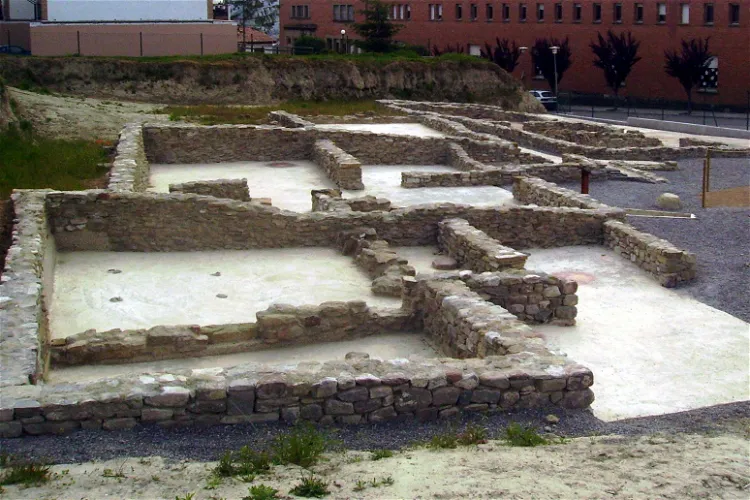
El Camp de les Lloses Interpretation Centre and Site
TonaEl Camp de les Lloses is a historical site that was once a Roman settlement. It is located in the area around present-day Tona, a town in the Osona region of Catalonia, Spain. The settlement was founded between the 2nd and 1st centuries BC, making it a significant part of the region's ancient history.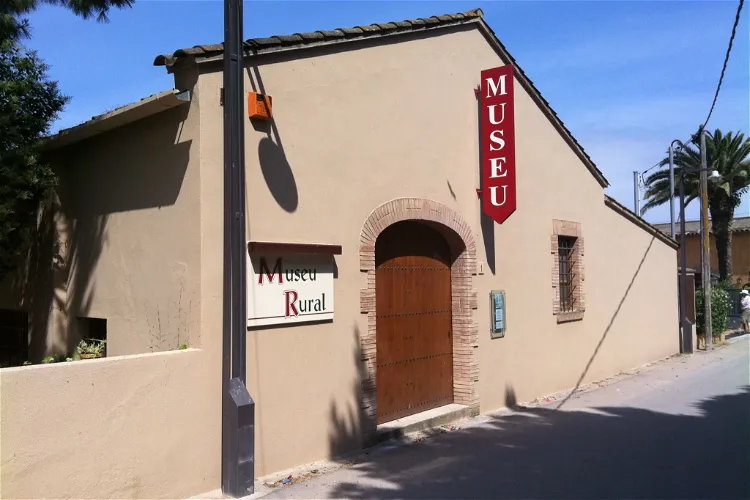
Rural Museum
Palau-satorPalau-sator is a quaint town located in the province of Girona, within the Autonomous Region of Catalonia. This municipality is not just a single town, but also encompasses the charming villages of Fontclara, Sant Feliu de Boada, Sant Julià de Boada, and Pantaleu. Each of these villages has its own unique character and history, making them interesting places to explore for tourists.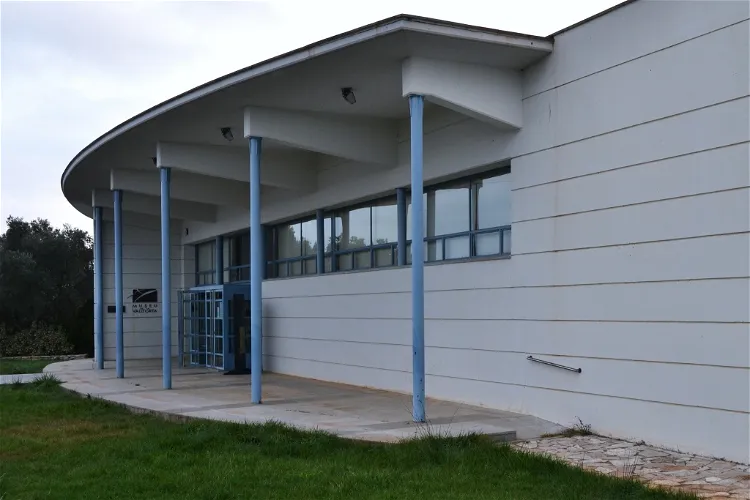
Valltorta Museum
TírigThe Valltorta Museum, officially known as Museu de la Valltorta in Valencian, is situated in the town of Tírig. It was established in 1994 by the Valencian Government with the aim of conserving, studying, and disseminating the rock art of the Valencian Community. The museum building was designed by architects Miguel del Rey Aynat and Íñigo Magro de Orbe and is located in the Pla de l'Om area, within the municipal boundaries of Tírig, Castellón Province, Spain.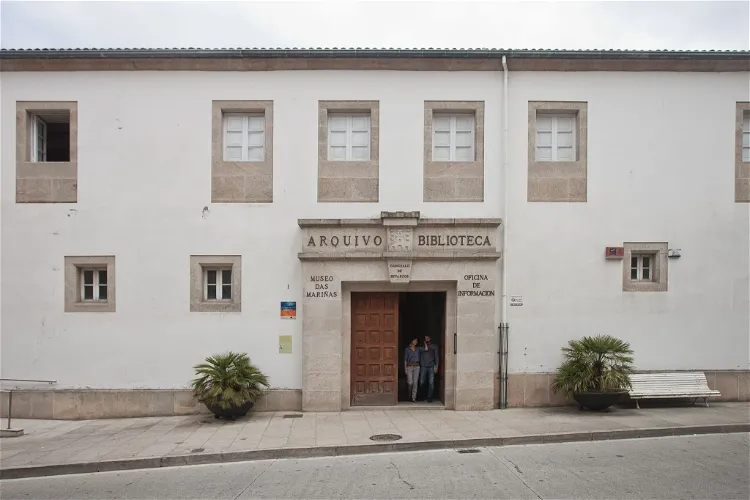
Museo das Mariñas
BetanzosThe Museo de las Mariñas is a museum of history and ethnography situated in the Spanish town of Betanzos. It is dedicated to the regions of the Mariñas Coruñesas, offering a deep dive into the history and culture of these areas. The museum is housed in the former Santo Domingo convent, a building with its own rich history dating back to the 16th century.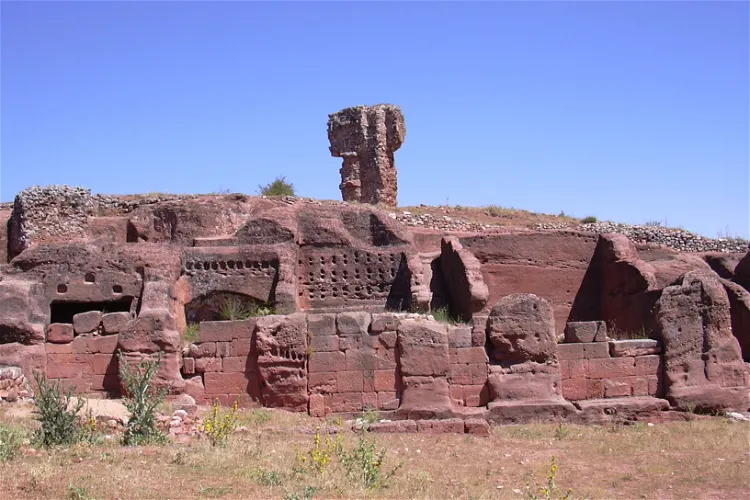
Museo Monográfico de Tiermes
Montejo de TiermesThe Museo Monográfico de Tiermes is a museum situated in Montejo de Tiermes, Soria, Spain. It forms part of the Yacimiento-Museo de Tiermes, a significant archaeological site. The museum is dedicated to collecting and displaying archaeological materials from the excavations of the Celtiberian, Roman, and medieval city ruins of Tiermes.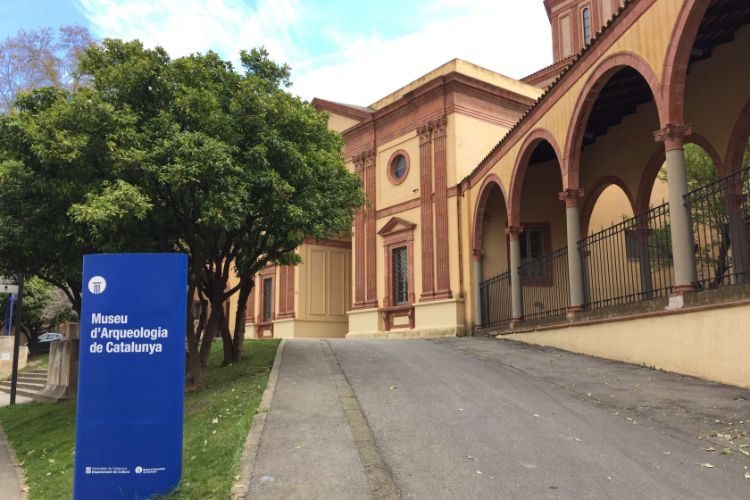
Museum of Archaeology of Catalonia
BarcelonaThe building of the Museum of Archaeology of Catalonia in Barcelona was designed by Pelagi Martínez i Patricio. The museum is structured into five different spaces: prehistory; protohistory, the Greek and Phoenician colonisations; the Roman Empire; and the Visigoths, the beginning of the medieval pe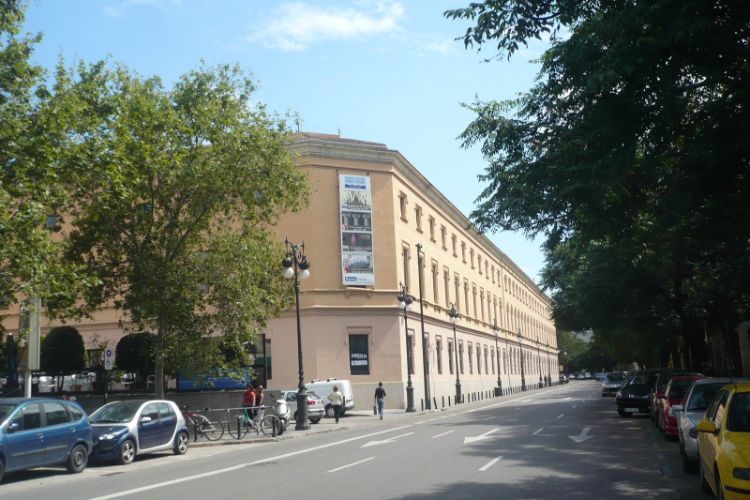
Museu de Prehistoria de Valencia
ValenciaThe Prehistory Museum of Valencia (Museu de Prehistoria de Valencia) is a history museum in Valencia that is housed in part of the old Casa de la Beneficencia, a building built in 1841. The museum exhibits archaeological materials from the Palaeolithic period to the Visigothic period. The museum fea
Museu d'Història de València
ValenciaMuseu d'Història de València (The Valencia History Museum) is housed in what once was the first reservoir of drinking water in the city. The museum is dedicated to the development of the history of Valencia. The Valencia History Museum hold archaeological, artistic and cultural municipal collection
Oppidum Íbero Bridge Tables
JaénThe Oppidum Íbero de Puente Tablas is a significant Iberian archaeological site located in Puente Tablas, a part of Jaén municipality in Spain. It is considered one of the most important national sites from the Iberian period. The site is situated on the right bank of the Guadalbullón River, in the Eastern Campiña. It currently enjoys legal protection as a Site of Cultural Interest, with the category of Archaeological Zone.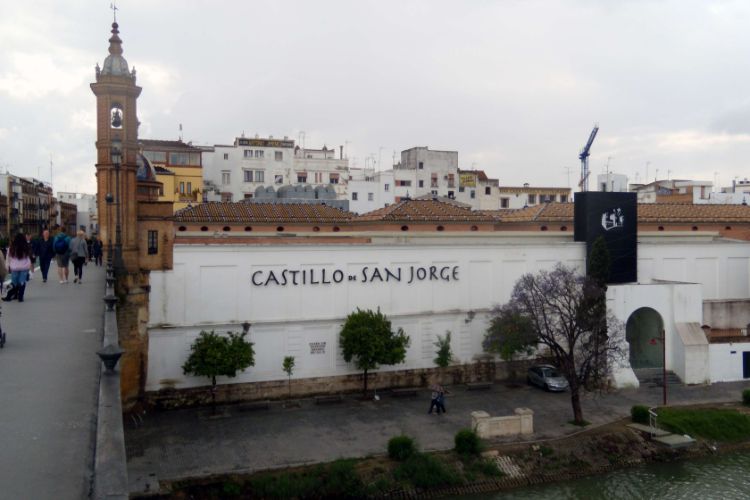
Museo del Castillo de San Jorge
SevilleMuseo del Castillo de San Jorge is a history museum in Seville where visitors can learn about the darkest times of the Spanish Empire. The museum is dedicated to the Spanish Inquisition. It is housed in the medieval fortress where its first council was held and which later served as its headquarters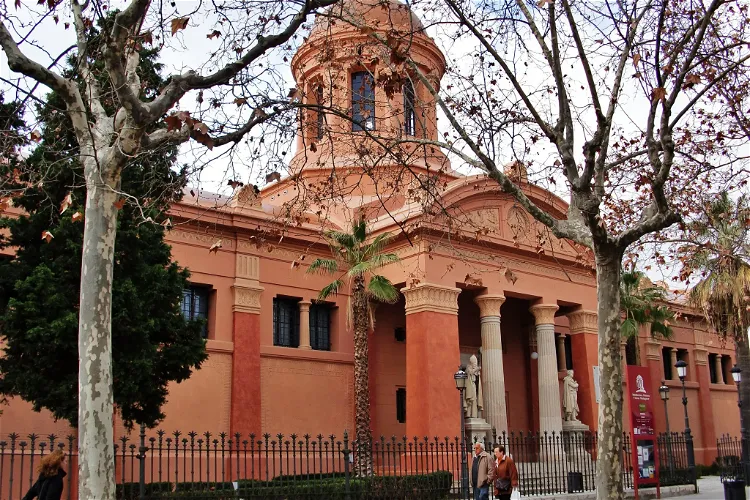
Biblioteca Museu Víctor Balaguer
Vilanova y GeltrúThe museum is home to the legacy of its founder, Víctor Balaguer. This includes a vast collection of books and various works of art that he amassed throughout his life. Visitors can explore a wide range of paintings, sculptures, ceramic and glass pieces, and ethnographic objects from distant cultures.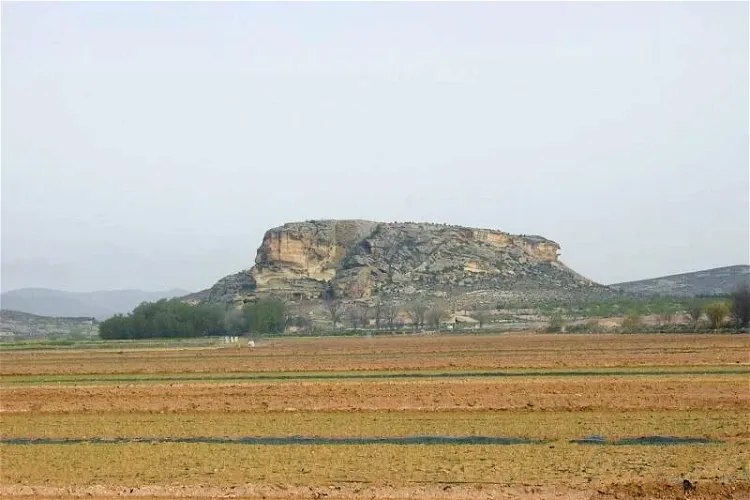
Tolmo de Minateda
HellínThe Tolmo de Minateda is an archaeological site situated in Hellín, Albacete, Spain. It has been under excavation since 1988 by a joint team from the University of Alicante and the Albacete Provincial Museum. This site offers a unique opportunity for tourists to explore the rich history and archaeological findings of the region.
Murcia Cathedral Museum
MurciaThe Museum of the Cathedral of Murcia is a museum that is part of the building of the cathedral. It was created by desire of Bishop Miguel de los Santos and inaugurated in 1956. The museum occupies the Chapter House and the old Gothic cloister of the mid-fourteenth century, and exhibits various arti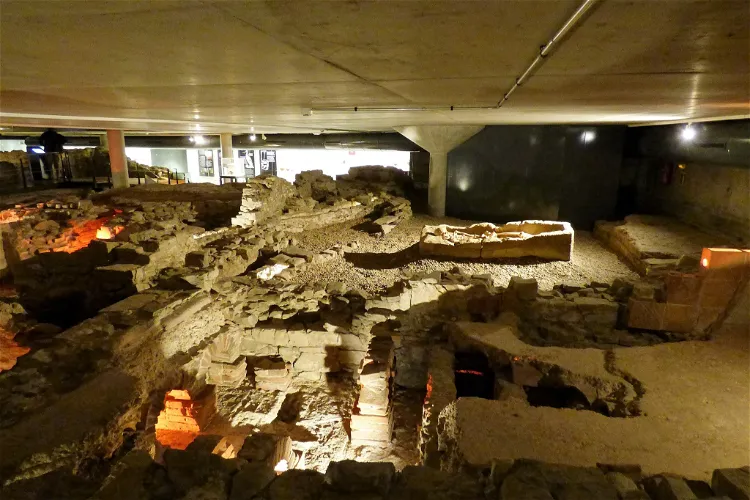
Campo Valdés Roman Baths
GijónThe Campo Valdés Roman Baths, located in the Cimadevilla neighborhood of the Asturian town of Gijón, are a significant historical site. These public baths from the Roman era offer a glimpse into the past and are an integral part of the city's rich history.
Museum of St Isidoro
LeónThe Museum of the Royal Collegiate of San Isidoro is situated within the Basilica of San Isidoro in León. This location provides a unique setting for the museum, combining historical architecture with a rich collection of artifacts.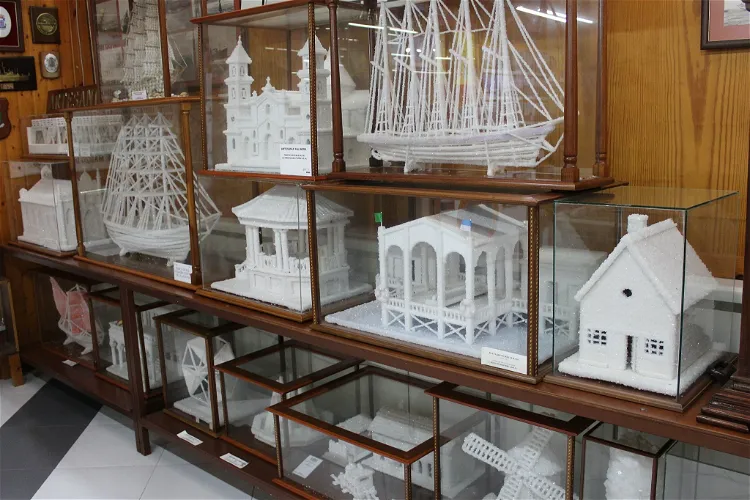
Sea and Salt Museum
TorreviejaThe Sea and Salt Museum in Torrevieja, located in the province of Alicante, Spain, is an ethnological museum that was inaugurated in 1995. It is dedicated to the maritime and salt heritage of Torrevieja, showcasing the city's rich history and culture. The museum's exhibits provide a deep insight into the city's past, making it a fascinating destination for those interested in history and culture.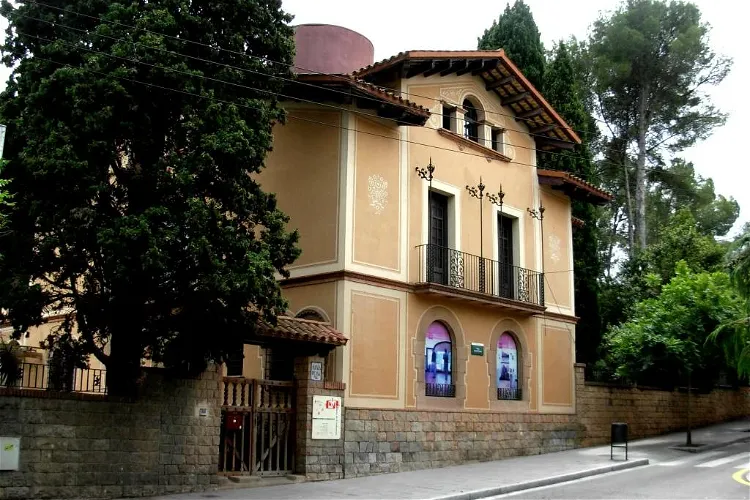
Cerdanyola Museum
Cerdanyola del VallésThe Cerdanyola Museum, situated in the Vallés Occidental region of Catalonia, is not confined to a single building. Instead, it comprises a collection of spaces scattered throughout the town. This unique approach allows visitors to explore the town and its history in a more immersive way, as the museum is essentially the territory itself.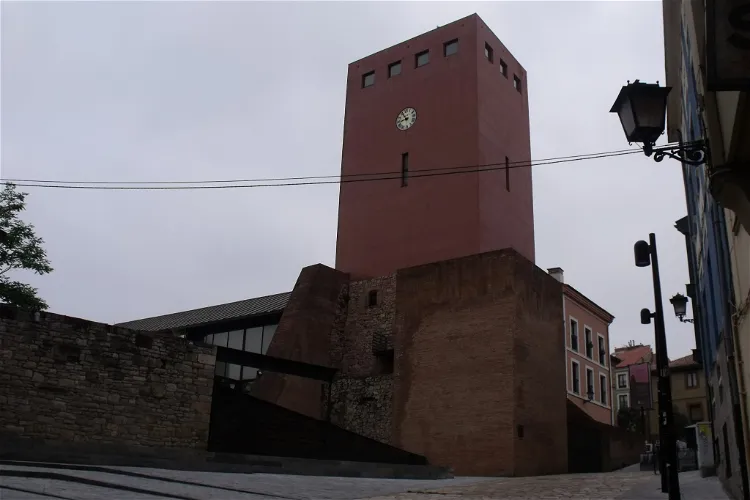
Torre del Reloj
GijónLa Torre del Reloj, a building dating back to 1572, is situated in the Cimadevilla neighborhood of Gijón, Asturias, Spain. The tower was reconstructed in 1989 at the same location with the initial intention of it serving as a museum and a viewpoint over the city. However, it is not currently used for this purpose.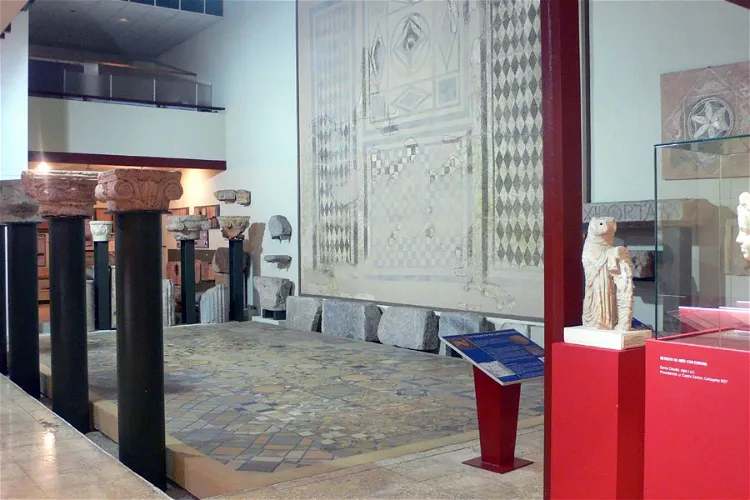
Municipal Archaeological Museum of Cartagena
CartagenaThe Municipal Archaeological Museum of Cartagena is an institution that focuses on the preservation, study, and display of archaeological objects from the municipality of Cartagena in the Region of Murcia, Spain. It is part of the Regional Network of Museums of Murcia. The museum's collections span from the Middle Paleolithic period to almost the present day, with a particular emphasis on Roman artifacts due to the significant impact of Romanization on the city of Cartagena.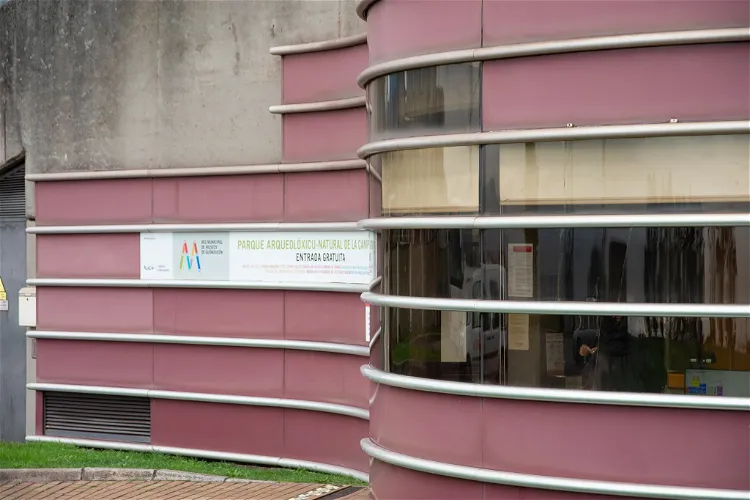
Campa Torres Archaeological-Natural Park
GijónThe Archaeological-Natural Park of La Campa Torres is rich in historical significance, housing various archaeological sites. Among these is the oppidum Noega, an ancient castro where the cilúrnigos lived. Visitors can explore these installations and gain insights into the lives of the ancient inhabitants of the region.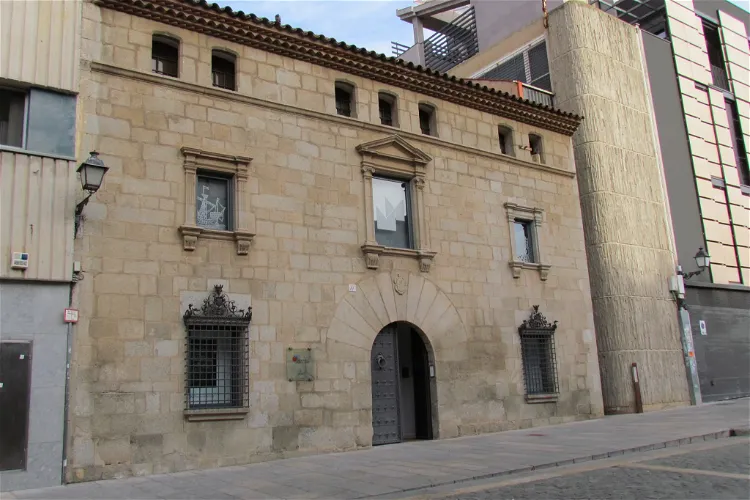
Mataró Museum
MataróThe Mataró Museum is a Spanish museum institution located in Mataró, a city in the Maresme region of Barcelona. The museum's headquarters are in Can Serra, a building constructed in 1565 that showcases the Renaissance architectural style. This historical building adds a unique charm to the museum, making it a fascinating place for tourists interested in history and architecture.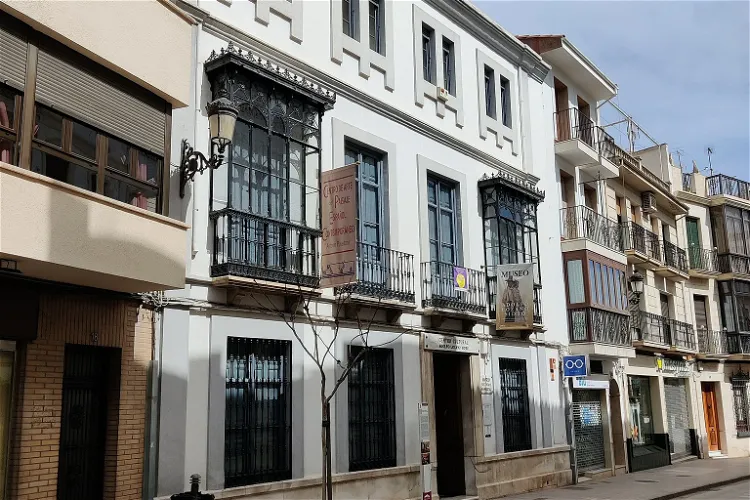
Adolfo Lozano Sidro House Museum
Priego de CórdobaThe Municipal Historical Museum of Priego de Córdoba is a cultural institution managed and owned by the local municipality. It is situated in the town of Priego de Córdoba, in the province of Córdoba, Spain. The museum offers a unique opportunity to explore the rich history and culture of the region.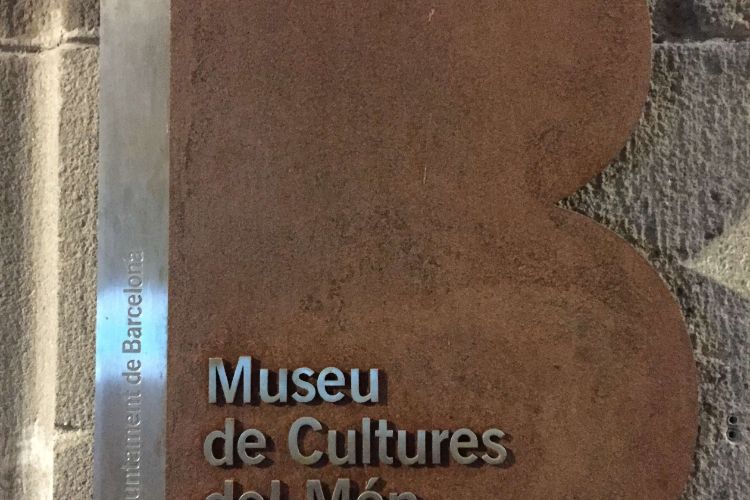
Museum of World Cultures
BarcelonaThe Museum of World Cultures showcases the artistic and cultural diversity of the peoples of Africa, Asia, America and Oceania. The museum brings together a selection of more than 30,000 objects from the Ethnology Museum and 2,356 works from the Folch Collection, the most important non-Western art c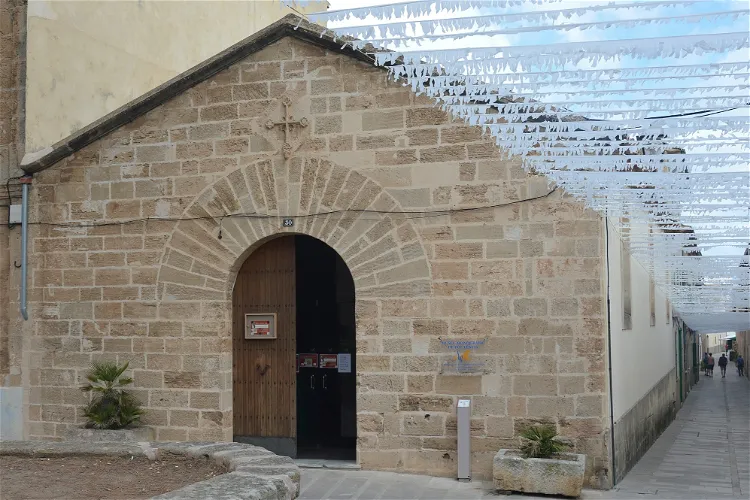
Pollentia Monographic Museum
AlcudiaA small museum located in a 14th century building. It exhibits archaeological excavations.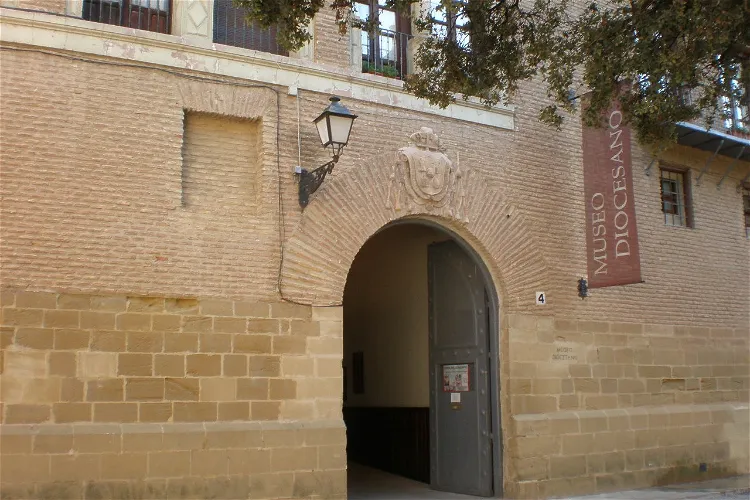
Diocesan Museum of Huesca
HuescaThe Diocesan Museum of Huesca is a sacred art museum that operates under the jurisdiction of the Bishopric of Huesca and the Chapter of the Cathedral of Huesca. This museum is a significant part of the city's historical and cultural heritage, offering visitors a unique insight into the religious art and history of the region.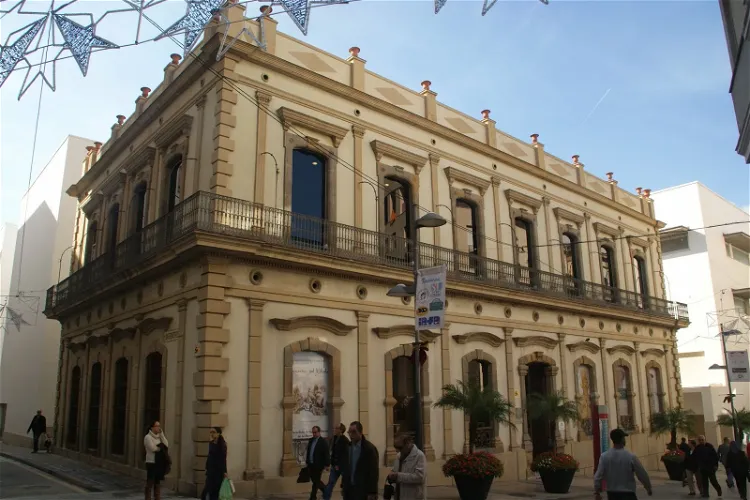
Museum of the Ravelin
CeutaThe Museum of Ceuta, also known as the Museum of the Ravelin, is situated in the city of Ceuta, Spain. The museum is housed in the former Military Pavilion of the Ravelin Barracks, a historic building that adds to the overall charm and appeal of the museum. Visitors can expect to see a variety of archaeological pieces from the region of the Strait of Gibraltar, spanning from the Ancient Age to the Early Modern Age.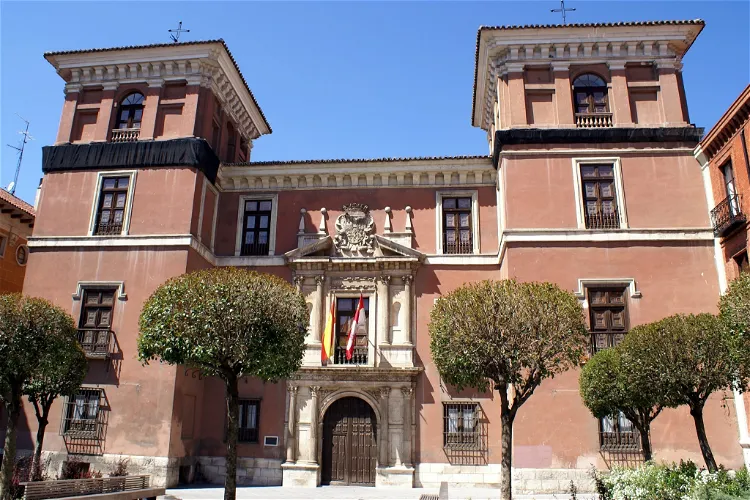
Fabio Nelli Palace
ValladolidThe Palacio de Fabio Nelli, located in Valladolid, Spain, is a significant Renaissance building. Historians and critics regard it as a prime example of the city's classical civil architecture. The palace's construction, which lasted for about twenty years, was influenced by the good relations between the sponsor, banker Fabio Nelli, and the architect Pedro of Mazuecos El Mozo. The palace's facade, playground, and stairs epitomize this type of architecture in Valladolid.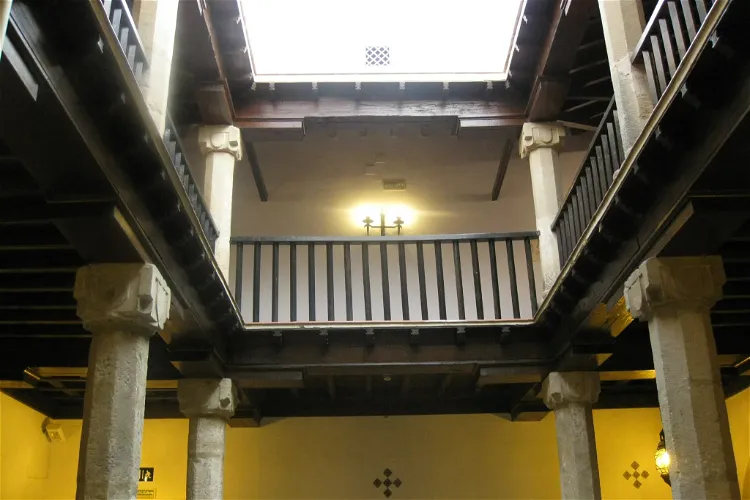
Archaeological Museum of Ubeda
ÚbedaThe Archaeological Museum of Úbeda, situated in the city of Úbeda in the province of Jaén, Spain, is a museum dedicated to the exhibition and study of archaeological pieces. This museum provides a unique opportunity for visitors to delve into the rich history and culture of the region through its extensive collection of archaeological artifacts.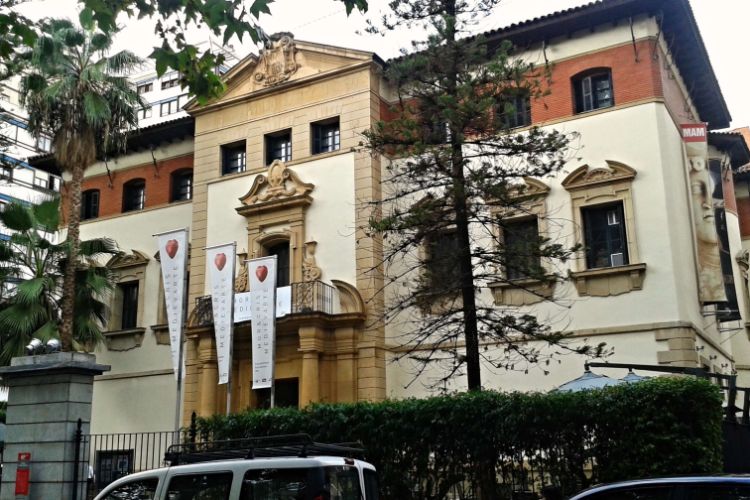
Museo de Arqueología
MurciaThe Archaeological Museum of Murcia (Museo de Arqueología, MAM) is a history museum in Murcia, which is home to 16 exhibition rooms with archaeological remains from different sites in the Region. On the ground floor the objects of Prehistory (from the Paleolithic to the Bronze Age) are exhibited, wh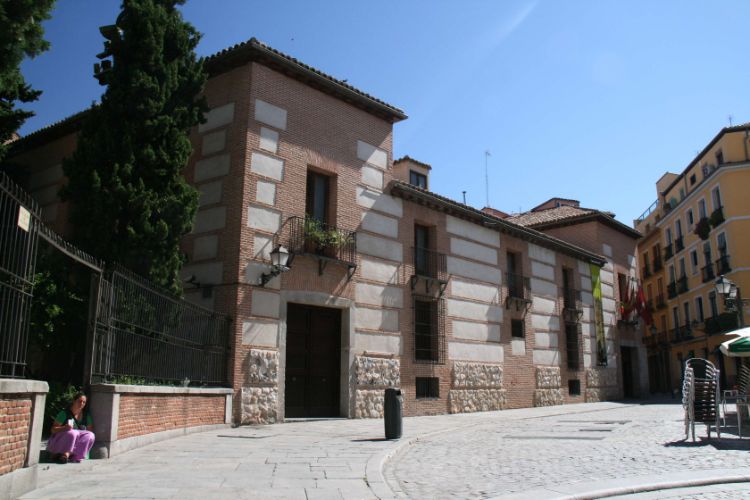
Museo de San Isidro
MadridThe Museum of San Isidro, or the Museum of the Origins of Madrid is a cultural institution that holds and displays a collection that finds its foundation in the collection of the former Archaeological Institute and the Municipal Museum of Madrid. The museum illustrates the history of the city from p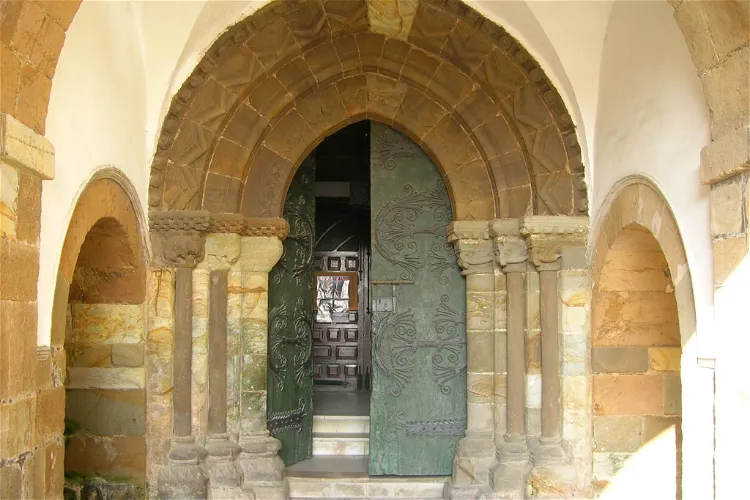
Sacred Art Museum of Tineo
TineoThe Sacred Art Museum of Tineo is a unique destination for art enthusiasts and history buffs alike. Situated in Tineo, Asturias, Spain, the museum is home to a vast collection of sacred art. The museum's location adds to its charm, as it is housed in a 14th-century Roman Catholic Church, known as the Convento de San Francisco del Monte.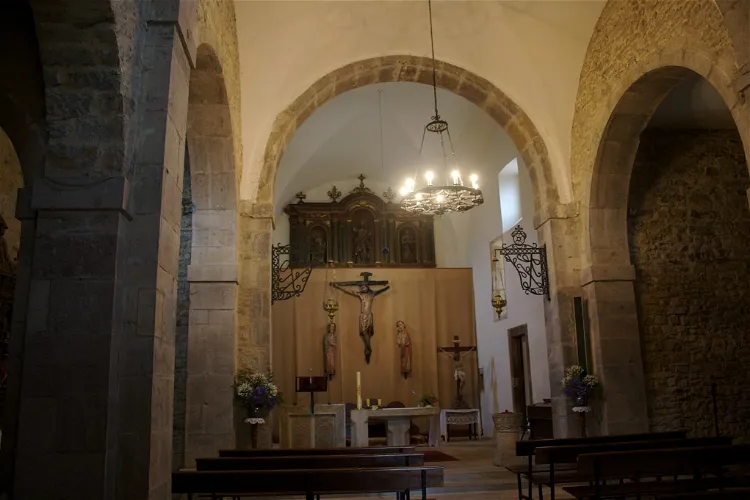
Museo Prerrománico de Santianes
PraviaThe museum houses a collection of Preromanesque artifacts discovered during the restoration of the Church of San Juan. These objects provide a fascinating insight into the history of the Asturian monarchy, offering visitors a chance to delve into the past and learn about the region's royal heritage.
Archaeological Museum of Biscay
BilbaoThe Archaeological Museum of Biscay (Arkeologi Museoa) is dedicated to the history of the provence of Biscay and aims to connect the past with today's society. The exhibition area of two floors shows the history of the province through the traces left by its inhabitants from prehistory to recent tim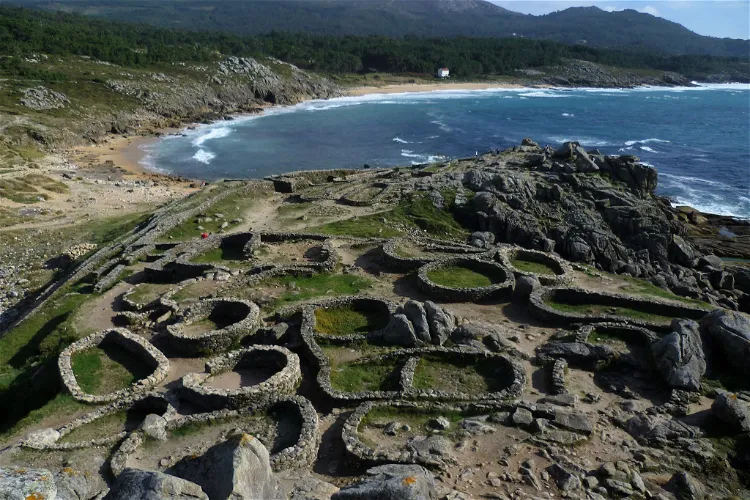
Castro de Baroña
Porto do SonThe Castro de Baroña is a historical site located in the parish of Baroña, a municipality of Porto do Son in the province of A Coruña, Galicia, Spain. This Iron Age fortified settlement is situated at the GPS coordinates 42°41'41.40"N 9°1'57.10"W. It offers a unique glimpse into the past, showcasing the architectural and cultural aspects of the Iron Age.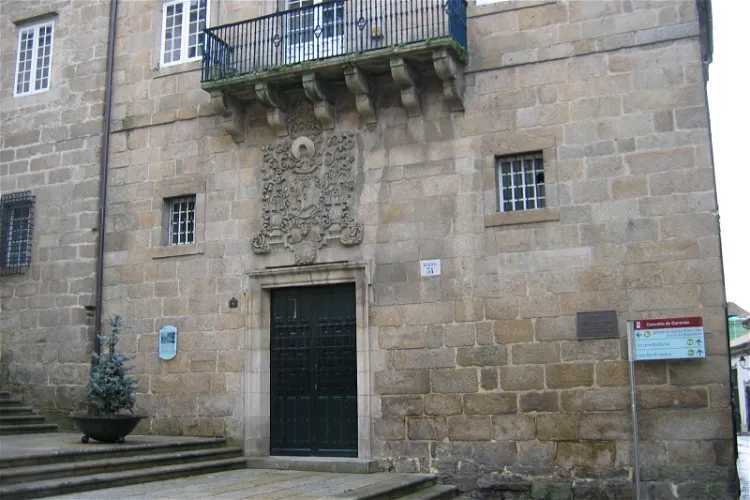
Museo Arqueolóxico Provincial de Ourense
OurenseThe Museo Arqueológico Provincial de Orense is a provincial museum situated in the city of Orense. Its primary focus is to narrate the history and culture of the region. The museum is a great place for tourists who are interested in learning about the history and culture of Orense and its surrounding areas.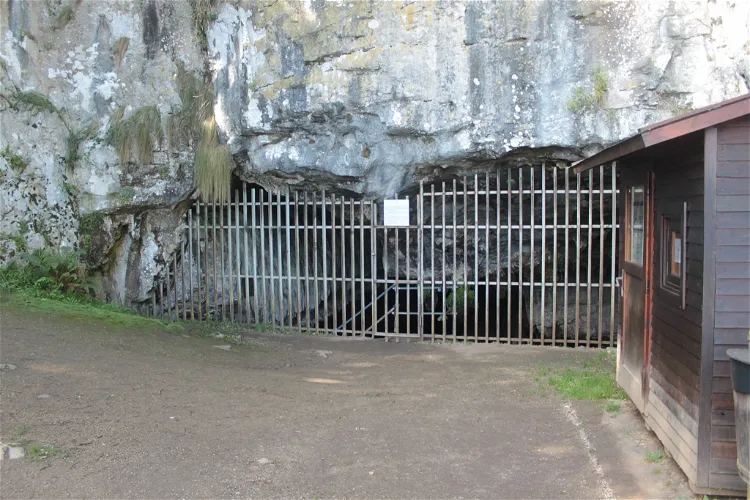
Cave Pindal
RibadedevaLa cueva del Pindal, a prehistoric cave, is situated in the northern part of Spain, near the town of Pimiango in Ribadedeva. This location is at the eastern end of the Principality of Asturias. The cave is a significant historical site that offers a glimpse into the prehistoric era.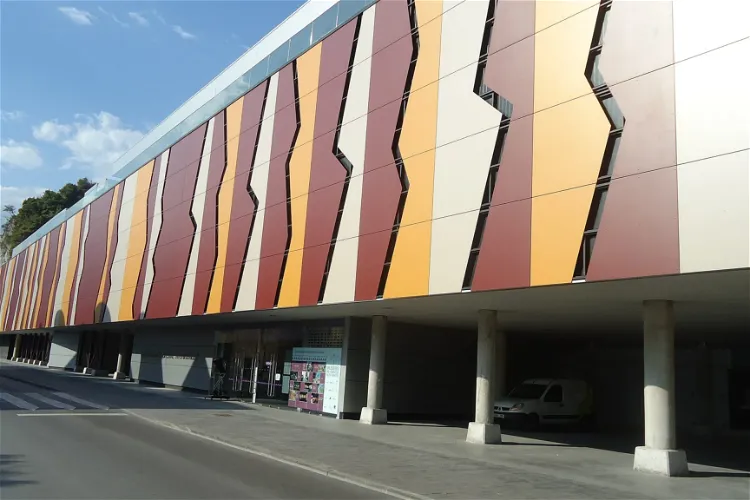
Rock Art Center of Tito Bustillo
RibadesellaThe Tito Bustillo Cave, also referred to as Ramu Cave, is a significant prehistoric site situated in the quaint town of Ribadesella, within the autonomous community of Asturias in Spain. This cave is a testament to the rich history of the region, offering a glimpse into the lives of the Neanderthals and Homo sapiens who once inhabited it.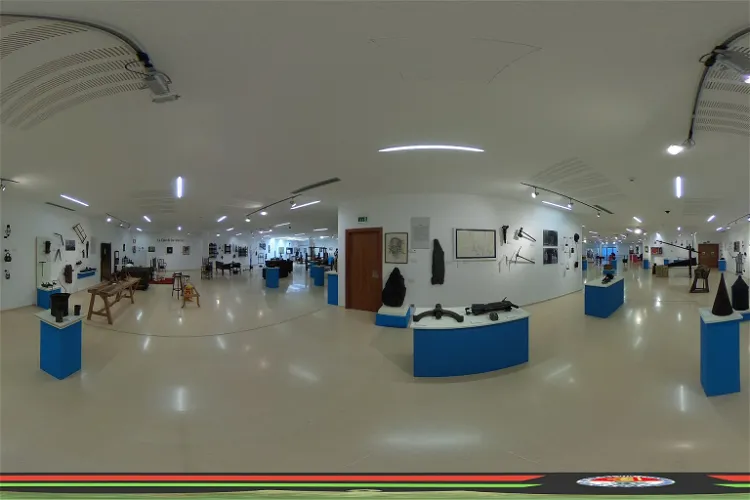
Alto Bierzo Museum
BembibreThe Alto Bierzo Museum, located in Bembibre, Castilla y León, Spain, was established on June 26, 1987. The museum's mission is to showcase the historical heritage of Alto Bierzo, including traditional customs, domestic and agricultural tasks, and various trades and crafts. It houses a wide range of materials, including archaeological, historical, and ethnographic items, all related to Alto Bierzo and its sphere of influence. The museum is dedicated to promoting the knowledge, study, and dissemination of these materials.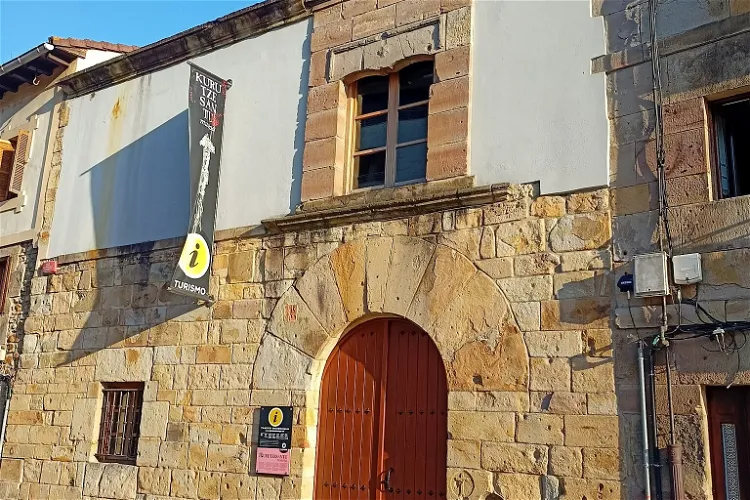
Kurutzesantu Museum
DurangoThe Kurutzesantu Museum, situated in Durango, Biscay, Spain, is home to the Kurutziaga Cross. This Gothic cross, believed to have been created in the 15th–16th centuries AD, is a significant historical artifact. The museum provides an opportunity to view this unique piece of history up close.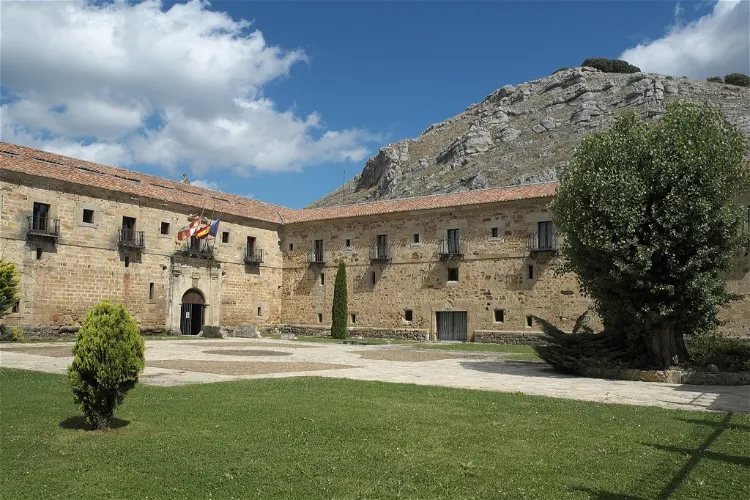
Monastery of Santa María la Real
Aguilar de CampooThe Monastery of Santa María la Real is located in Aguilar de Campoo, a municipality in the province of Palencia, within the Spanish Autonomous Community of Castile and León. This former Premonstratensian monastery was constructed at the end of the 12th and beginning of the 13th century, a period marking the transition from Romanesque to Gothic architecture.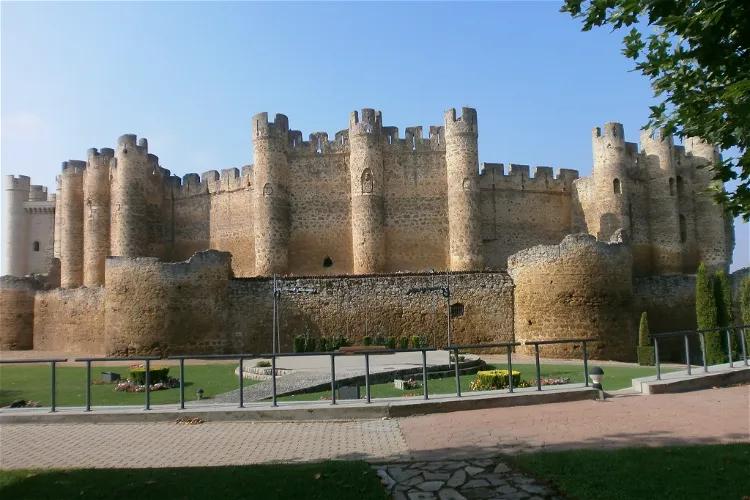
Museo del Castillo de Valencia de Don Juan
Valencia de Don JuanThe Castillo de Valencia de Don Juan is a historical building located in the town of Valencia de Don Juan, Spain. This town was previously known as Valencia de Campos and Coyanza. The castle is a significant example of Gothic-military architecture on the Iberian Peninsula.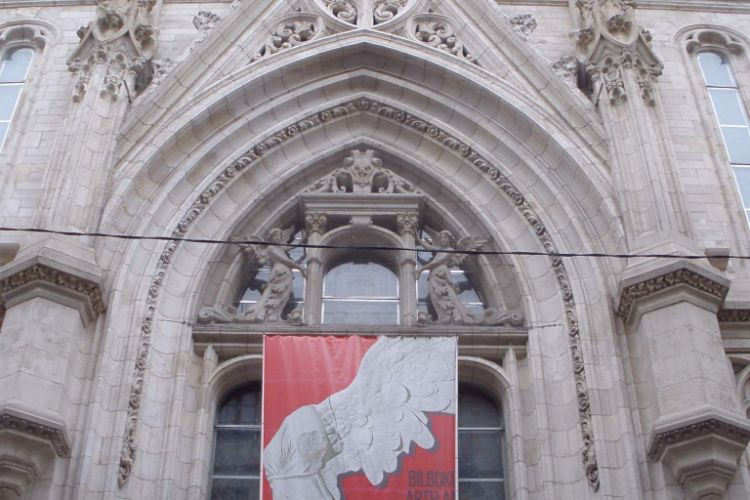
Reproductions Museum Bilbao
BilbaoThe Reproductions Museum Bilbao (Museo de Reproducciones de Bilbao) is one of the oldest museums in Bilbao and aims to reproduce classic works of art. It includes works reproduced from museums such as the Louvre, the Berlin Museum, the Vatican Museums or the British Museum. Examples of art works dis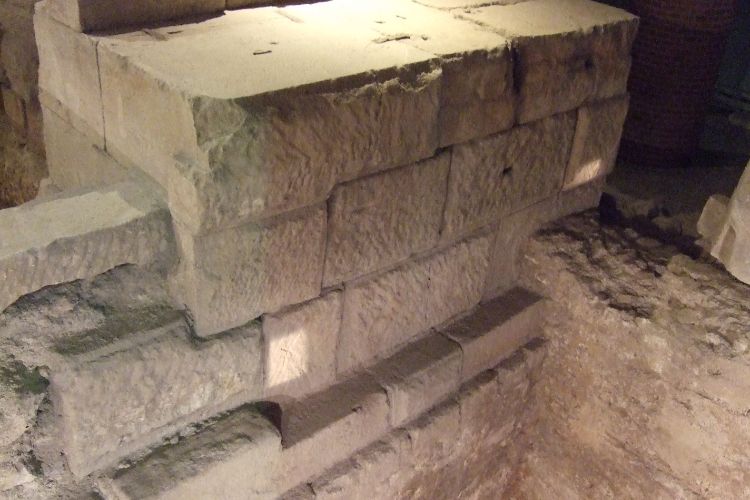
Museo Del Puerto Fluvial De Caesaraugusta
ZaragozaEl Museo Del Puerto Fluvial De Caesaraugusta (The Museum of the Fluvial Port of Cesaraugusta) is a space that shows the old port of the Roman city of Cesaraugusta, the current Zaragoza. In the museum, visitors can see some archaeological remains of the old facilities and learn about the commercial a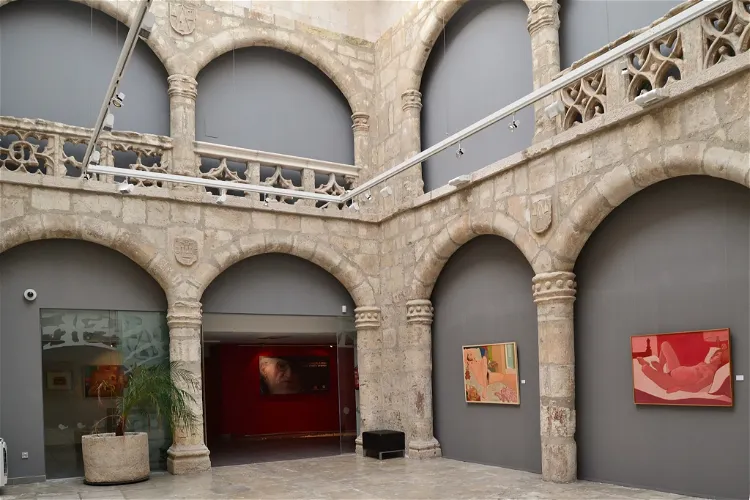
Museo Anatómico
ValladolidThe Museo de la Universidad de Valladolid (MUVa) is a museum located in Valladolid, in the autonomous community of Castilla y León, Spain. It is managed by the University of Valladolid and houses various collections of historical, artistic, and scientific value. The museum's official address is in the Palacio de Santa Cruz, the first Renaissance building constructed in Spain.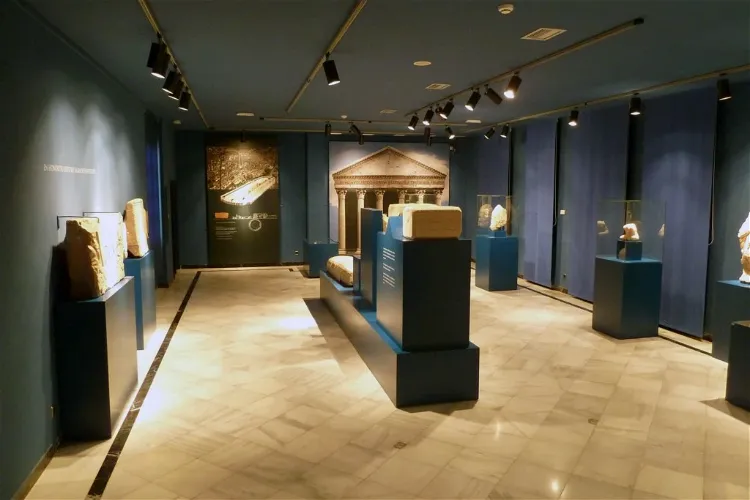
Museum of Romanization
CalahorraThe Museum of Romanization is a significant cultural institution located in Calahorra, Spain. It is housed in a building popularly known as the Millionaire's House, adding a unique charm to the museum's setting. The museum provides an opportunity to delve into the rich Roman history of the region, making it an interesting destination for history enthusiasts and curious tourists alike.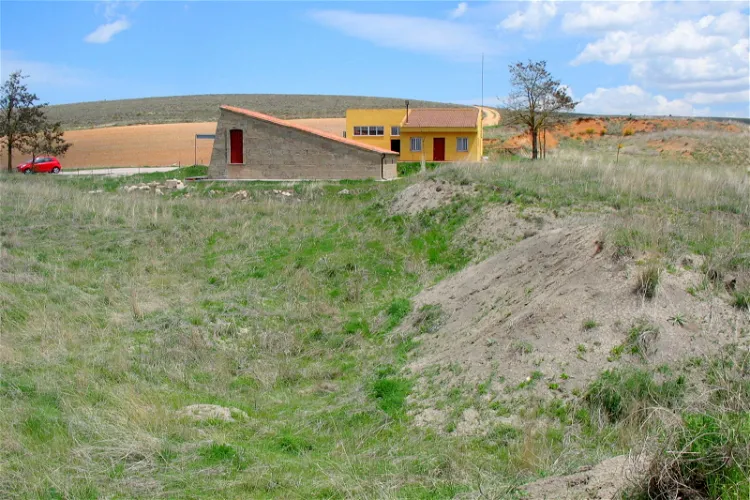
Torralba and Ambrona (archaeological site)
Miño de MedinaceliThe excavations at Torralba and Ambrona have revealed a rich collection of animal bones and prehistoric tools. The remains of about 50 elephants, deer, rhinoceros, wild horses, and other animals have been discovered. In addition to these, archaeologists have found a variety of stone tools made from flint and quartzite. Interestingly, fragments of conically pointed wooden rods have also been unearthed, some of which show signs of having been used as thrusting or throwing weapons.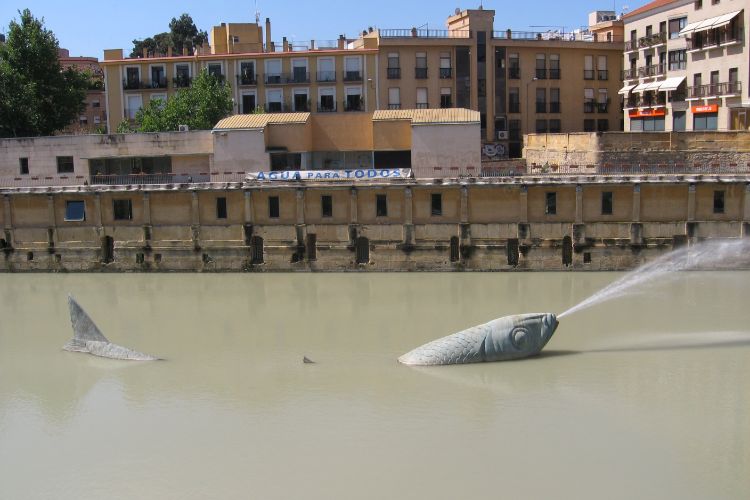
Espacios Molinos del Rio Caballeriza - Museo Hidraúlico
MurciaEspacios Molinos del Rio Caballeriza - Museo Hidraúlico (also The Hydraulic Museum of the Molinos del Río Segura) is located in the city of Murcia. The historic building of the mills, from the 18th century, underwent a renovation to be adapted into a museum by Juan Navarro Baldeweg. It shows the fac